|
六頂思考帽
(文末附英文版) Key Points/要點 De Bono's Six Thinking Hats is a powerful technique for looking at decision making from different points of view. It allows emotion and skepticism to be brought into what might normally be a purely rational process, and it opens up the opportunity for creativity within decision making. Decisions made using the Six Thinking Hats technique can be sounder and more resilient than would otherwise be the case. It can also help you to avoid possible pitfalls before you have committed to a decision. De Bono 的六頂思考帽是從不同視角考慮決策的一個強大方法。 通過這一方法,可以將情緒和質疑帶入通常可能純粹只有理性的流程,而且,在決策制定過程中還為創造性提供了機會。 通過六頂思考帽方法做出的決策,會更合理,更強韌。它還可以幫助你在最終確定某決策之前,避免可能存在的陷阱。 Looking at a Decision From All Points of View 全方位考慮決策 What is your instinctive approach to decision making? If you're naturally optimistic, then chances are you don't always consider potential downsides. Similarly, if you're very cautious or have a risk-averse outlook, you might not focus on opportunities that could open up. 你本能上是如何制定決策的?如果你天生樂觀,那麼很可能你不會總是考慮負面情形。同理,如果你極其謹慎或厭惡風險,你可能不會去重點關注其中蘊含的機遇。 Often, the best decisions come from changing the way that you think about problems, and examining them from different viewpoints. "Six Thinking Hats" can help you to look at problems from different perspectives, but one at a time, to avoid confusion from too many angles crowding your thinking. 通常,最好的決策來自於改變你思考問題的方式,並從不同角度來審視這些問題。 「六頂思考帽「有助於你從不同角度看待問題,但每次一個角度,以避免太多角度造成你大腦擁擠混亂。 Six Thinking Hats was created by Edward de Bono, and published in his 1985 book of the same name. You can now find it in a new edition. In this article, we explore how to use the Six Thinking Hats technique, and show an example of how it can work. 六頂思考帽由 Edward de Bono 提出,在1985年出版的同名書籍中發布。現在該書已經有新版本。 本文中,我們將探討如何使用這一方法,並附案例講解。 How to Use the Six Thinking Hats Model 如何使用「六頂思考帽」模型 You can use Six Thinking Hats in meetings or on your own. In meetings, it has the benefit of preventing any confrontation that may happen when people with different thinking styles discuss a problem, because every perspective is valid. 可以在會議中應用,也可以自己制定決策時使用。在會議中時,可以避免不同思考風格之人在探討問題時可能產生的衝突,因為這六種角度都是合理成立的。 Each "Thinking Hat" is a different style of thinking. These are explained below: 每一頂「思考帽」都是一種不同的思維方式,詳述如下: White Hat: with this thinking hat, you focus on the available data. Look at the information that you have, analyze past trends, and see what you can learn from it. Look for gaps in your knowledge, and try to either fill them or take account of them. 白帽:聚焦既有數據。查看你擁有的信息、分析過去的趨勢,然後看能從中得到什麼。尋找個人知識和所知信息中的缺口,並儘量填充或關注這些缺口。 Red Hat: "wearing" the Red Hat, you look at problems using your intuition, gut reaction, and emotion. Also, think how others could react emotionally. Try to understand the responses of people who do not fully know your reasoning. 紅帽:用直覺、本能反應和情緒看待問題。同時也思考其他人在情緒上會有何反應。試著去理解那些並不完全了解你思路的人的反應。 Black Hat: using Black Hat thinking, look at a decision's potentially negative outcomes. Look at it cautiously and defensively. Try to see why it might not work. This is important because it highlights the weak points in a plan. It allows you to eliminate them, alter them, or prepare contingency plans to counter them. Black Hat thinking helps to make your plans "tougher" and more resilient. It can also help you to spot fatal flaws and risks before you embark on a course of action. It's one of the real benefits of this model, as many successful people get so used to thinking positively that they often cannot see problems in advance. This leaves them under-prepared for difficulties. 黑帽:聚焦潛在的負面結果。以謹慎、防禦的態度看待問題,試著去思考為什麼它可能不會成功。這很重要,因為它強調了一個方案中的弱點。這樣就可以讓你去消除或改變這些弱點,或是準備相應的應急方案。 黑帽思維有助於讓你的方案更「硬質」、更強韌。還可以讓你在開始執行之前找到致命缺陷和風險。這也是黑帽思維所帶來的切實益處之一,因為很多成功人士太習慣於積極思維,以至於他們通常無法提前看到問題,從而導致對困難準備不周。 Yellow Hat: this hat helps you to think positively. It is the optimistic viewpoint that helps you to see all the benefits of the decision and the value in it. Yellow Hat thinking helps you to keep going when everything looks gloomy and difficult. 黃帽:積極思維。樂觀視角,幫助你去看到某決策的所有潛在益處以及所蘊含的價值。當一切看起來低沉困難時,黃帽思維有助於讓你繼續前行。 Green Hat: the Green Hat represents creativity. This is where you develop creative solutions to a problem. It is a freewheeling way of thinking, in which there is little criticism of ideas. (You can explore a range of creativity tools to help you.) 綠帽:綠帽(咳咳,讓你笑了嗎?!憋回去!),代表創造性。在這種思維下,你需要為某一問題想出富有創造性的解決方案。這時候你可以天馬行空地思考,對任何想法幾乎都無需批評(可以嘗試使用多種創意工具)。 Blue Hat: this hat represents process control. It's the hat worn by people chairing meetings, for example. When facing difficulties because ideas are running dry, they may direct activity into Green Hat thinking. When contingency plans are needed, they will ask for Black Hat thinking. 藍帽:這代表流程控制。它是由會議主持人等佩戴的。當創意枯竭,遇到困難時,他們可能會啟動綠帽思維。當需要制定應急方案時,他們可能就會要求啟動黑帽思維。 A variant of this technique is to look at problems from the point of view of different professionals (for example, doctors, architects or sales directors) or different customers. 另一種類似的方法是從不同職業視角(例如:醫生、建築師或銷售總監等)或不同客戶視角去看待問題。 An Example of Six Hat Thinking 具體應用實例 The directors of a property company are considering whether they should build a new office block. The economy is doing well, and the vacant office spaces in their city are being snapped up. As part of their decision-making process, they adopt the Six Thinking Hats technique. 一家房地產公司董事們在考慮要不要新建一片辦公樓樓盤。經濟形勢很好,所在城市裡空置辦公空間很快就會被搶購。在決策制定過程中,他們也採用了六頂思考帽方法。 Wearing the White Hat, they analyze the data that they have. They can see that the amount of available office space in their city is dwindling, and they calculate that, by the time a new office block would be completed, existing space will be in extremely short supply. They also note that the economic outlook is good, and steady growth is predicted to continue. 白帽思維下,他們開始分析當前擁有的數據信息。他們發現在他們所在城市,辦公空間存量正逐漸減少,而且他們計算,當新辦公樓盤竣工時,市場會面臨辦公空間極度緊缺局面。他們還注意到經濟前景很好,而且可以預測還會繼續穩定增長。 Thinking with a Red Hat, some of the directors say that the proposed building looks ugly and gloomy. They worry that people would find it an oppressive or uninspiring place to work. 紅帽思維下,一些董事說樓盤提案看起來很醜很陰沉,他們擔心人們會覺得作為工作場所這些建築很壓抑、沉悶。 When they think with the Black Hat, they wonder whether the economic forecast could be wrong. The economy may be about to experience a downturn, in which case the building could sit empty or only partially occupied for a long time. If the building is unattractive, then companies will choose to work in other, more attractive premises. 黑帽思維下,他們懷疑經濟預測會不會有誤。經濟可能將會下行,那麼到時他們的樓盤就會空置或僅部分入駐。如果辦公樓無吸引力,那麼企業可能就會選擇其他更有吸引力的場所。 Wearing the positive Yellow Hat, however, the directors know that, if the economy holds up and their projections are correct, the company stands to make a healthy profit. If they are lucky, maybe they could sell the building before the next downturn, or rent to tenants on long-term leases that will last through any recession. 黃帽思維下,董事們知道,如果經濟態勢保持,他們的預測正確,那麼公司就會利潤可觀。如果他們幸運的話,可能會在下次經濟下行拐點之前將樓盤全部賣掉,或以長期租賃的方式,挺過經濟蕭條期。 With Green Hat thinking, they consider whether they should redesign the building to make it more appealing. Perhaps they could build prestige offices that people would want to rent in any economic climate. Alternatively, maybe they should invest the money in the short term, then buy up property at a lower cost when the next downturn happens. 綠帽思維下,他們考慮是否要重新設計辦公樓,讓它們更具吸引力。可以建無論任何經濟環境人們都想租的高品質辦公樓。也或者,可以把這筆資金用於短期投資,之後在下次經濟下行期間,以較低成本購入房產。 The chairman of the meeting wears the Blue Hat to keep the discussion moving and ideas flowing, encouraging the other directors to switch their thinking between the different perspectives. 會議主持人「佩戴藍帽」,保證討論有序開展、創意不斷湧出,並鼓勵其他董事們在不同視角之間切換他們的思維方式。 Having examined their options from numerous viewpoints, the directors have a much more detailed picture of possible outcomes, and can make their decision accordingly. 在從多個視角考慮了他們的選擇後,董事們對潛在結果有了更詳細的了解,然後就可以相應作出適當決策。 團隊共創法 (Consensus Workshop Method) 團隊共創法的由來 團隊共創法是參與的科技(Technology of Participation, ToPTM)方法之一。創始於文化事業學會(Institute of Cultural Affairs, ICA)於1960年到1970年之間,在研究過程中融合腦力激盪、德爾發技術,加上全形(Gestalting)的概念,所創新出來的團隊方法。得到的結果非常令人印象深刻,後來相關引導方法的訓練課程也被發展出來,目前該方法已傳播到全世界三十餘國。 團隊共創法的效益 團隊共創法可以在簡單的主題上運用,也可以在複雜的主題上運用。簡單的例如某專案團隊需要腦力激盪思考下周必須完成的任務有哪些,複雜的可用於公司改造的策略規劃流程中。它是有效形成團隊共識的方法,團隊可透過此方法對任何主題達成某個程度的共識,並在最後呈現出來。 有效邀請參與的架構 藉由將主題敘述為明確的焦點問題,透過個人的腦力激盪、小組分享、組合意見、最後全體參與共同討論等方式,一步一步將不同的意見匯聚成為共識。流程的設計讓團體不但有機會做多元的思考,並且能藉由討論篩選出有價值的想法。每一步驟的焦點清楚,讓參與者能夠集中精神參與,相較於傳統的大團體討論方式,相對上所需時間縮短很多。 團隊共創法之進行方式 主要有五大步驟 1. 內容介紹: 介紹團體所需知道的,關於本次共創會之內容,以準備好開始 2. 腦力激盪: 個人的腦力激盪以及小組分享,以篩選出有價值之想法 3. 組織群組: 各小組將想法呈現在眾人面前,並依直覺將想法組織成群組 4. 命名群組: 藉由為群組命名的過程,探討各群組內卡片之間的關聯性,在對話過程產生共識 5. 決定群組意義: 詮釋形成的共識對於團體的意義,以及往後的運用 服務不是愈多愈好!設計思考5步驟,創造顧客「最有感」的服務
呂昕樺整理‧撰文 國際連鎖咖啡星巴克(Starbucks)1971年在西雅圖開設第一間店鋪,創辦人只是一位咖啡豆經銷商,從來沒有想過在40幾年後的今天,成為《財富》雜誌評選出的500大企業。 從星巴克創始以來,最令人印象深刻的就是每位員工對顧客賓至如歸地款待,透過放鬆舒適的用餐環境、客製化的飲料選擇,和顧客建立起如朋友般的情誼,只要你進到星巴克用餐的人,都能感受到回家的溫暖。 但現在時代不一樣了!所有公司都不斷提升自己的服務品質,想要脫穎而出,並不是比賽誰的服務最多、產品最周全,而是誰能真正貼近顧客的心裡,站在使用者角度,量身訂做專屬的服務體驗,才是真正的贏家。 聚焦使用者、換位思考,找出思考的盲點美國知名設計公司IDEO執行長提姆布朗(Tim Brown)首先提出這套「以人為本」的思考方式,他稱之為「設計思考」。 他整理了設計師的工作流程,發現他們幫助企業經營者發想創新的服務體驗時,有個共通的步驟,不僅能改善產品設計的盲點,還可以帶動客戶營業額成長。 究竟這些設計師是怎麼做到的?他們鼓勵設計師發揮同理心,在設計新的服務之前,你必須先清楚描繪顧客的輪廓,並且針對他們的需求找出解決方案,如此一來,你的服務才能解決顧客的痛點。 善用5個步驟,設計「以人為本」的服務流程美國史丹佛大學設計學院(Institute of Design at Stanford;The d.school)更詳細地分析設計思考步驟,分為以下5個:(如上圖) 1.發揮同理心,站在使用者角度思考(Empathize)在解決所有問題之前,你必須先了解你的TA(Target Audience)!也就是說,你可以藉由訪談、觀察或是參與的方式,確實記錄使用者的體驗或情緒感受,此外你可以拿出便利貼,將你實際聽到使用者說的話或是看見的情境立即寫下來,當作下個流程分析的原始資料。 不過,訪談時切記不要使用引導式問句,多問開放性的問題,再根據使用者的回答繼續往下追問,在每次回答後多問一個「為什麼」,才能幫助你找出使用者真實的感受。 2.清楚定義,確認關鍵問題點(Define)將蒐集到的資料進行分類之後,善用「動詞」找出這些回答和行為背後的需求(Need),也就是顧客的痛點。 比如說,一位女孩走進餐廳,對著客滿的座位區東張西望,他的需求是什麼?你可能會說:「他需要一張椅子」、「他需要一張桌子」,但這些答案都是名詞;你可以嘗試用動詞來代替,此時他的需求的可能就是「他需要坐下來」、「他需要找個地方休息」。 藉由動詞挖掘使用者需求,你就可以進一步思考幫助他「休息」的方法,不會被原本自己預設的解決方案(椅子、桌子)所侷限。 3.腦力激盪,快速發想解決方案(Ideate)這個階段就是團隊腦力激盪、發揮創意的時候了!你可以天馬行空、盡情丟出你想到的點子,先不管可行性,也別理會可否達到目標,重點在於根據直覺快速產出新點子,數量越多越好。 此外,所有人都有自由發言的權利,因為任何想法都值得被重視,千萬不能隨意批評別人的創意。 廣泛的拋出大量點子後,下一步才是收斂。你可以訂出「最特別」、「最喜歡」、「最可行」等篩選標準,由團隊成員進行投票,選出2~3個方案製作原型。 4.製作半成品,模擬新服務的流程(Prototype)在想出新的服務設計之後,你可以製作半成品,幫助你模擬新的服務流程,並且善用半成品進行「人體實驗」,不僅能快速地將想法付諸實踐,還可以立即針對使用者的回饋作修正,善用無數次的小失敗,就可以大大降低未來成本過高的失敗風險! 5.反覆測試,根據使用者回饋做修正(Test)當你做出原型之後,必須回歸使用者的需求,你可以直接拿著它請使用者試用,看看你們提出來的方案是否真的解決了使用者的問題,藉由他們的回饋找出與使用者之間的落差。 在測試回饋的階段,你會根據使用者的意見進行改良,就像是回到了第一個步驟,反覆循環下去,最終找出真正滿足使用者需求的方案。 擁抱失敗、持續修正,創造最符合使用者需求的服務體驗在了解設計思考流程之後,讓我們以星巴克的服務流程為例,嘗試運用這套方法找出值得改善的服務接觸點。 首先,將TA設定為男性上班族,你可以訪問正在店內用餐的顧客,也可以直接假扮成一位上班族,在早上八點走進店裡跟著其他顧客一起排隊、點餐,親自體驗整套服務流程,並記錄下你觀察到的事物和心情。 假設團隊一致認為TA的需求是「他想要縮短等待餐點的時間」,此時透過團隊集思廣益、快速創意發想,決定「增加星巴克APP線上點餐功能」,好讓服務人員提前準備餐點,減少顧客空等的時間。而為了要快速完成這項功能讓使用者進行測試,你可以拿出紙和筆,直接畫出新功能的使用介面讓使用者試用,並且協助使用者模擬操作的程序,再詢問他們的建議做後續修正和改良。 就是設計思考這種不怕失敗的精神,才能夠在不斷嘗試的過程中,解決使用者真正的問題,為企業經營者找出改善服務的利基點。 |

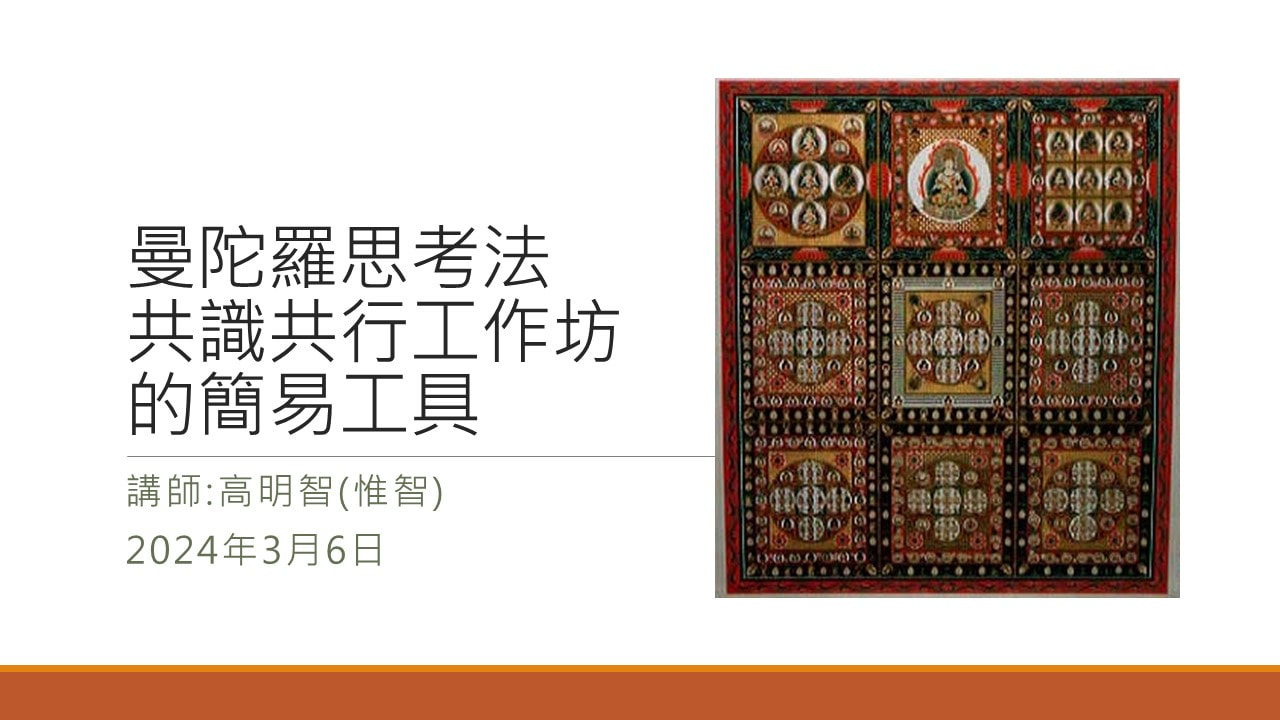

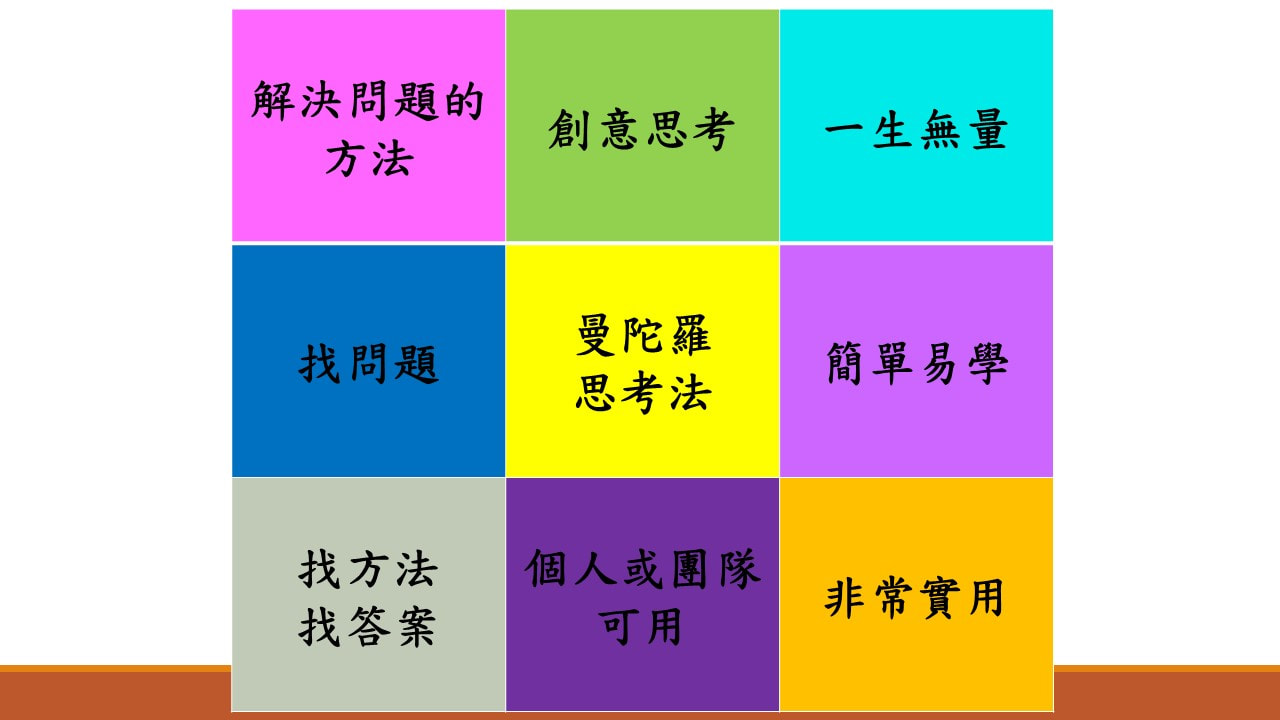
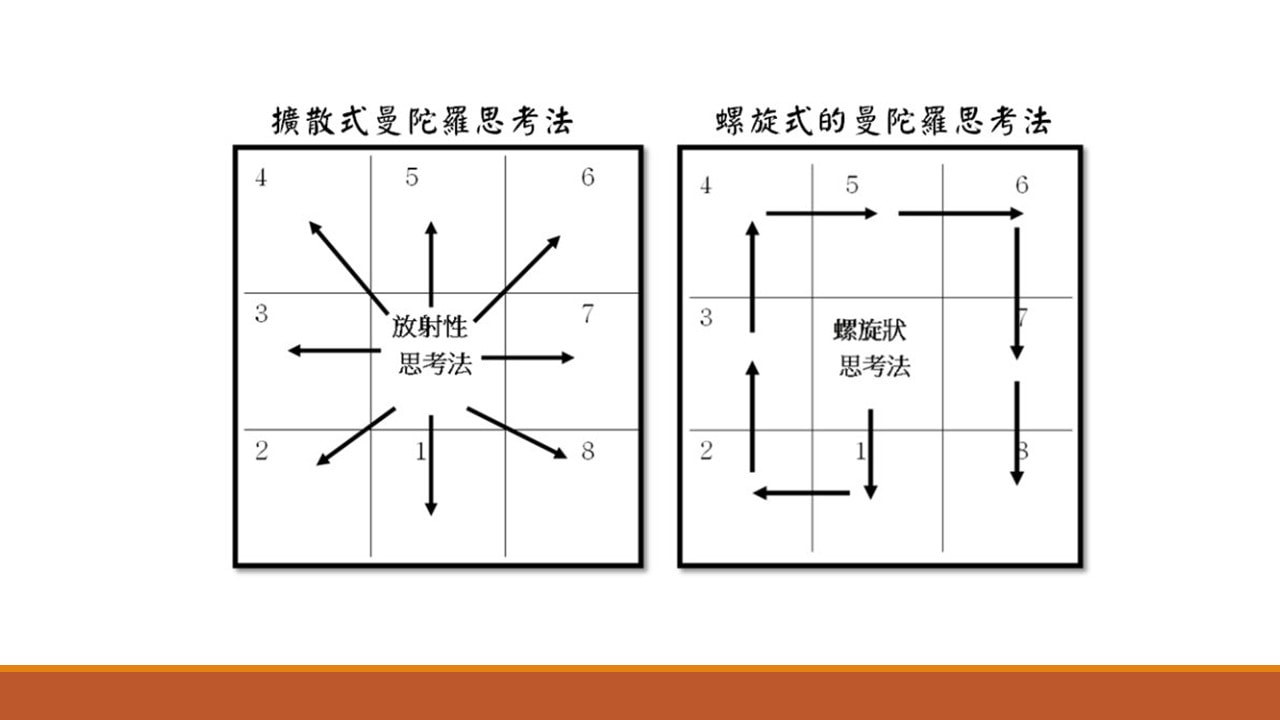
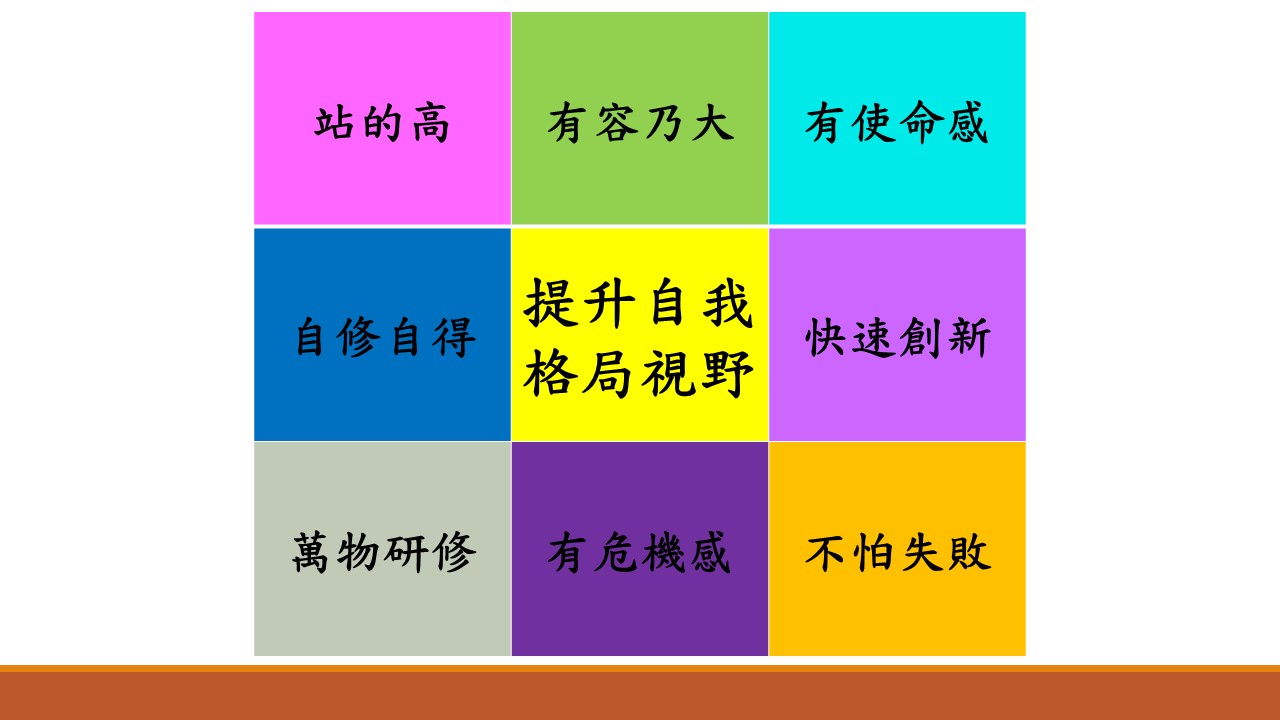
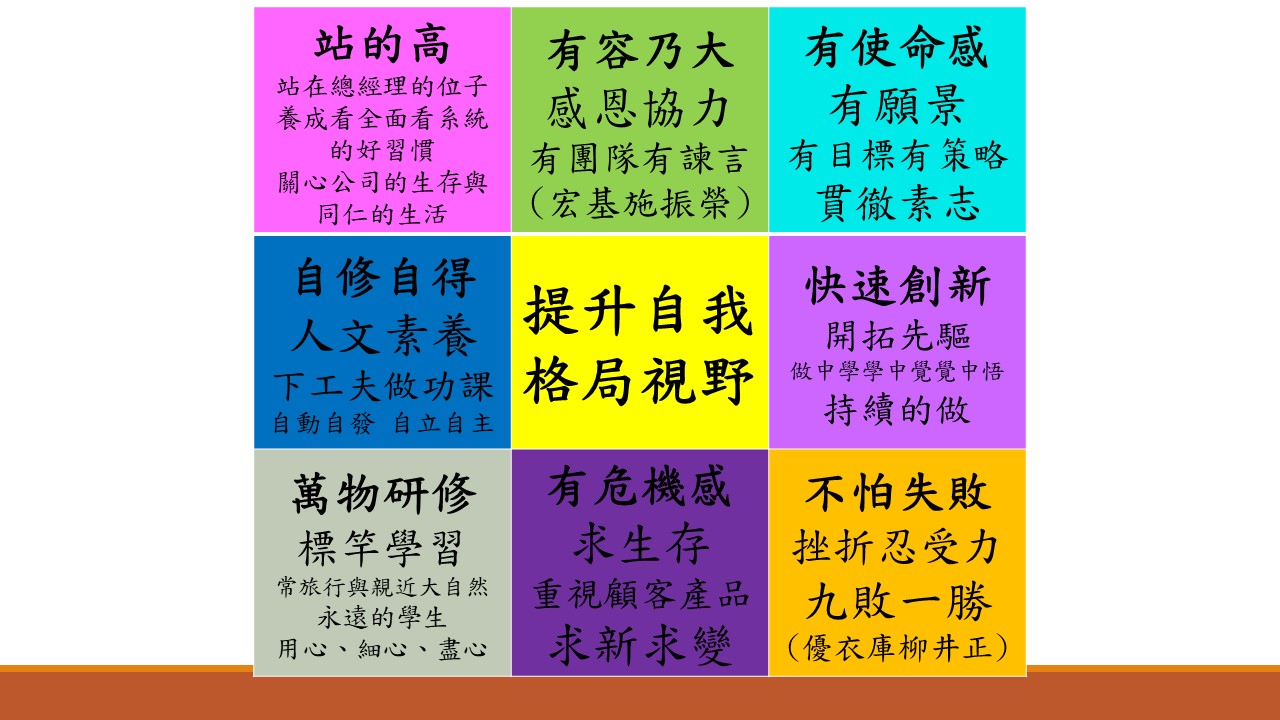
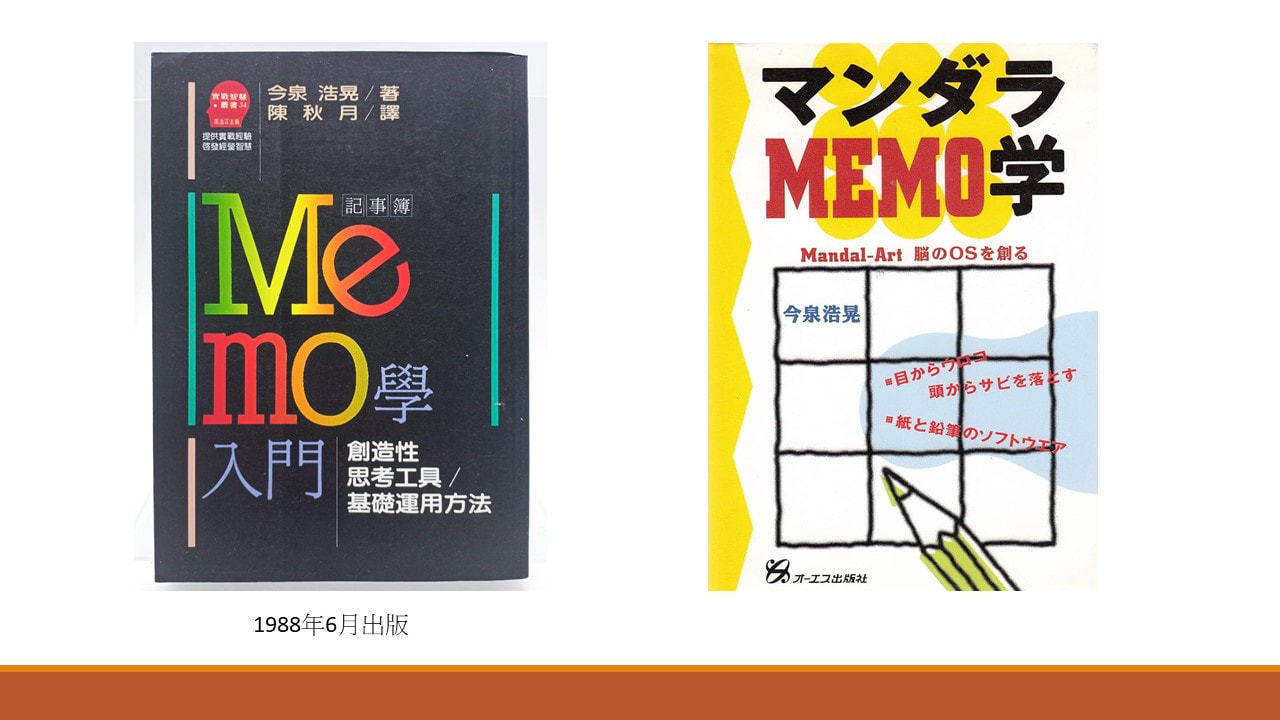
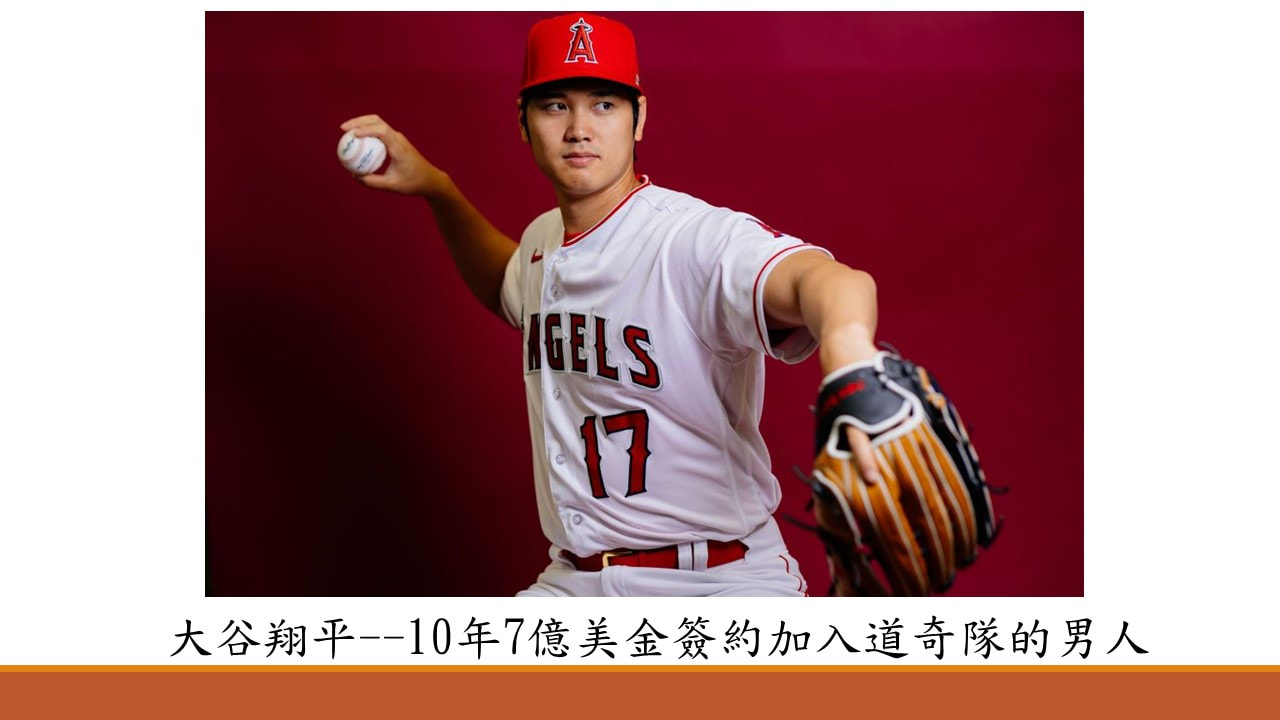
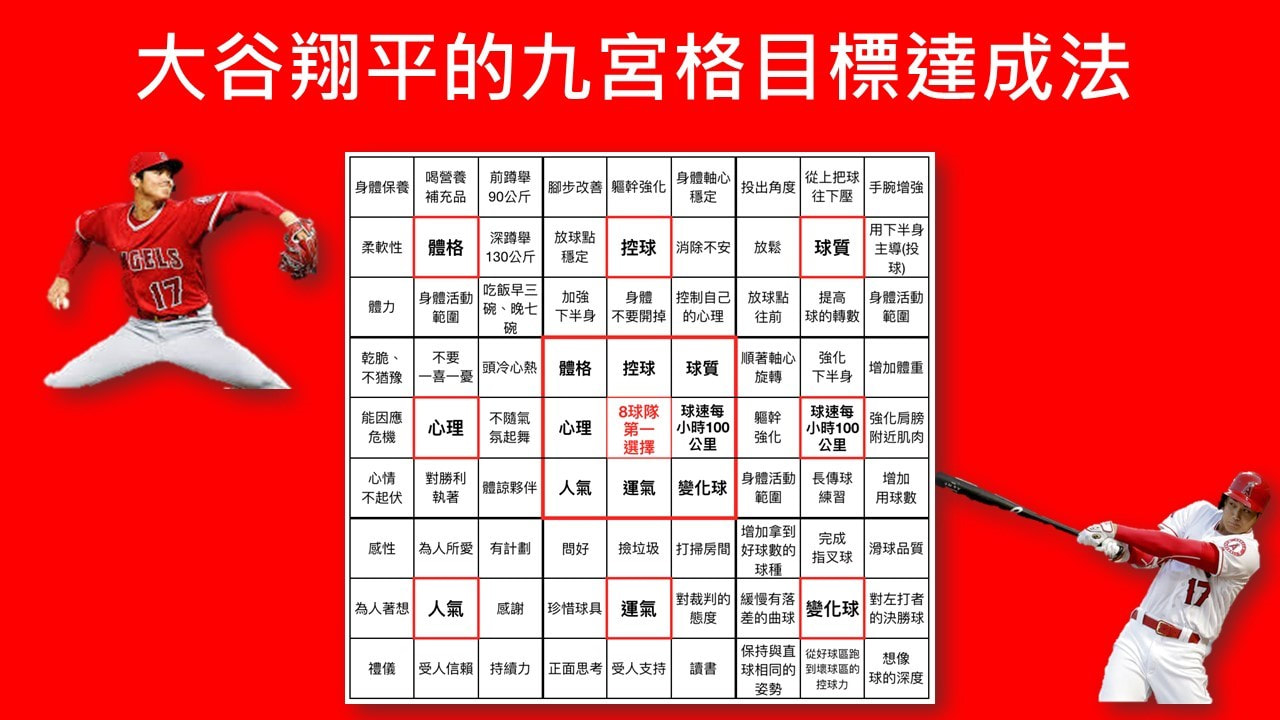
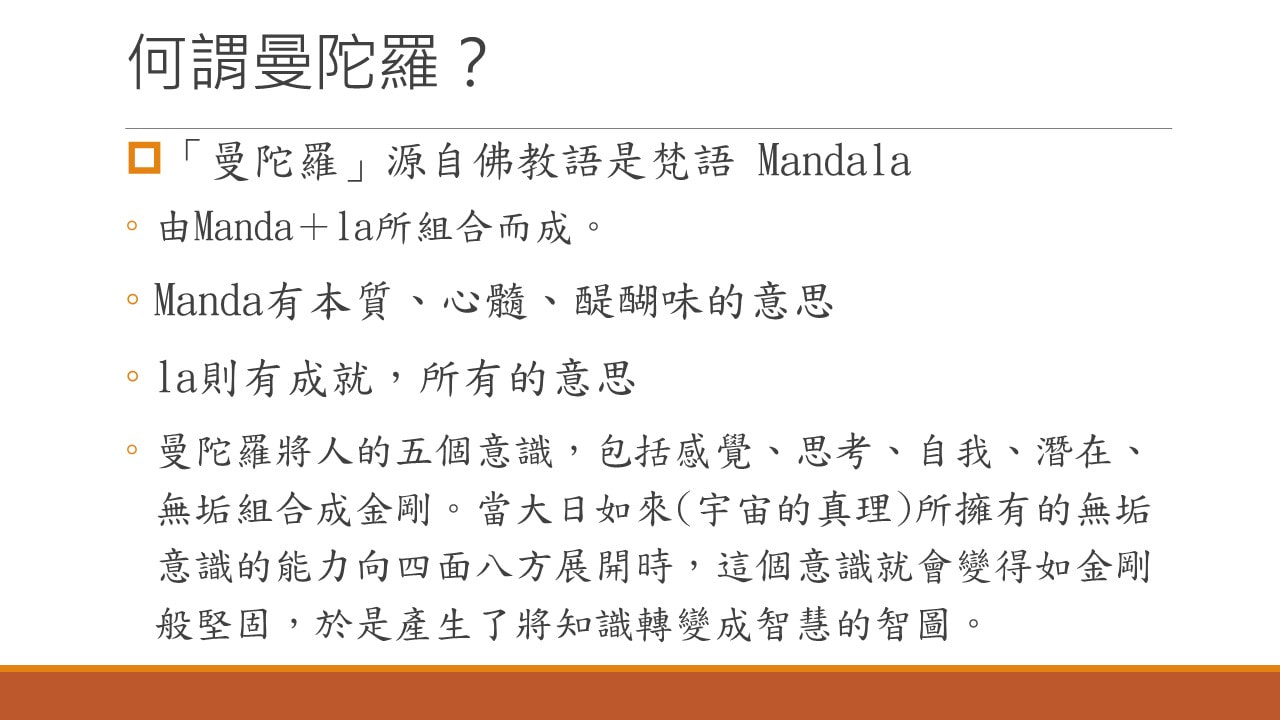
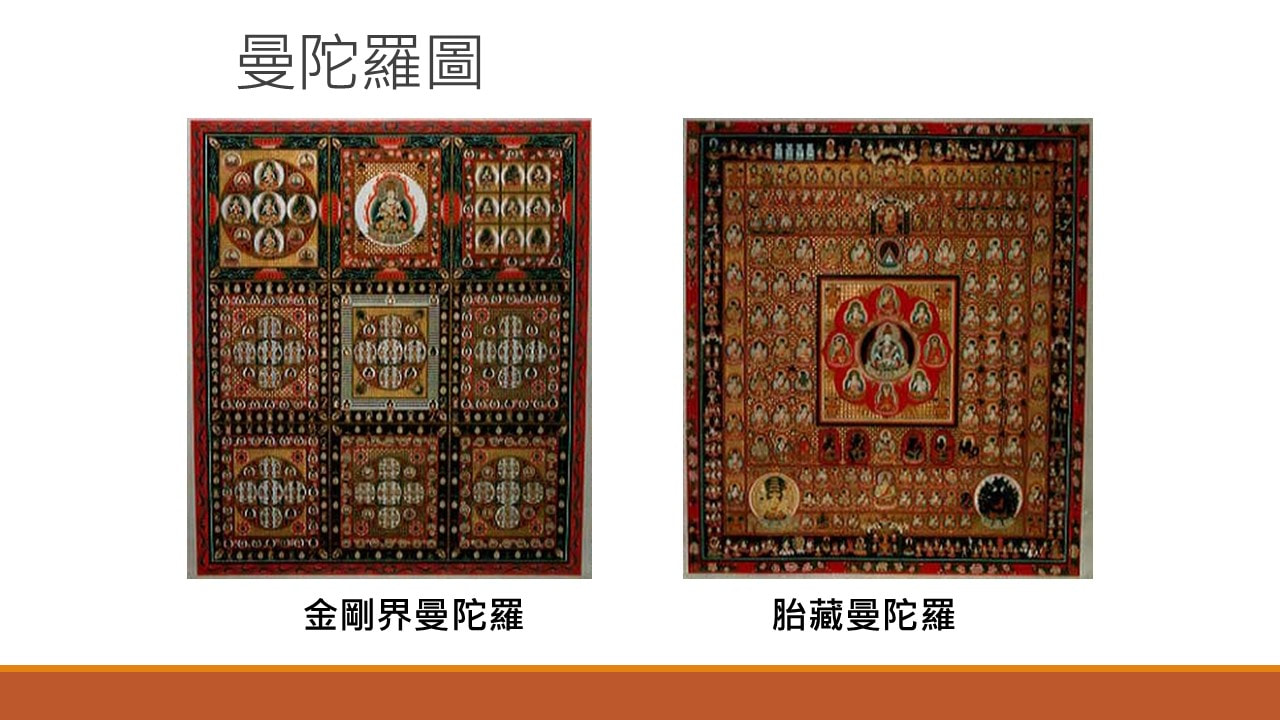
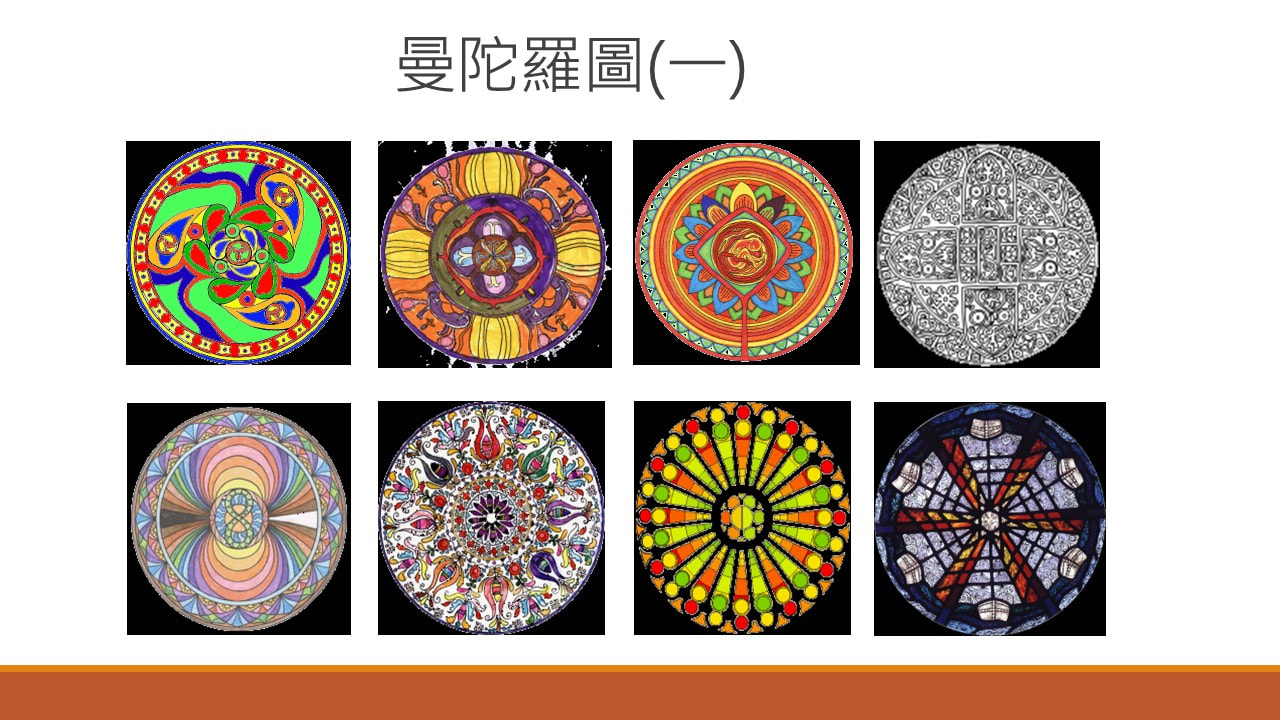
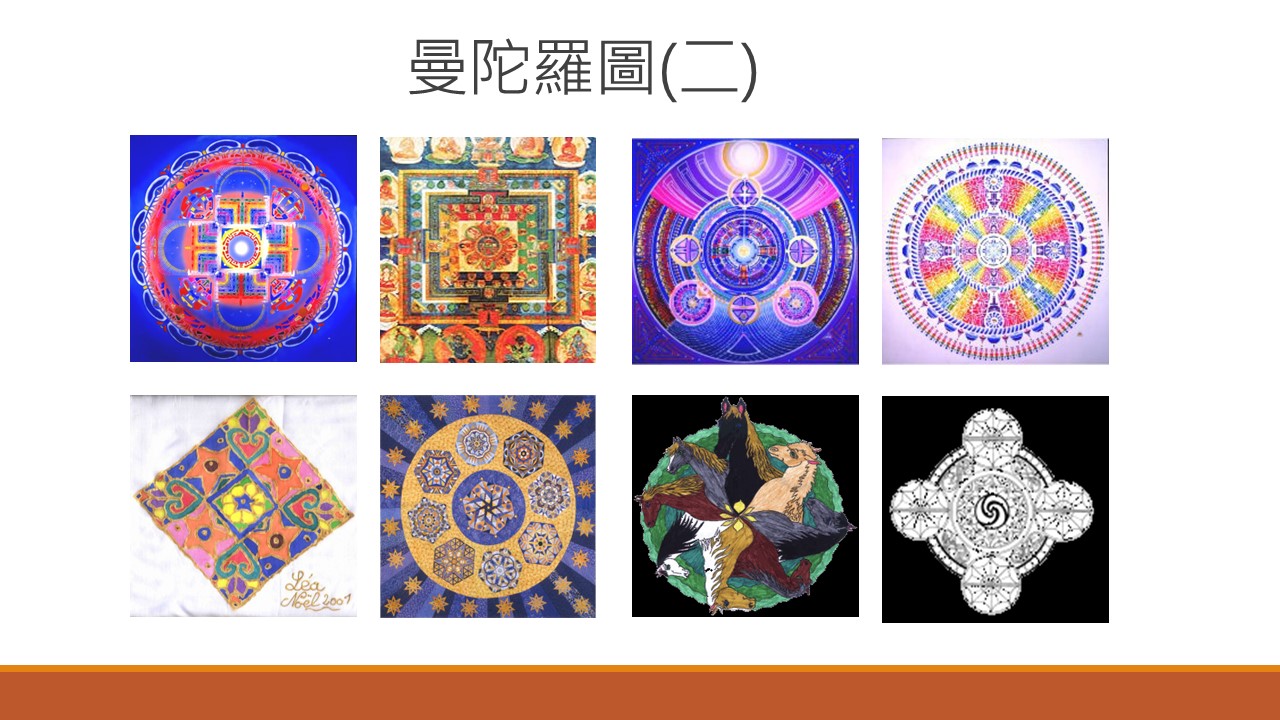
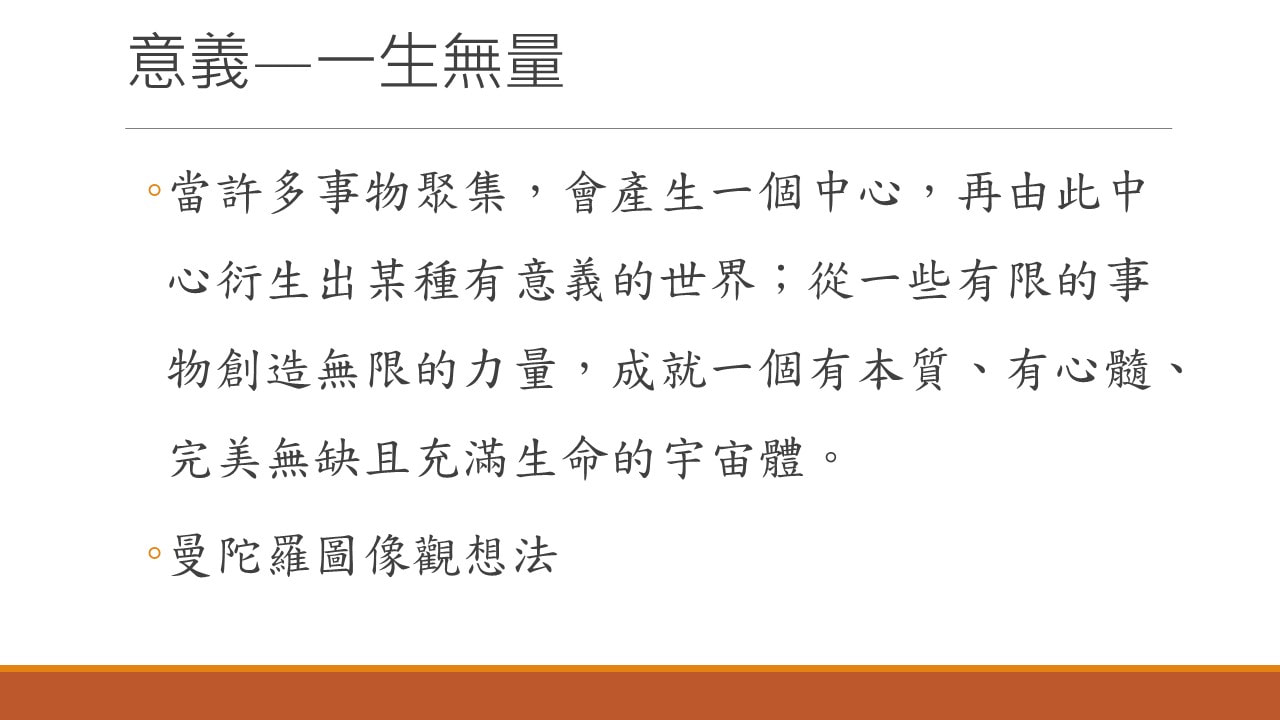
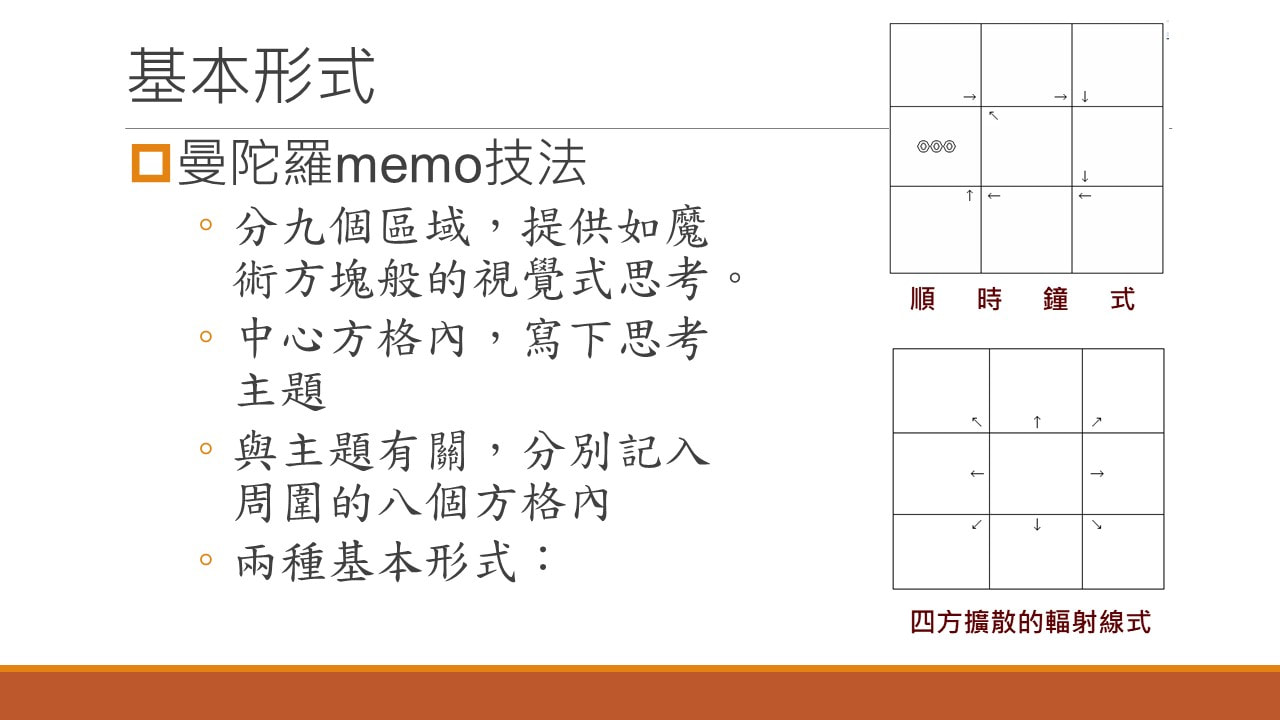
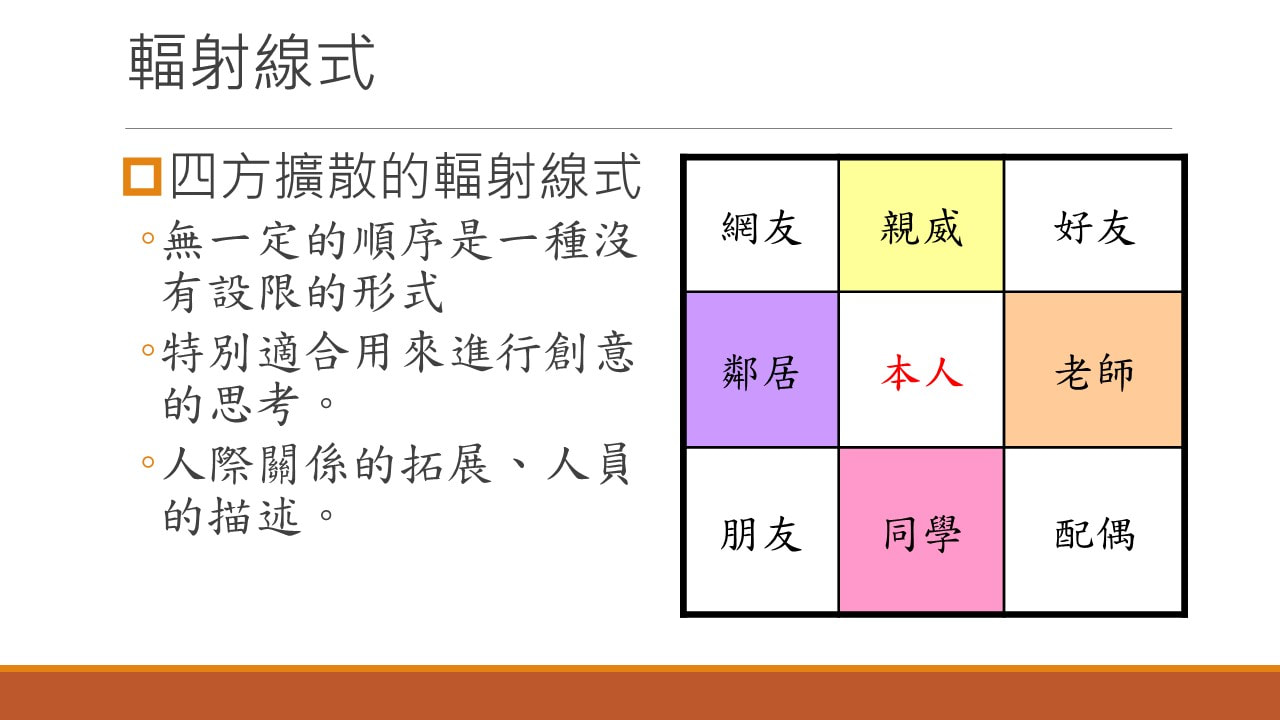
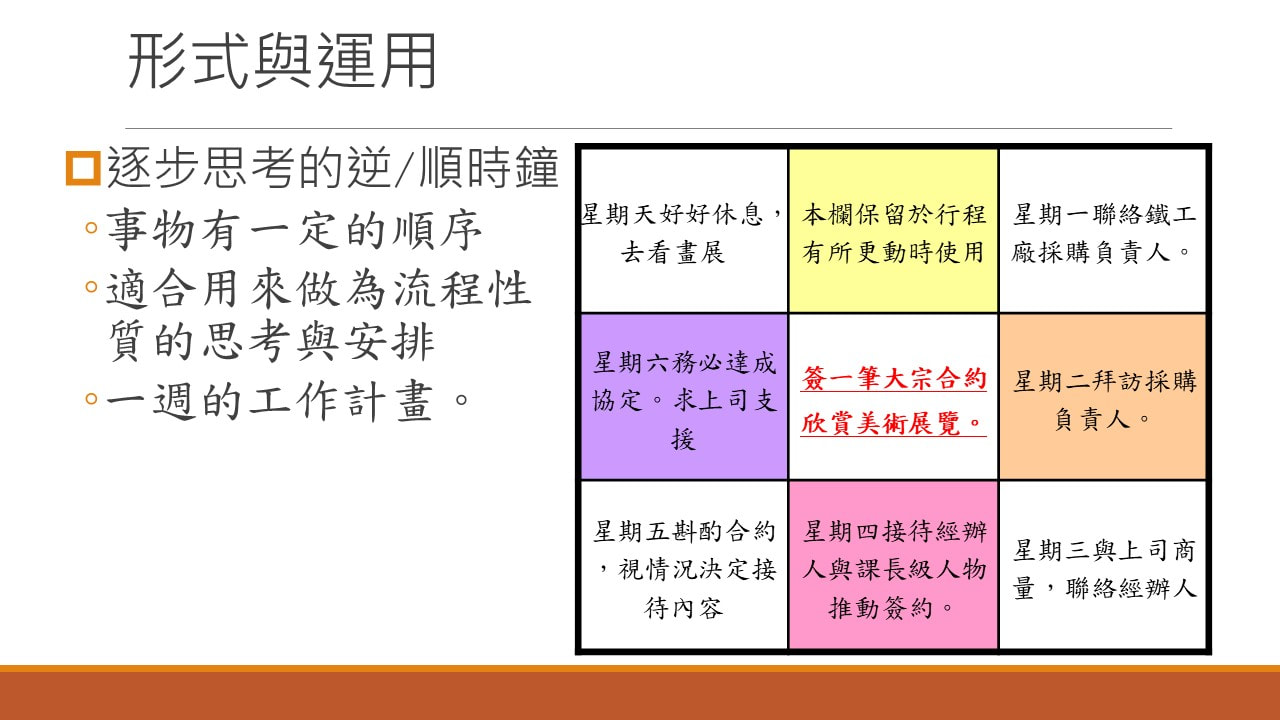
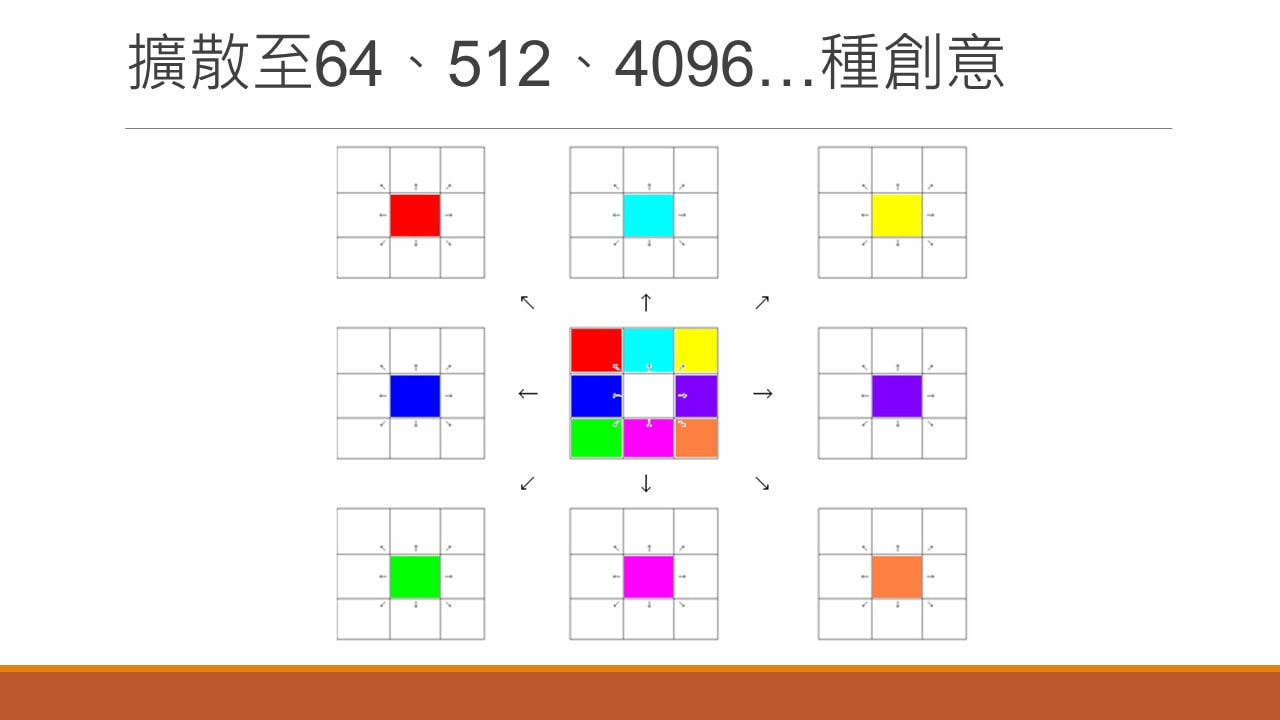
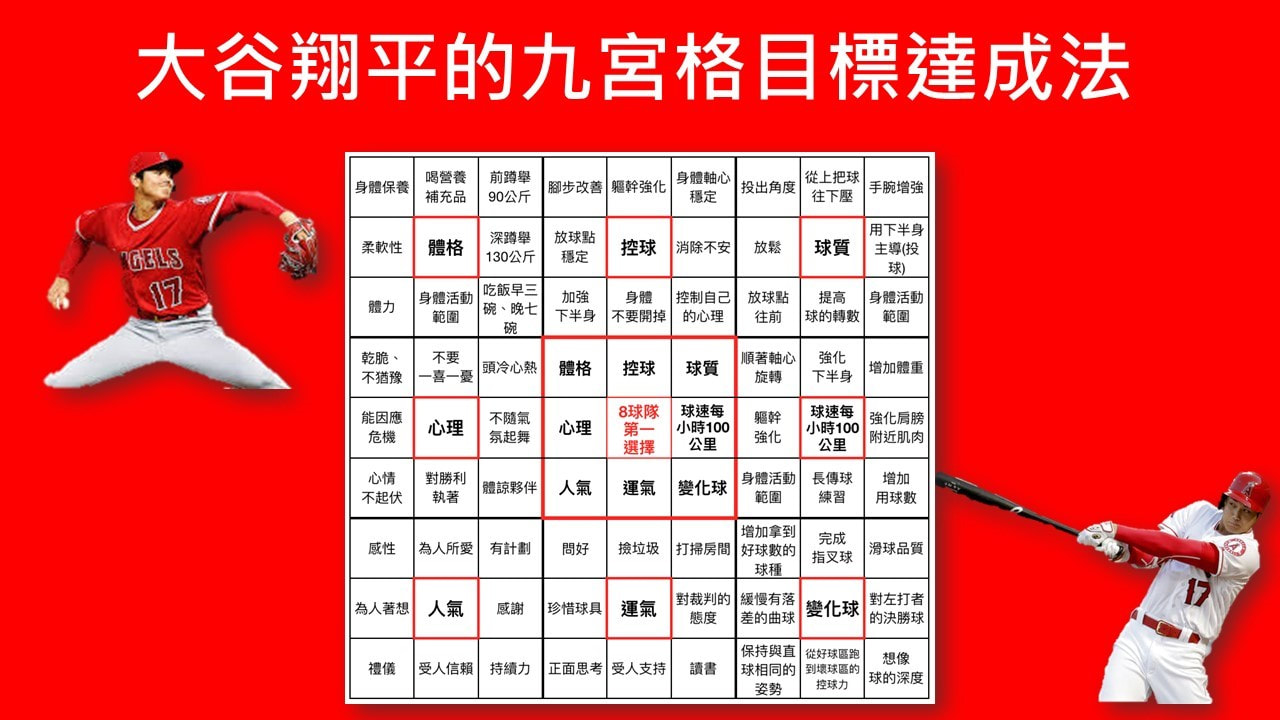
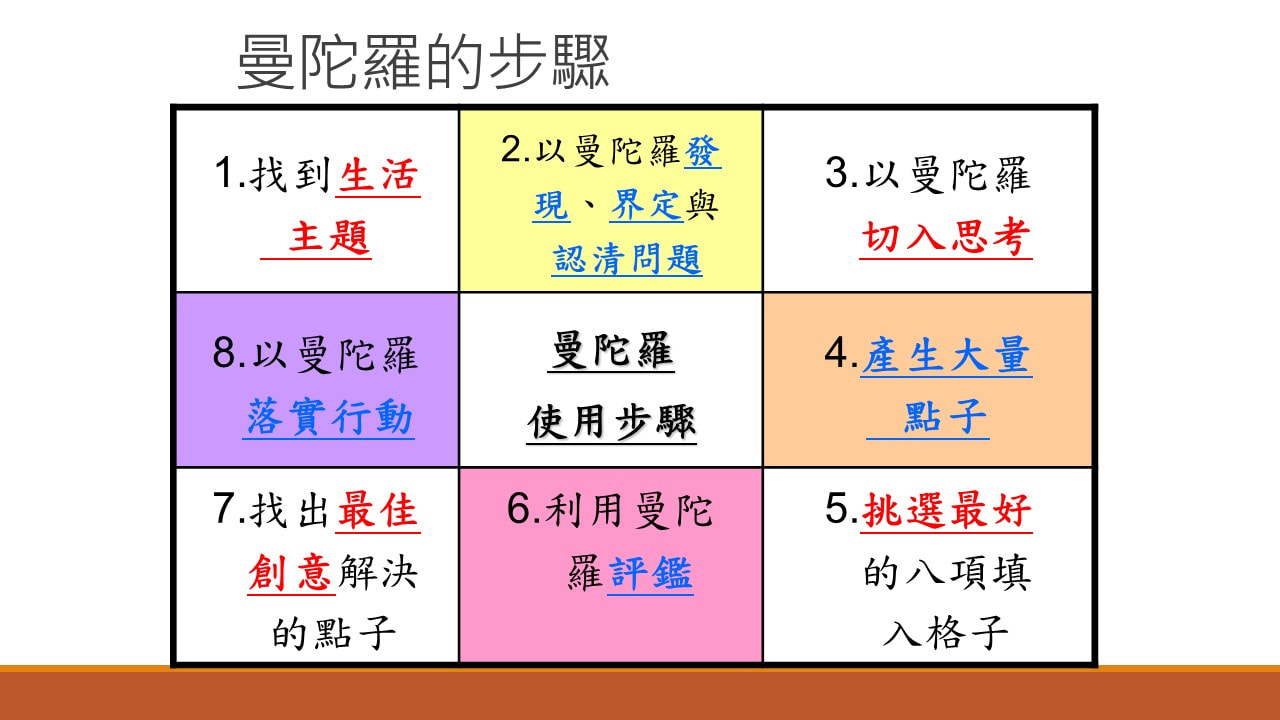
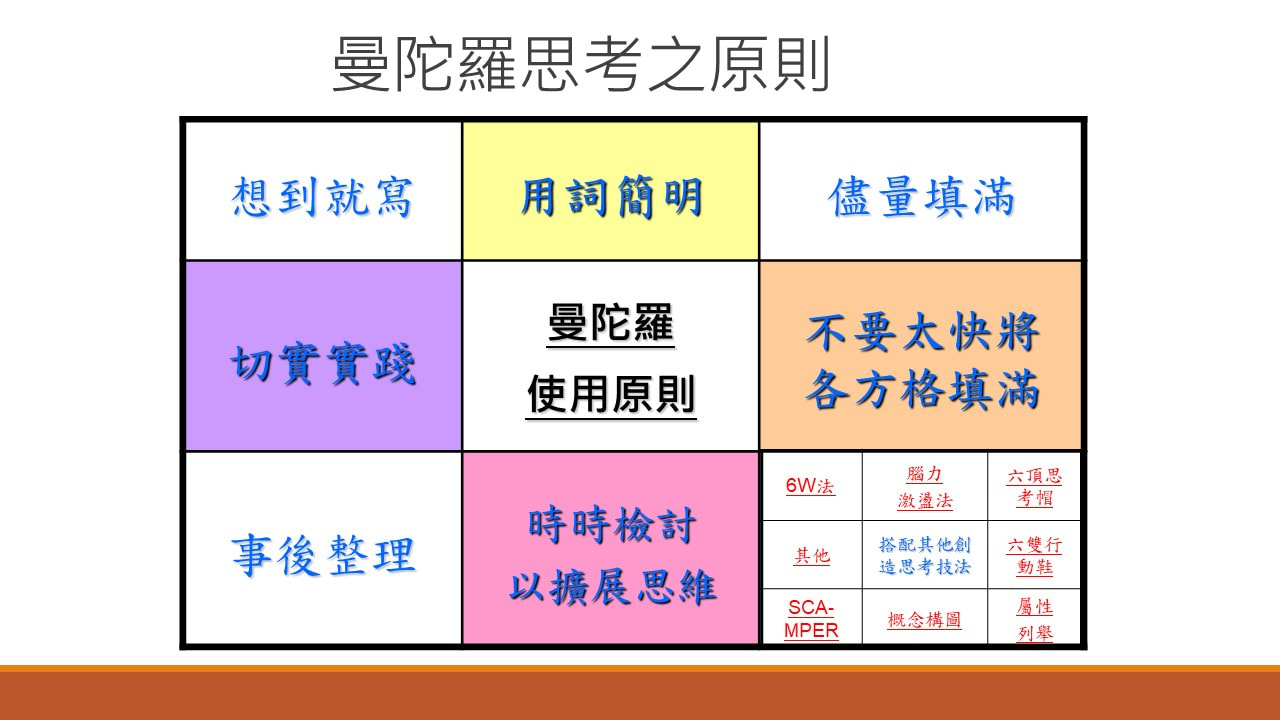
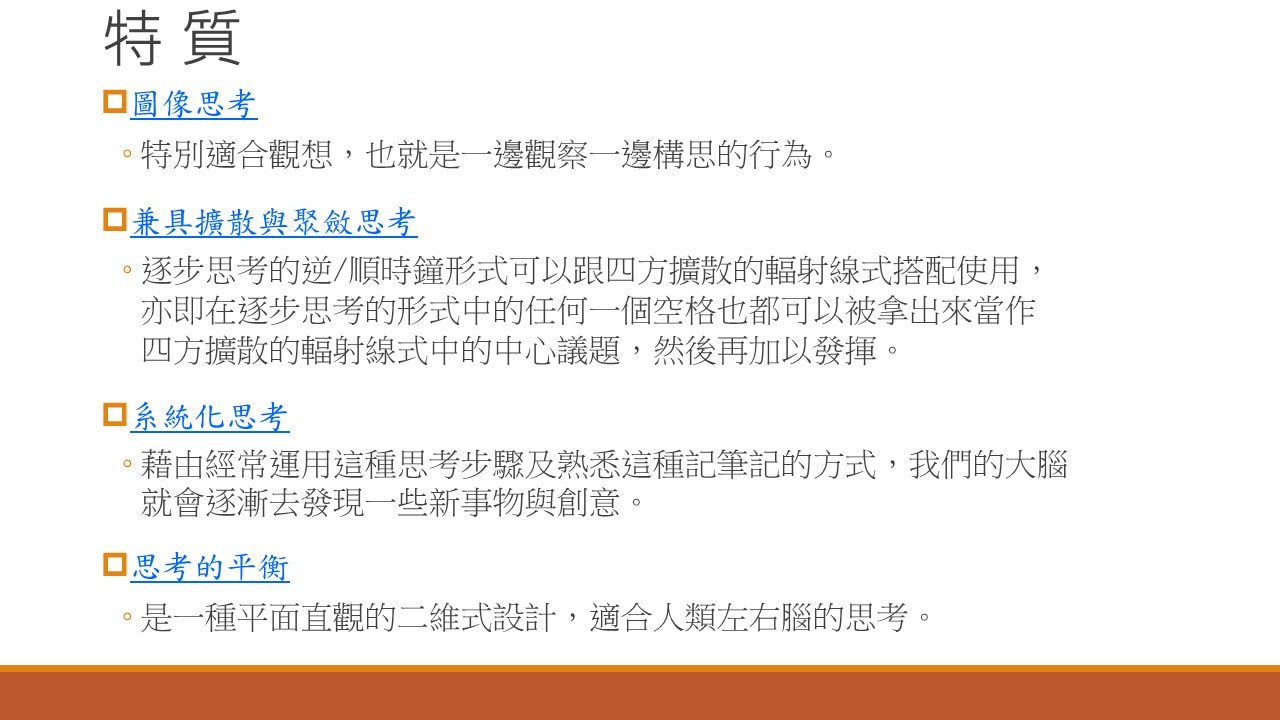
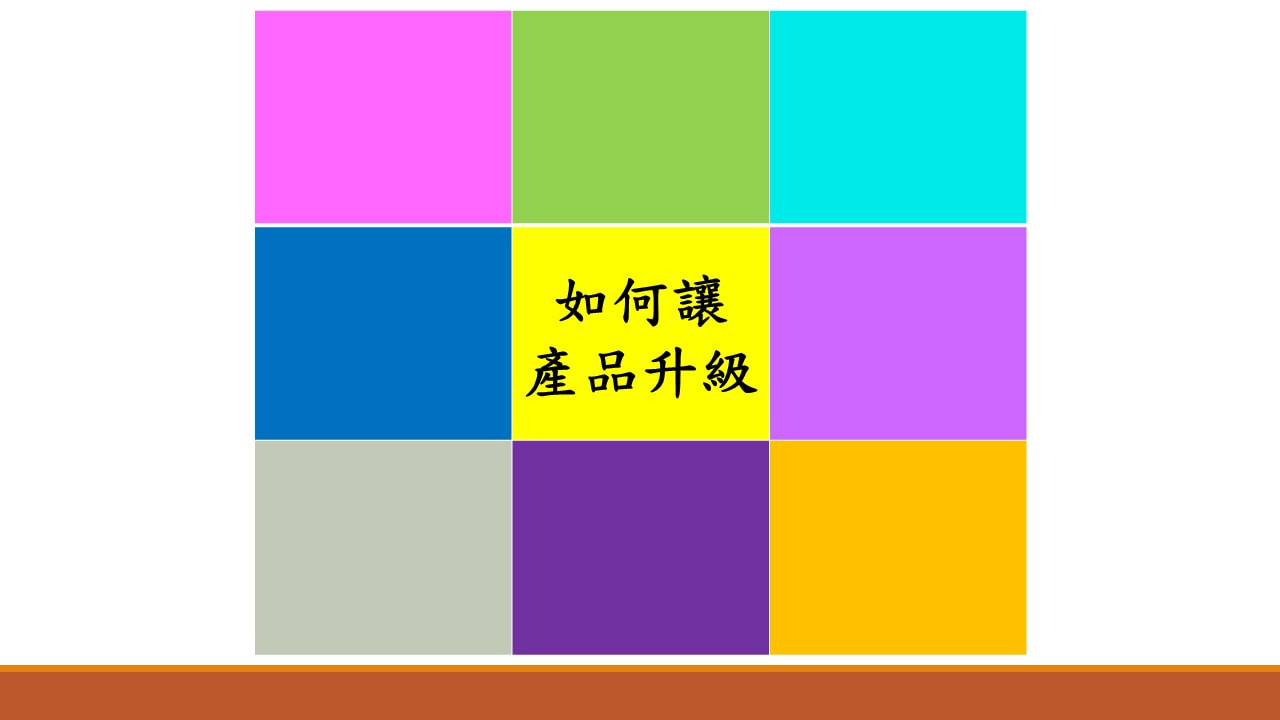
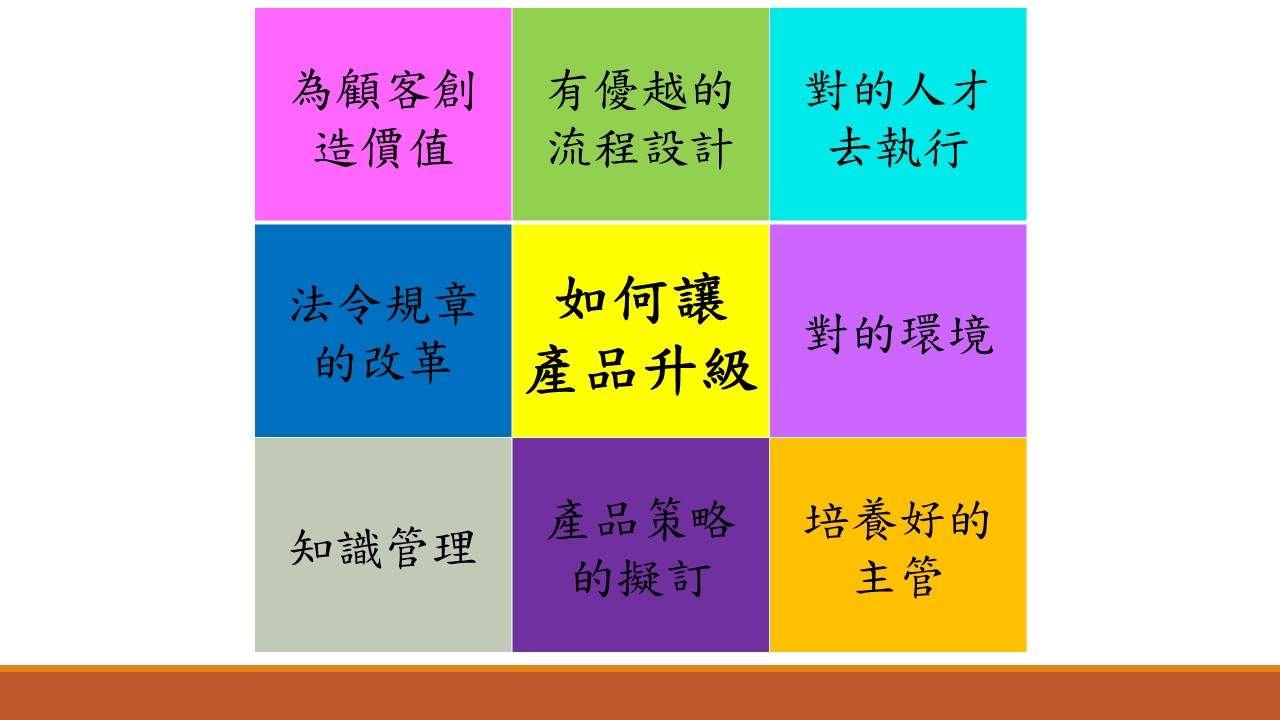
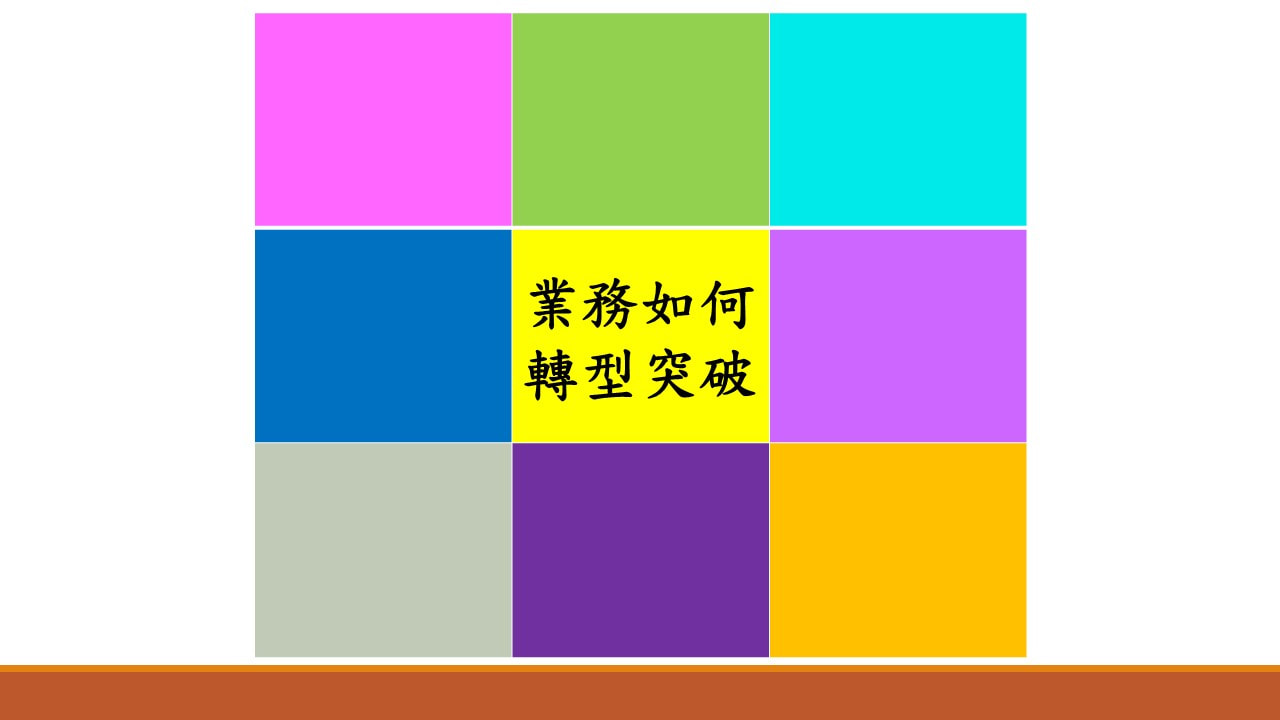
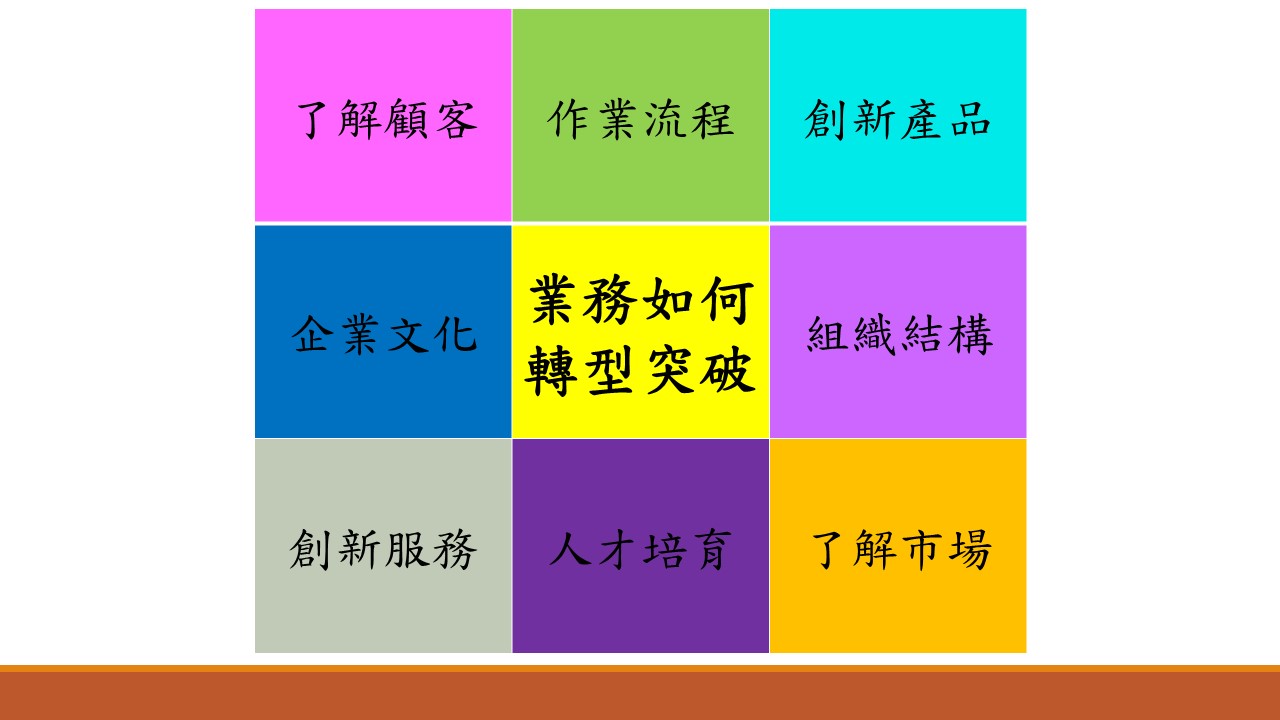
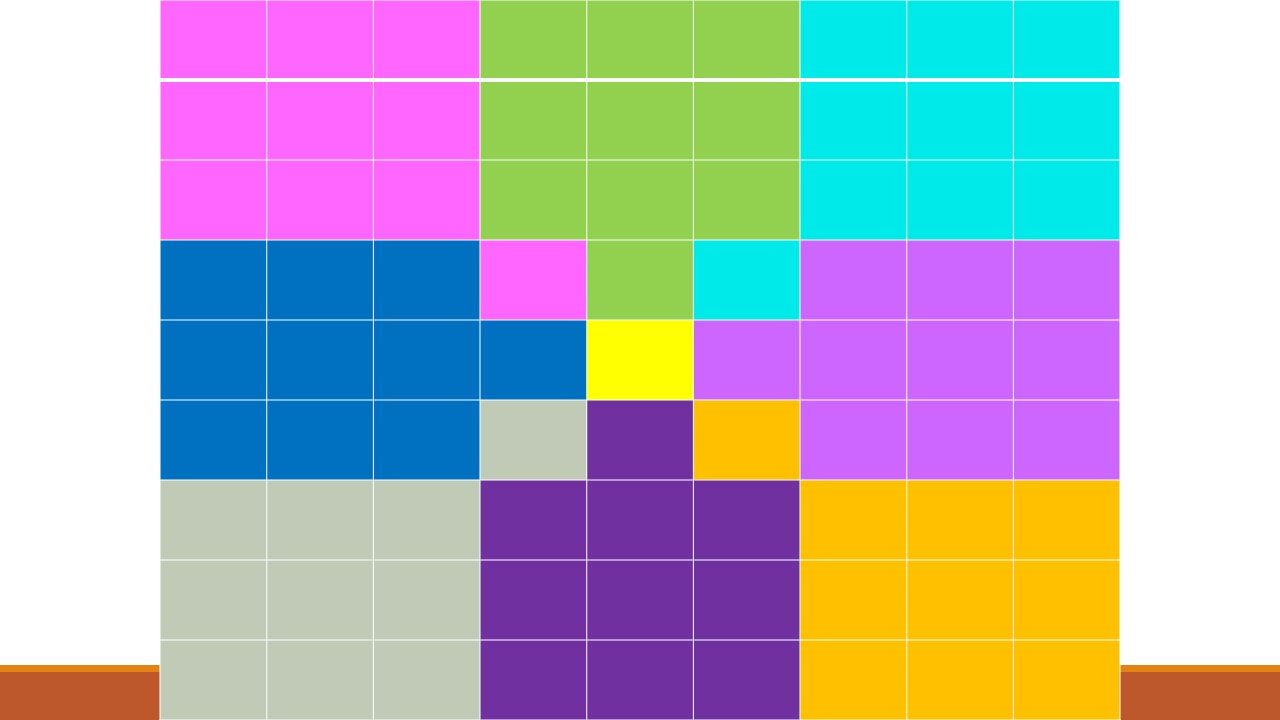
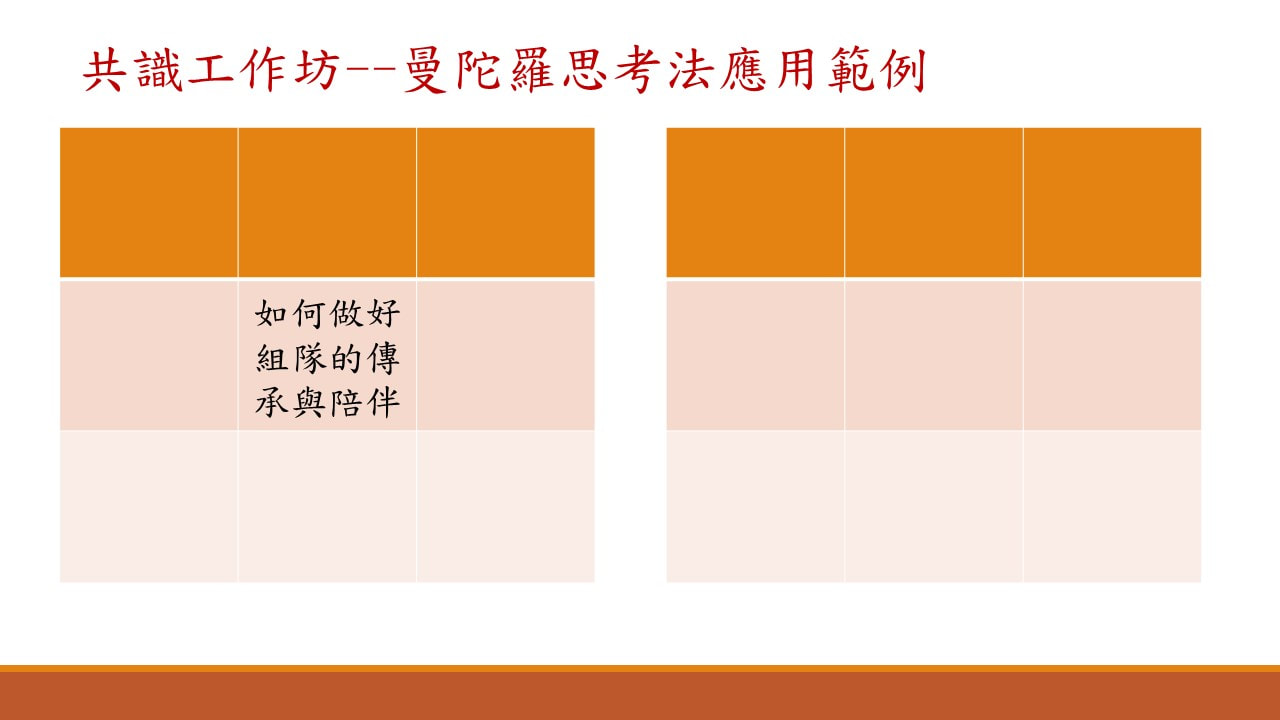
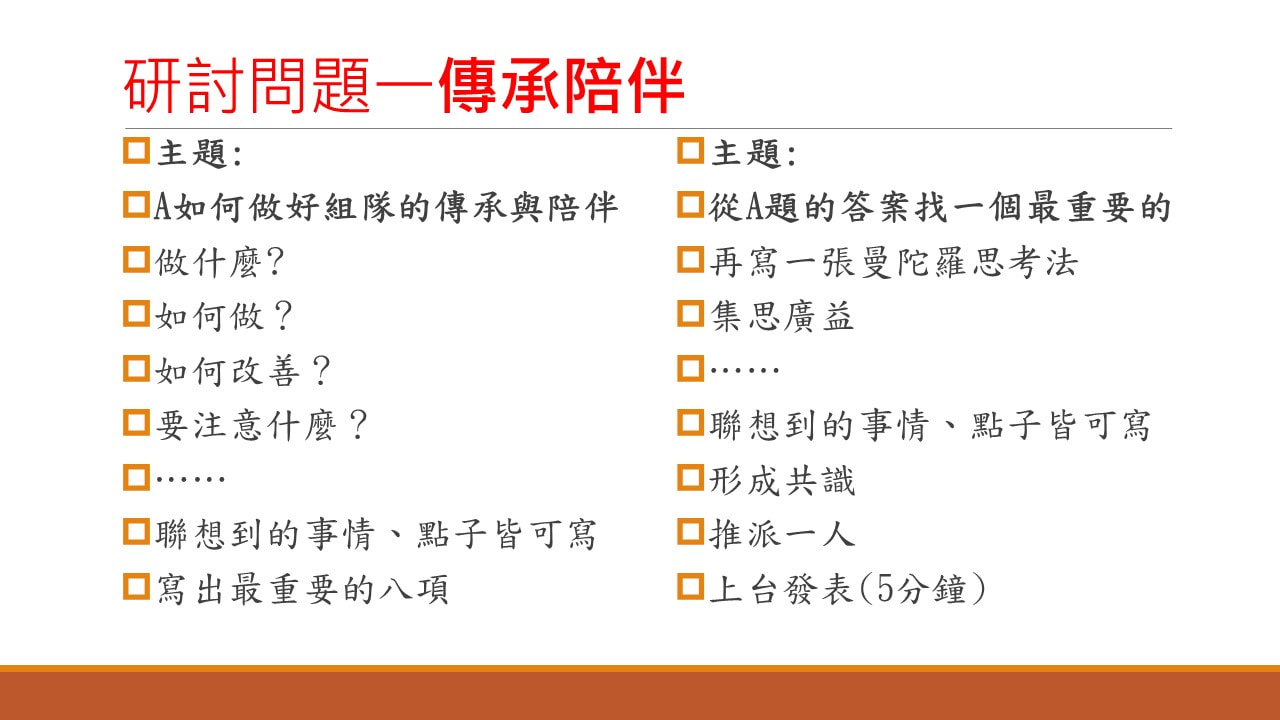
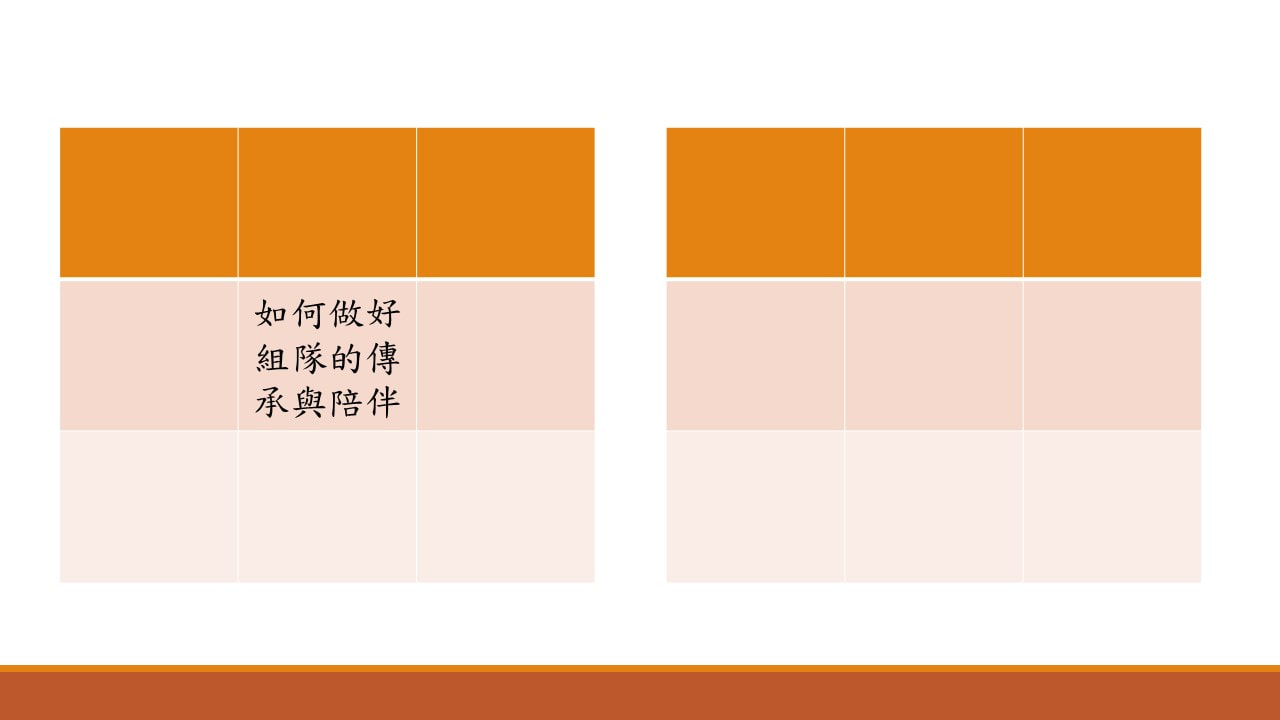
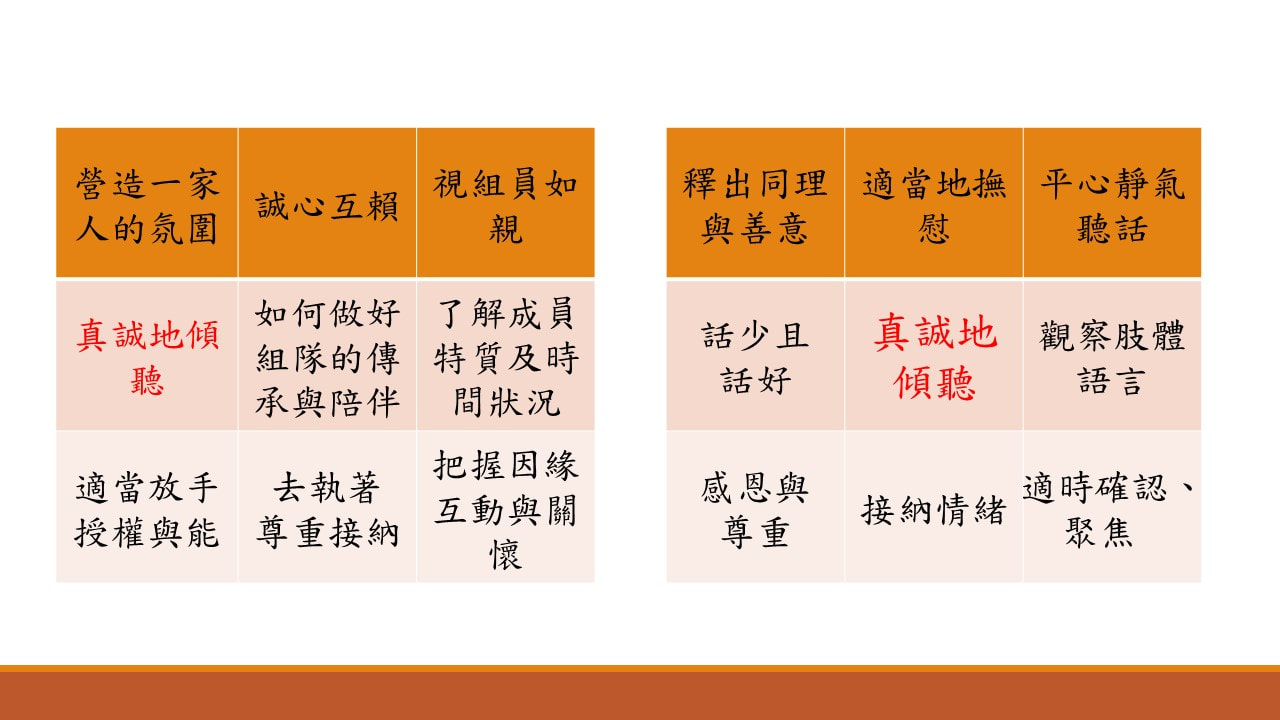
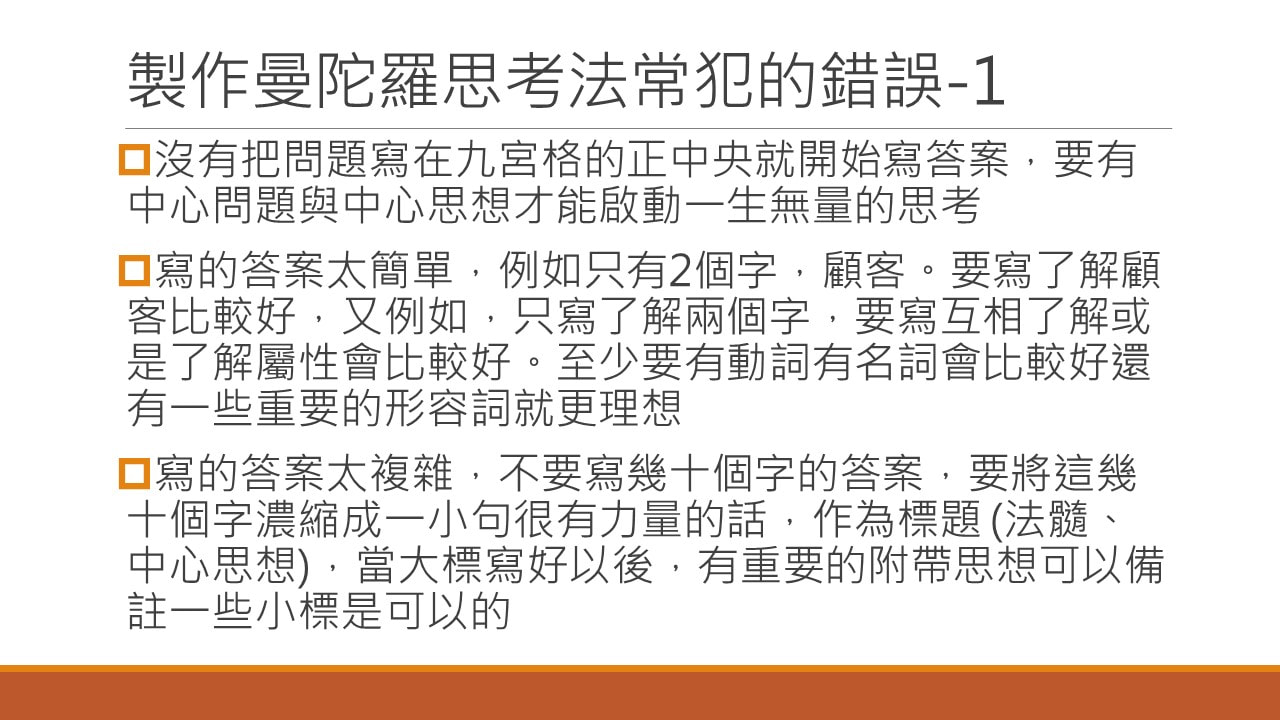
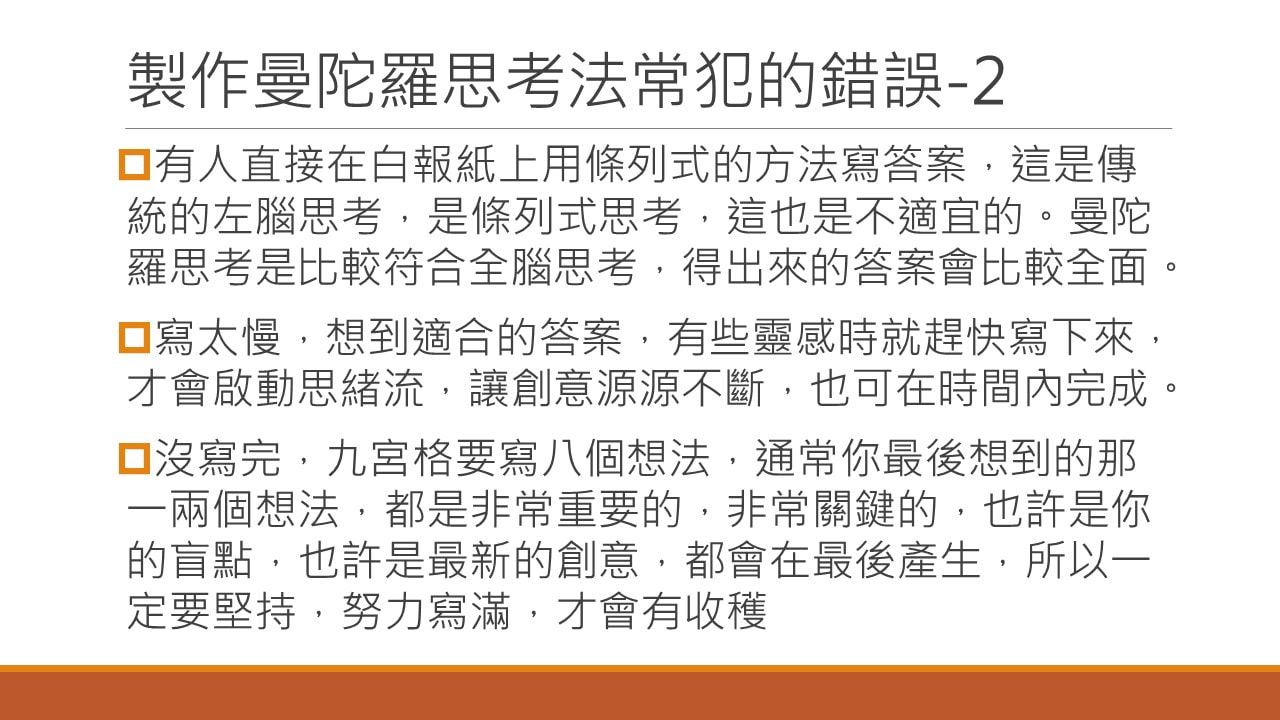
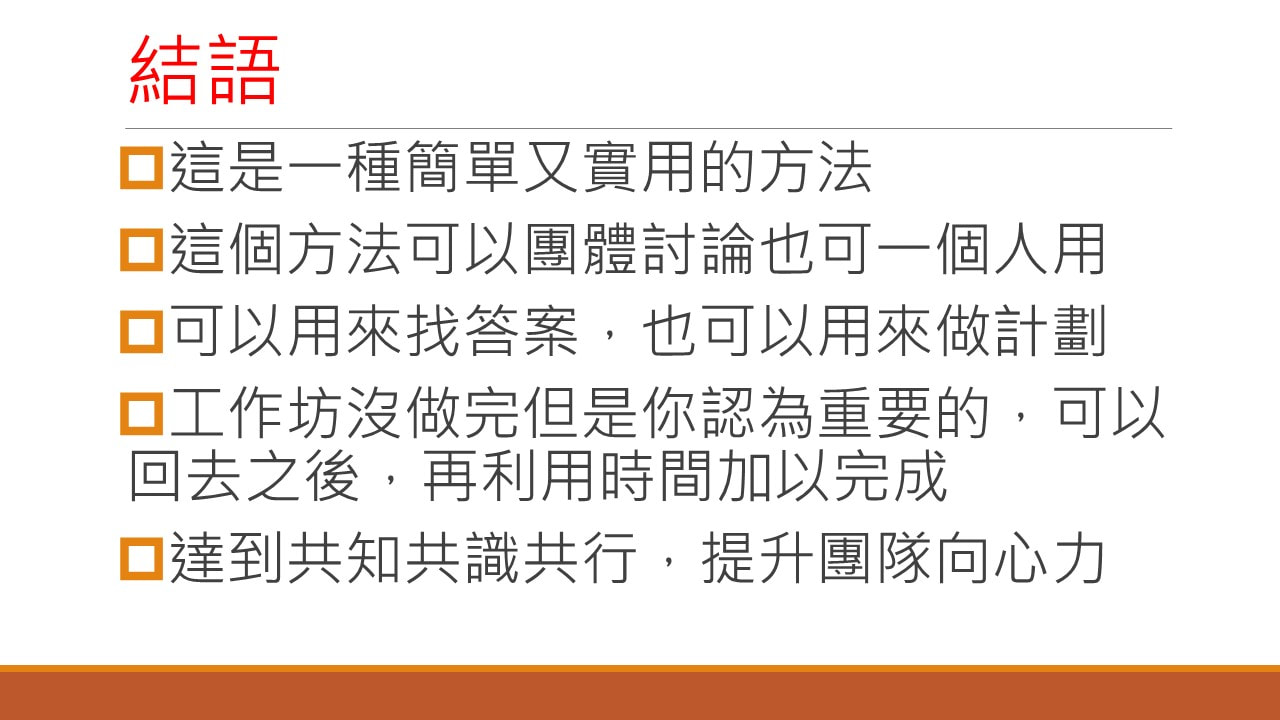

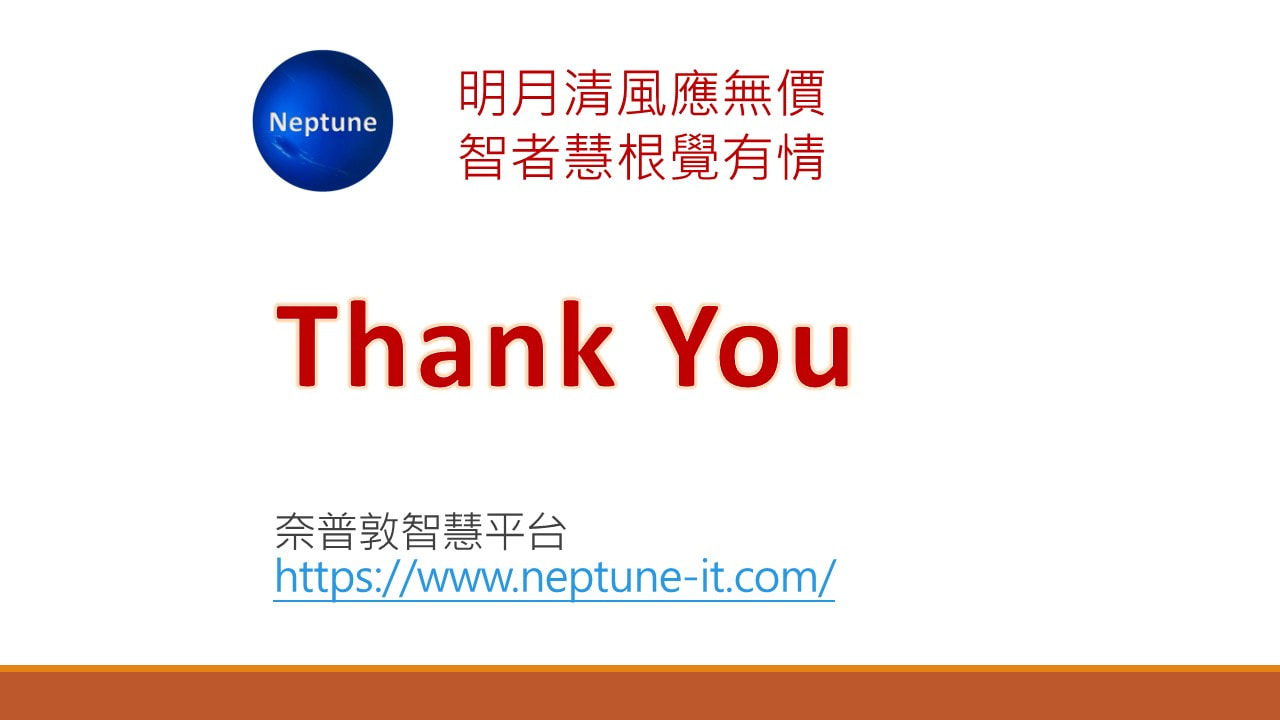
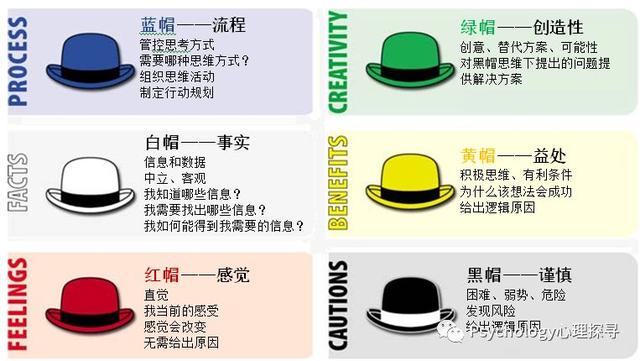
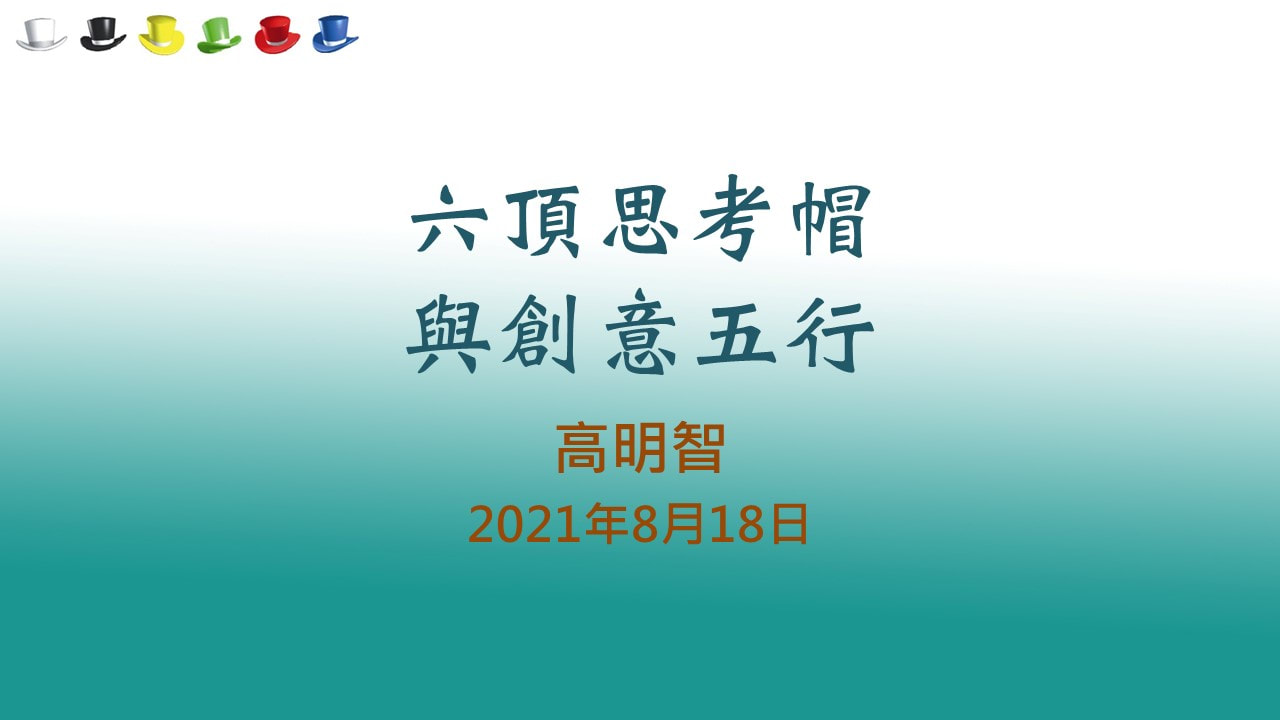
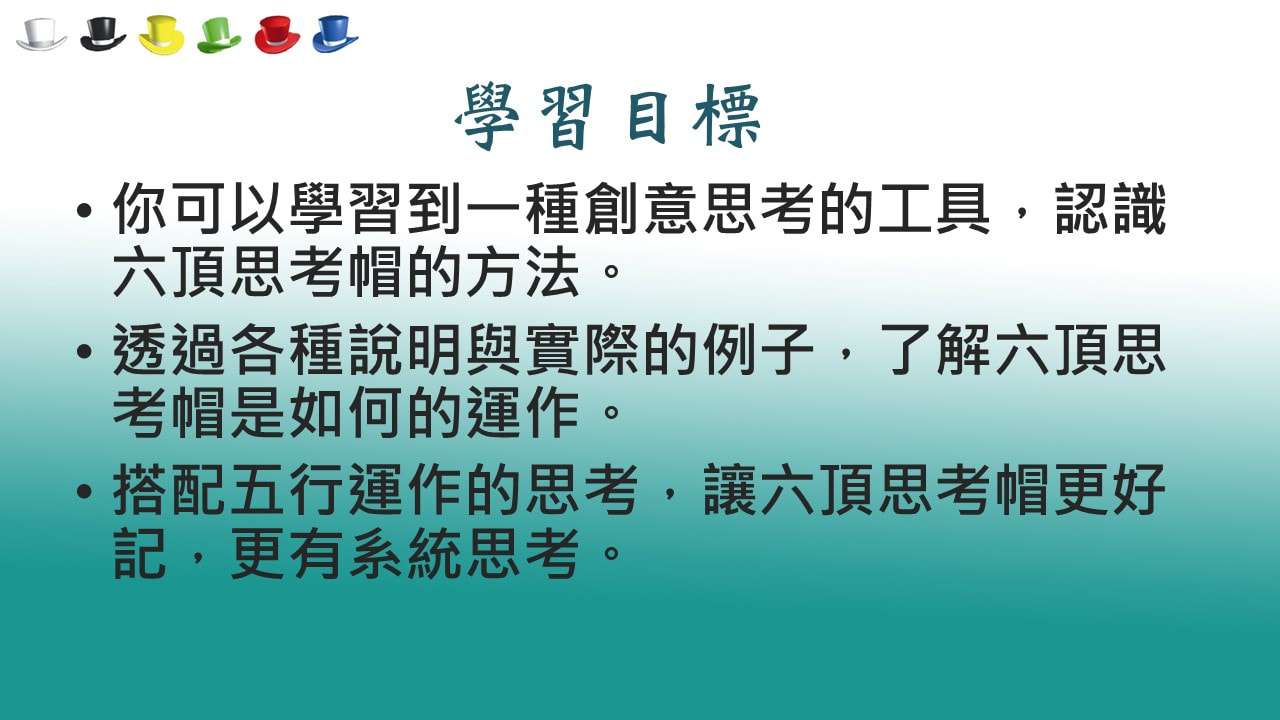
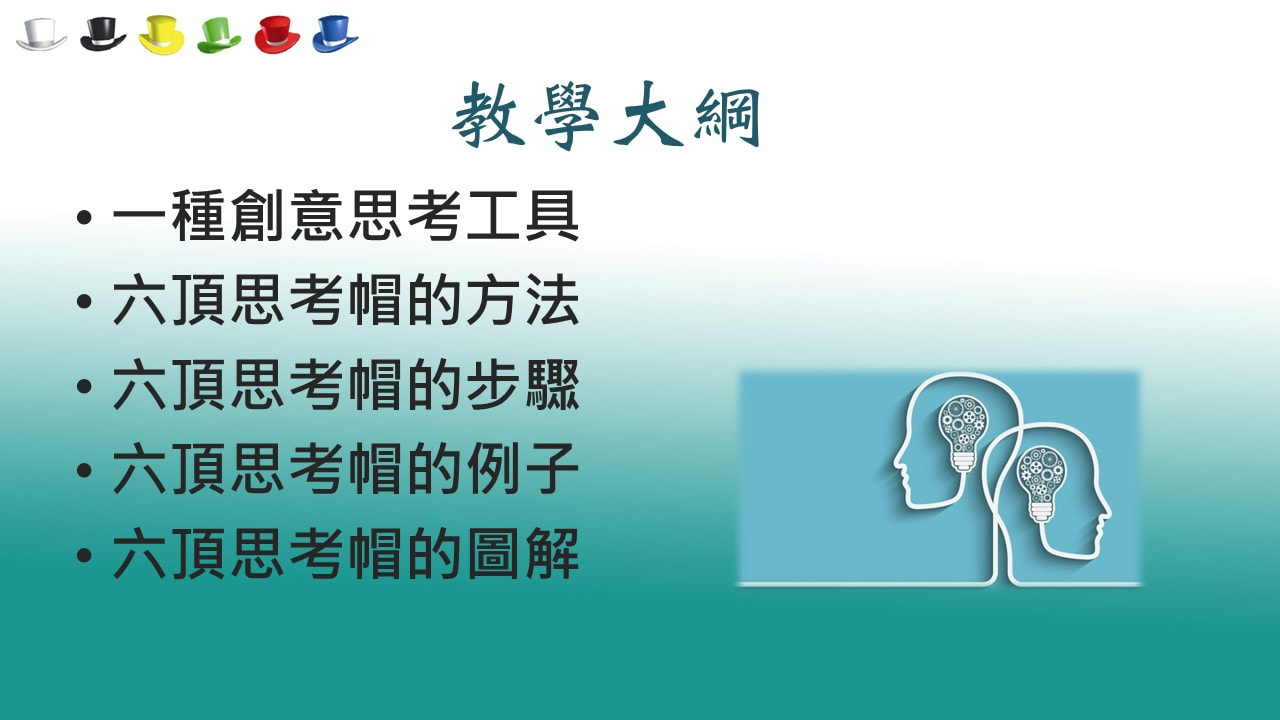
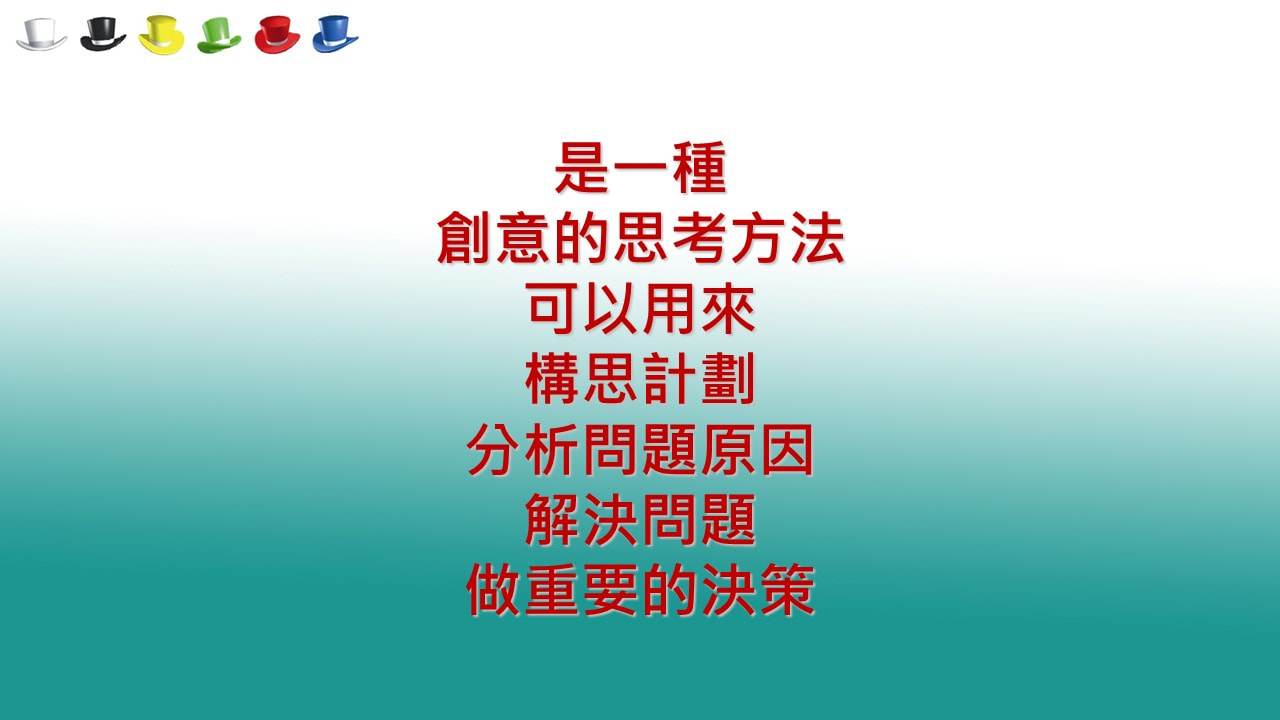
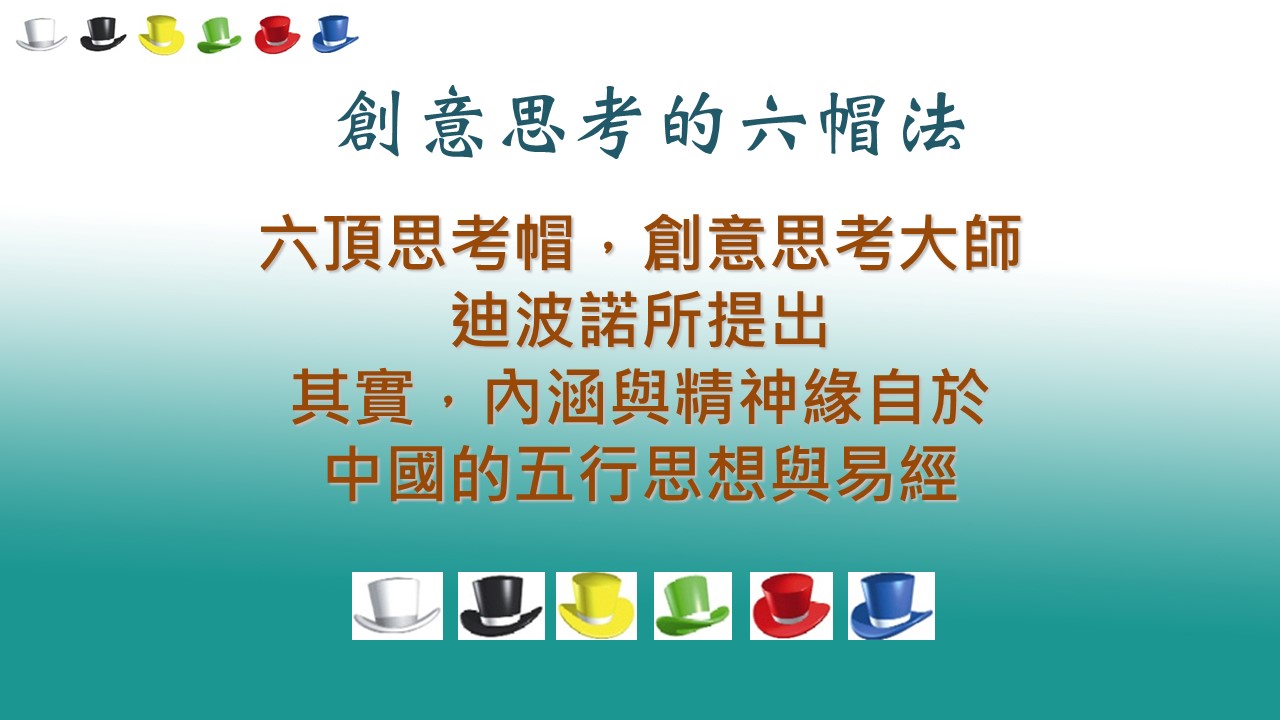
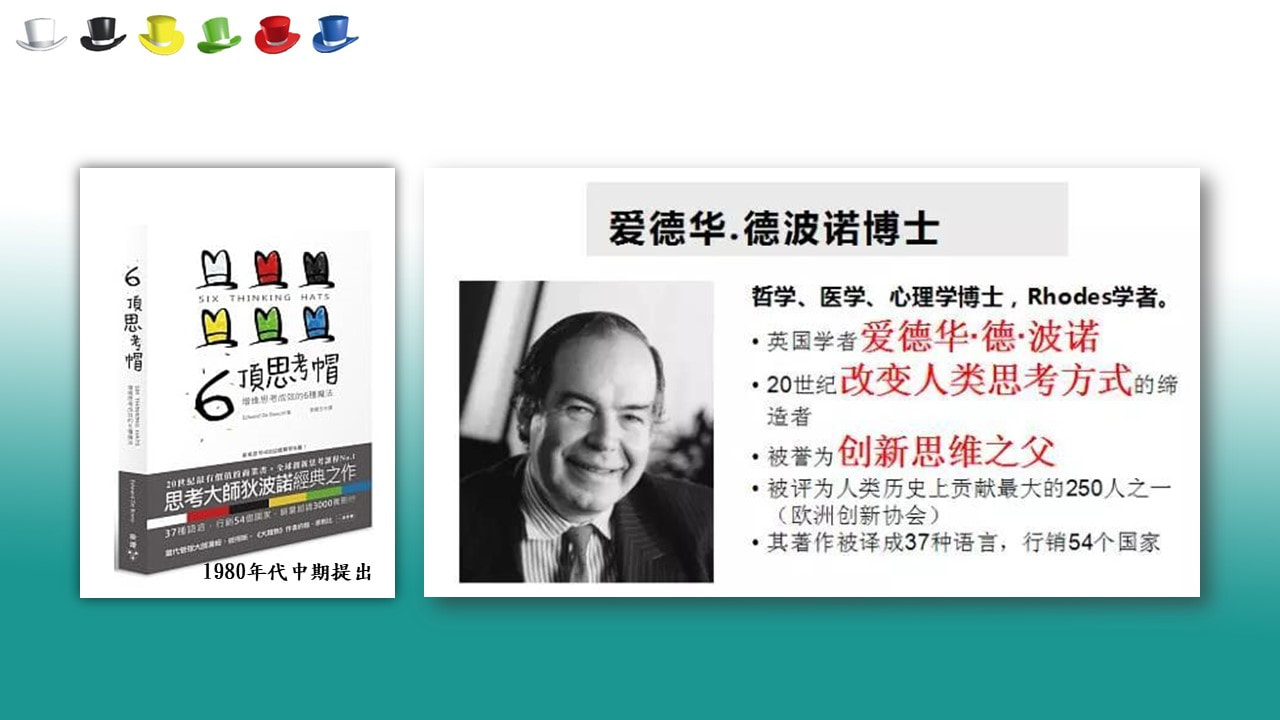
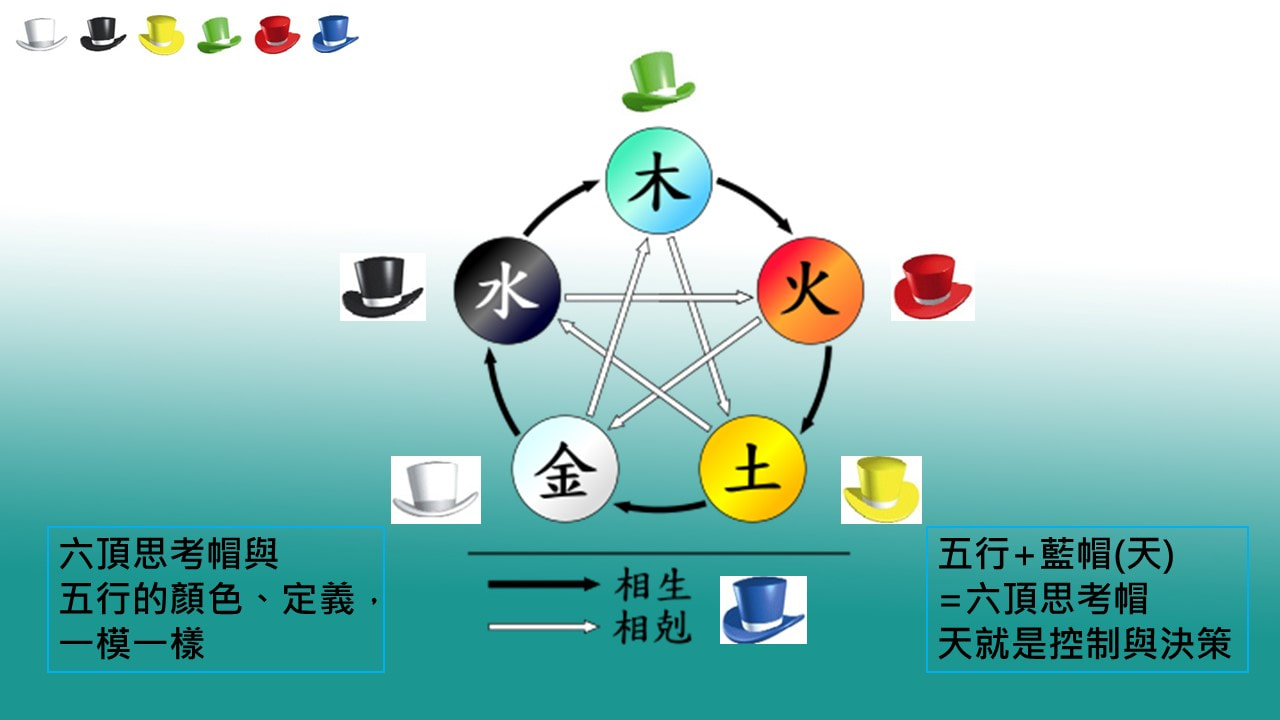
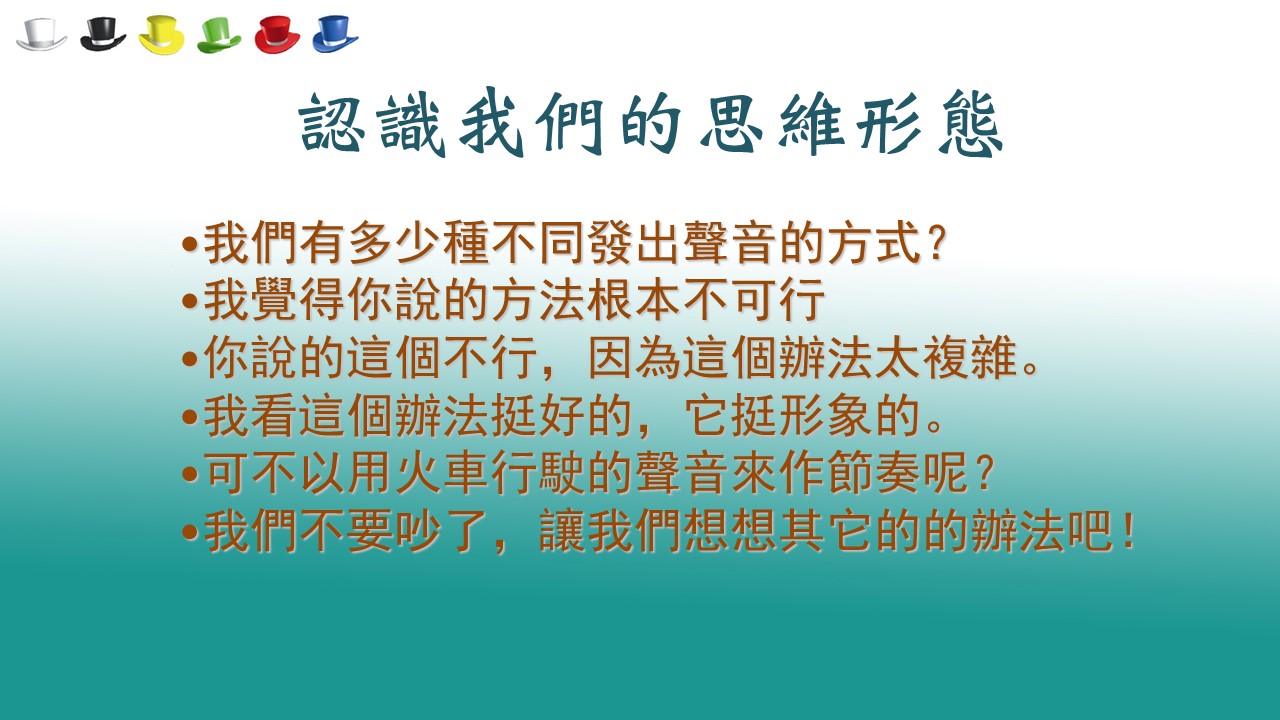
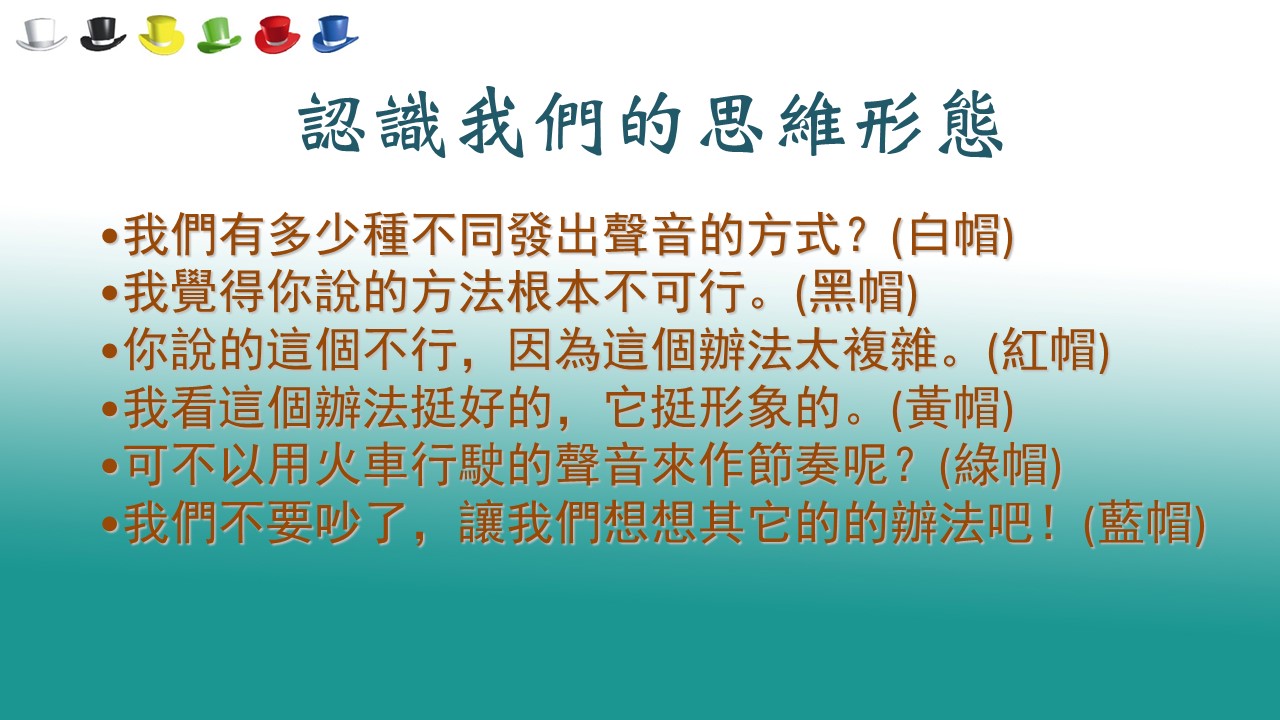
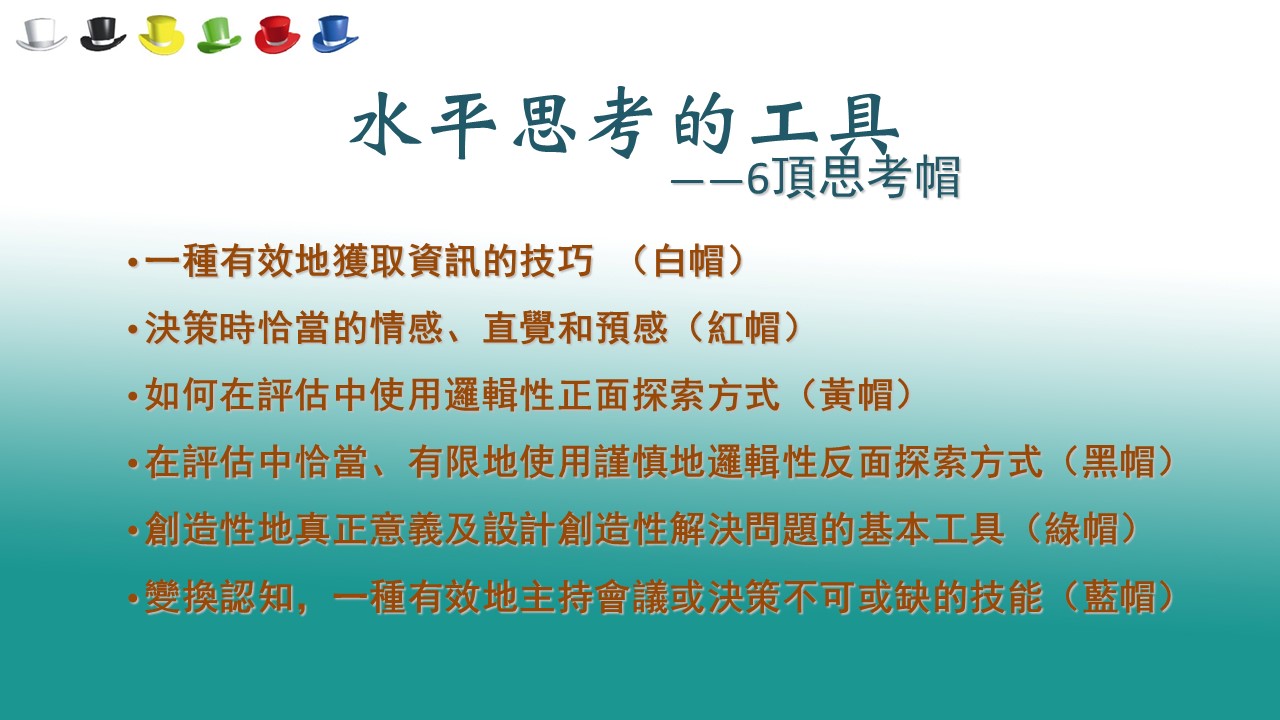
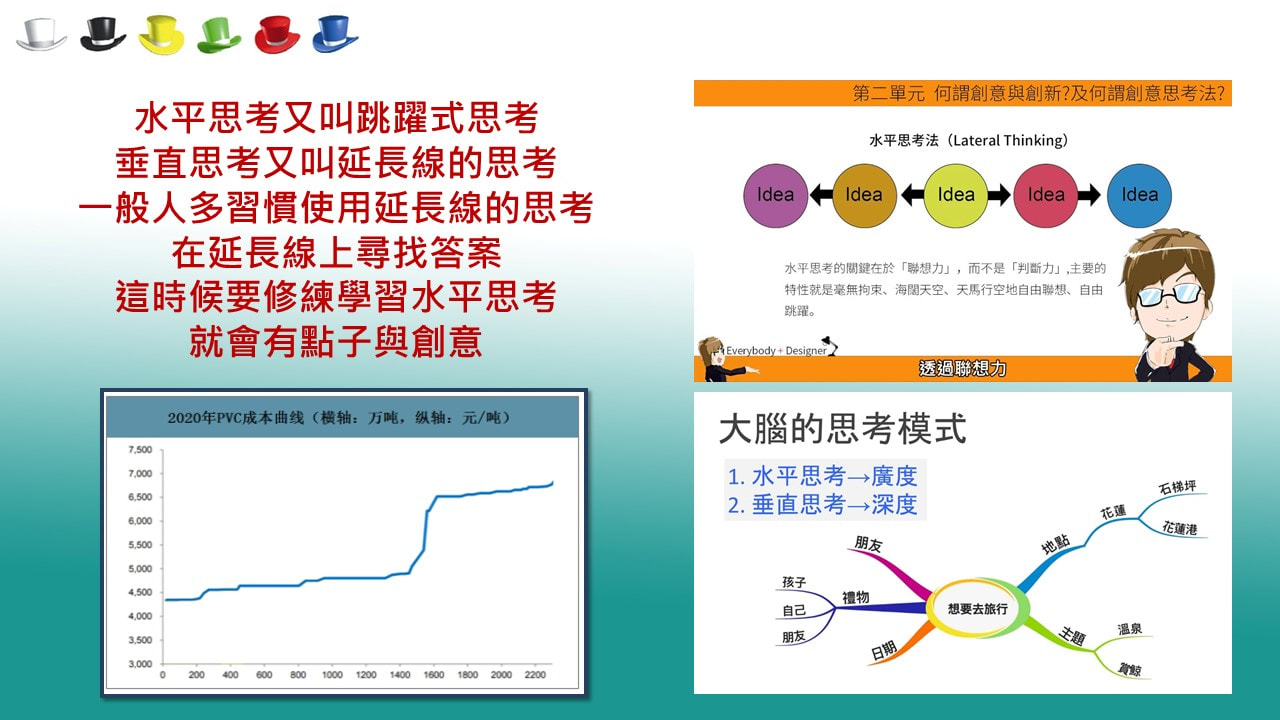
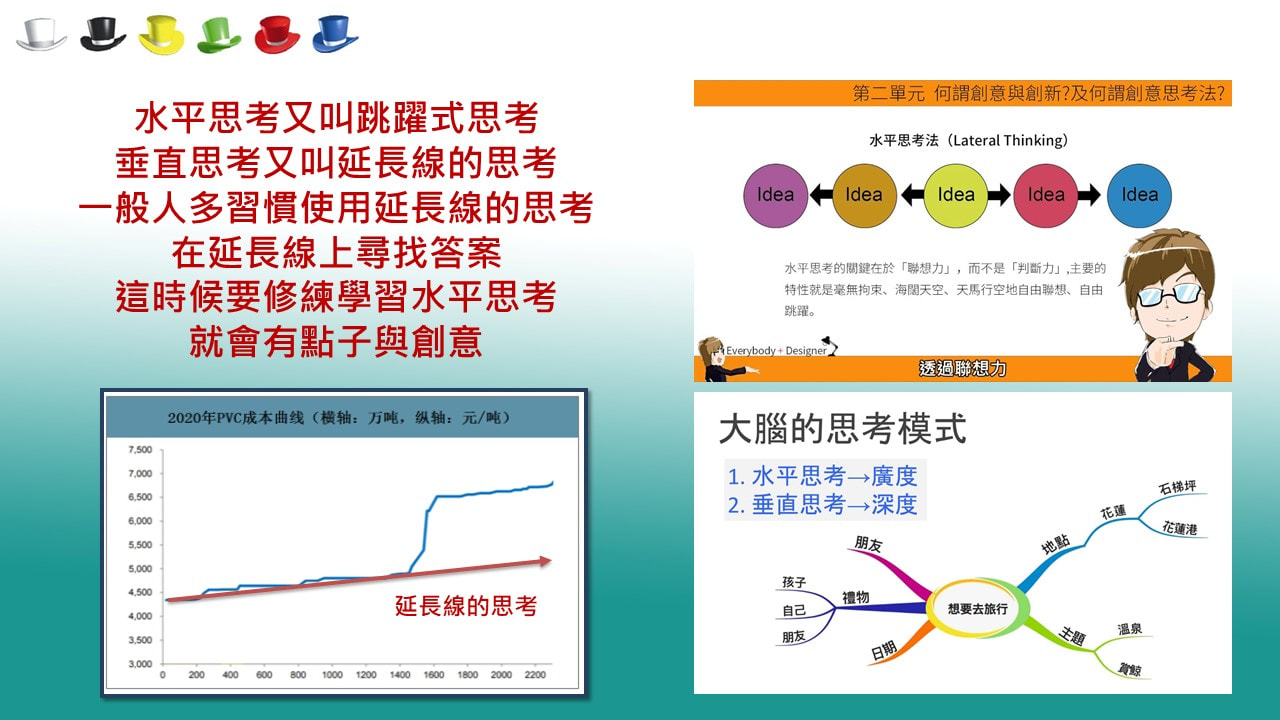
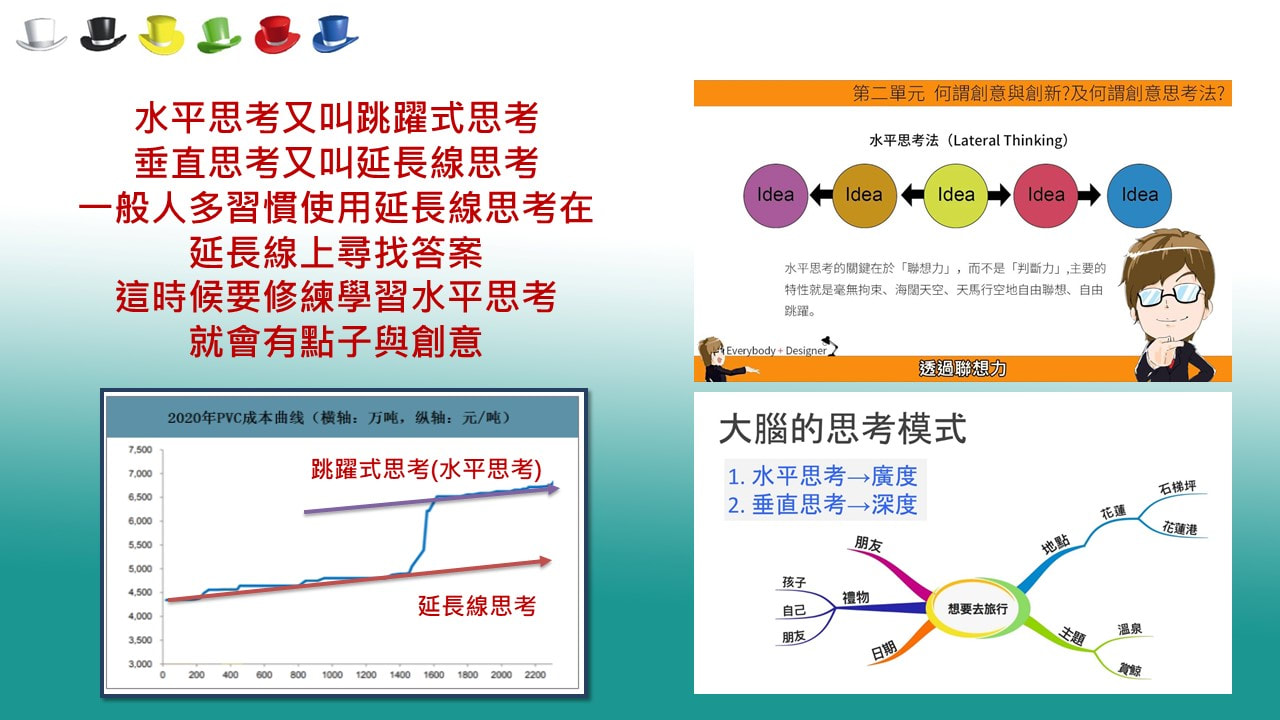
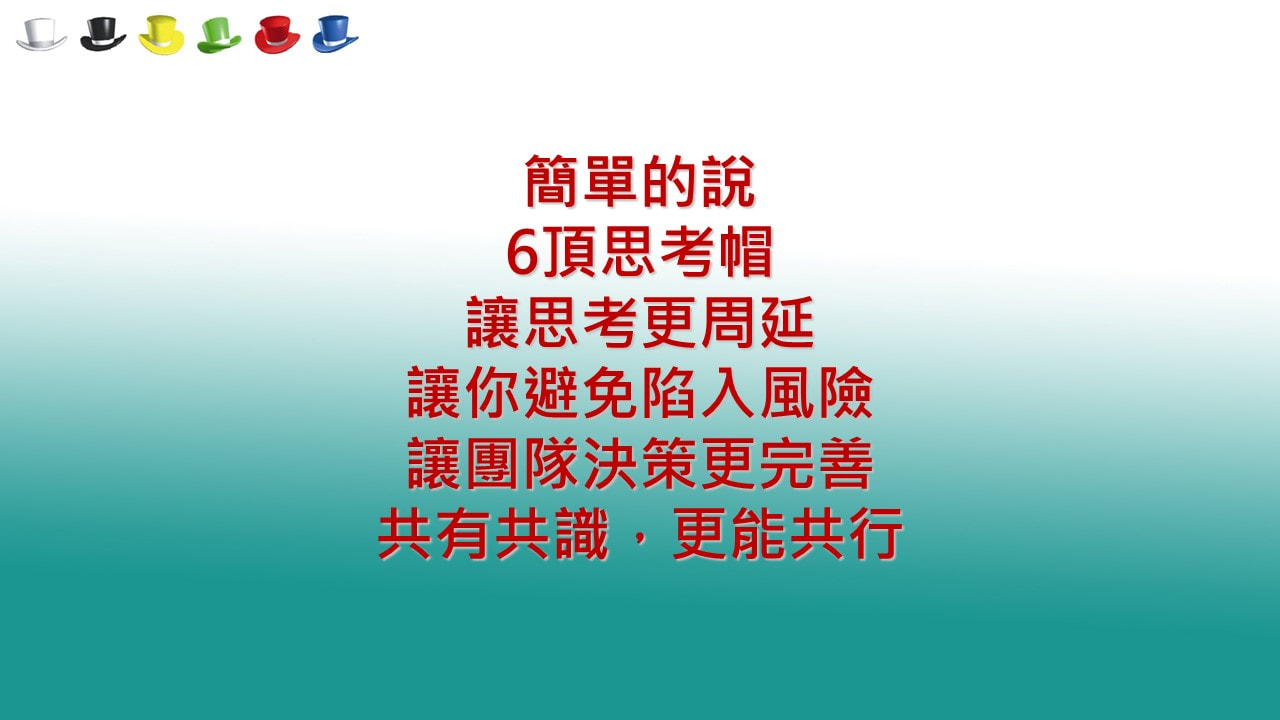
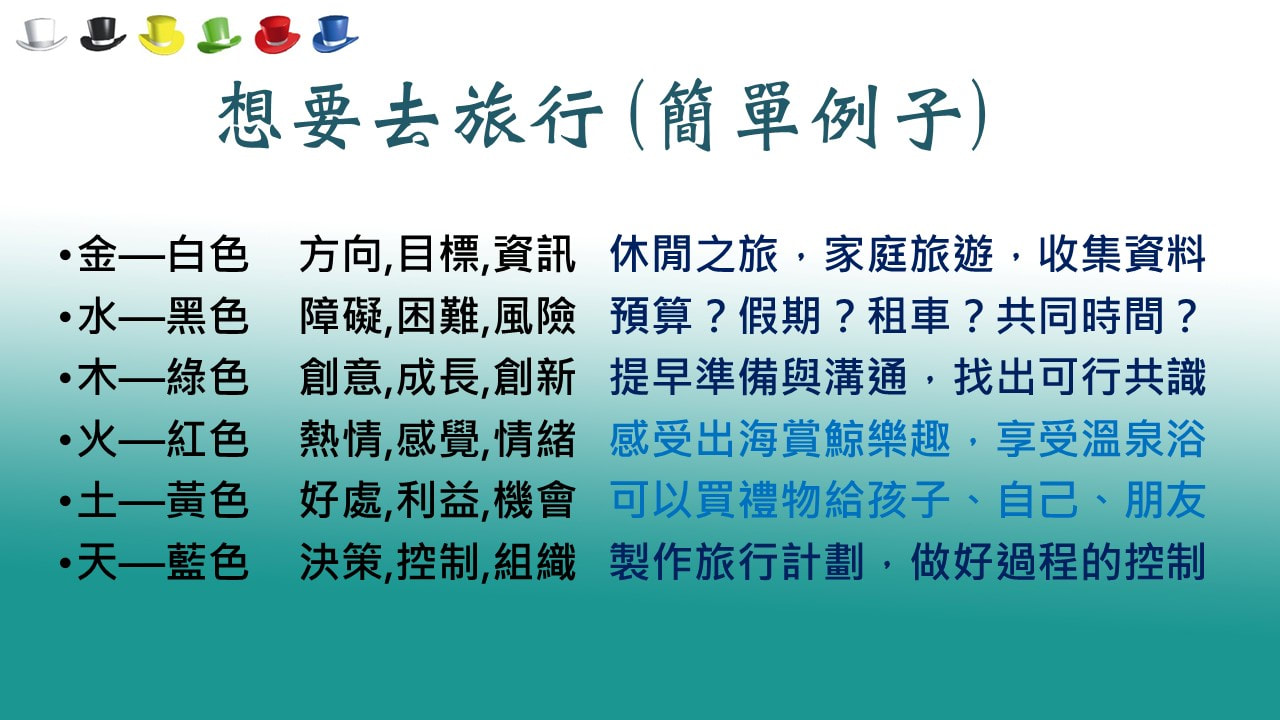
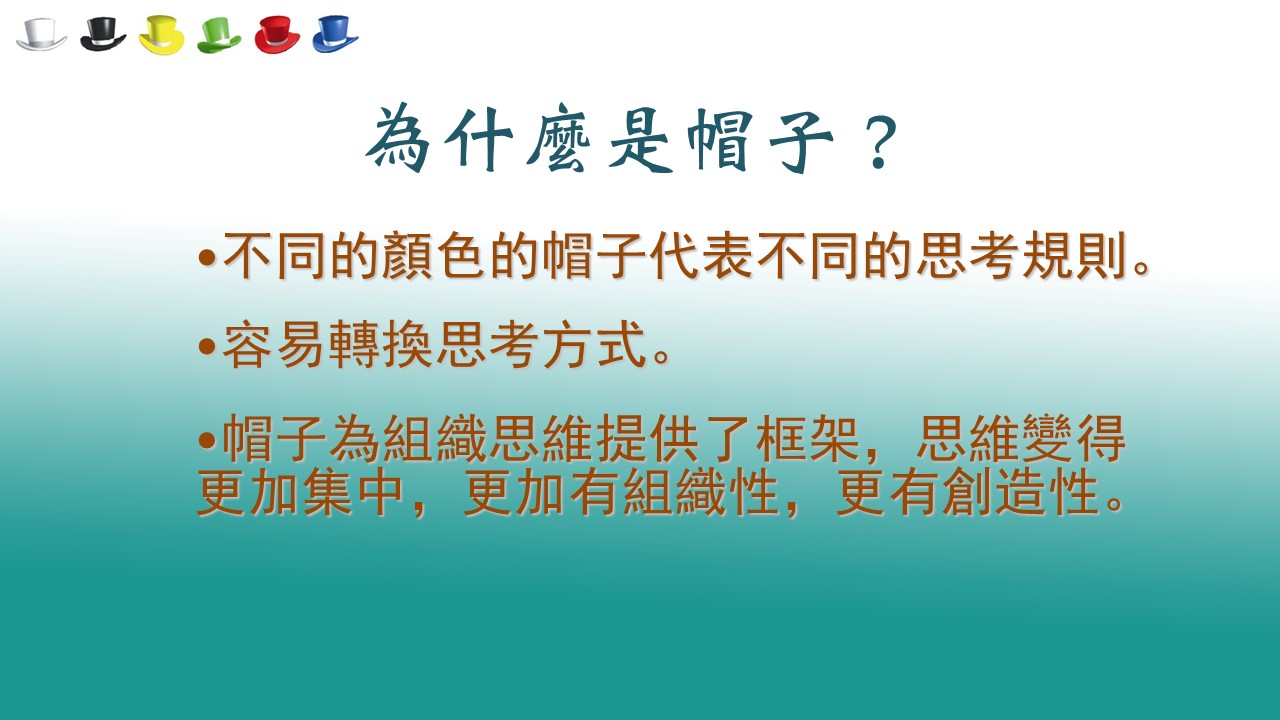
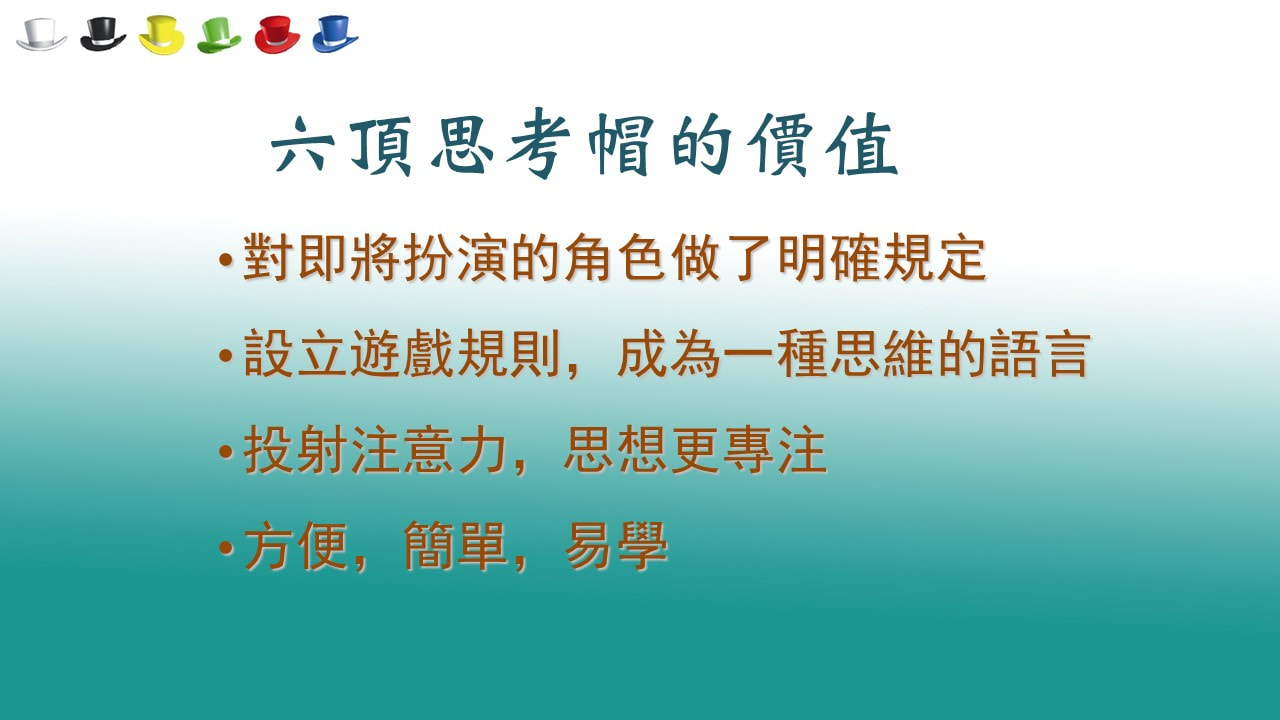
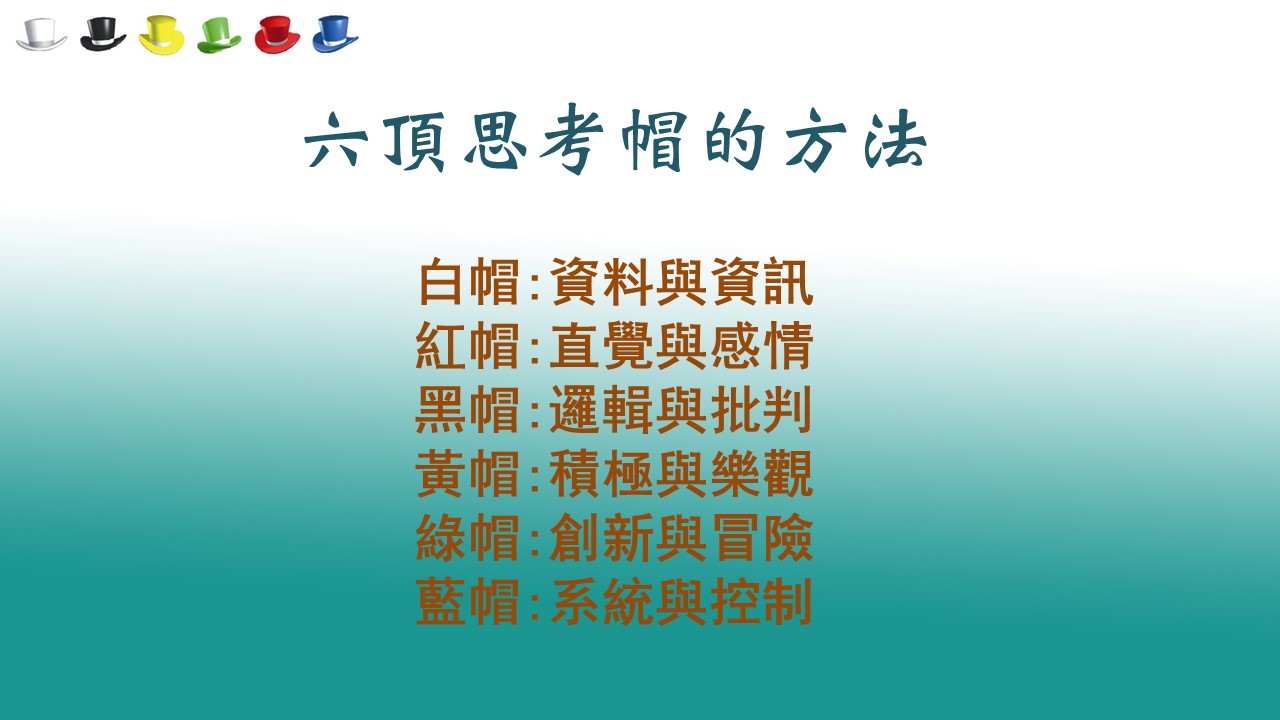
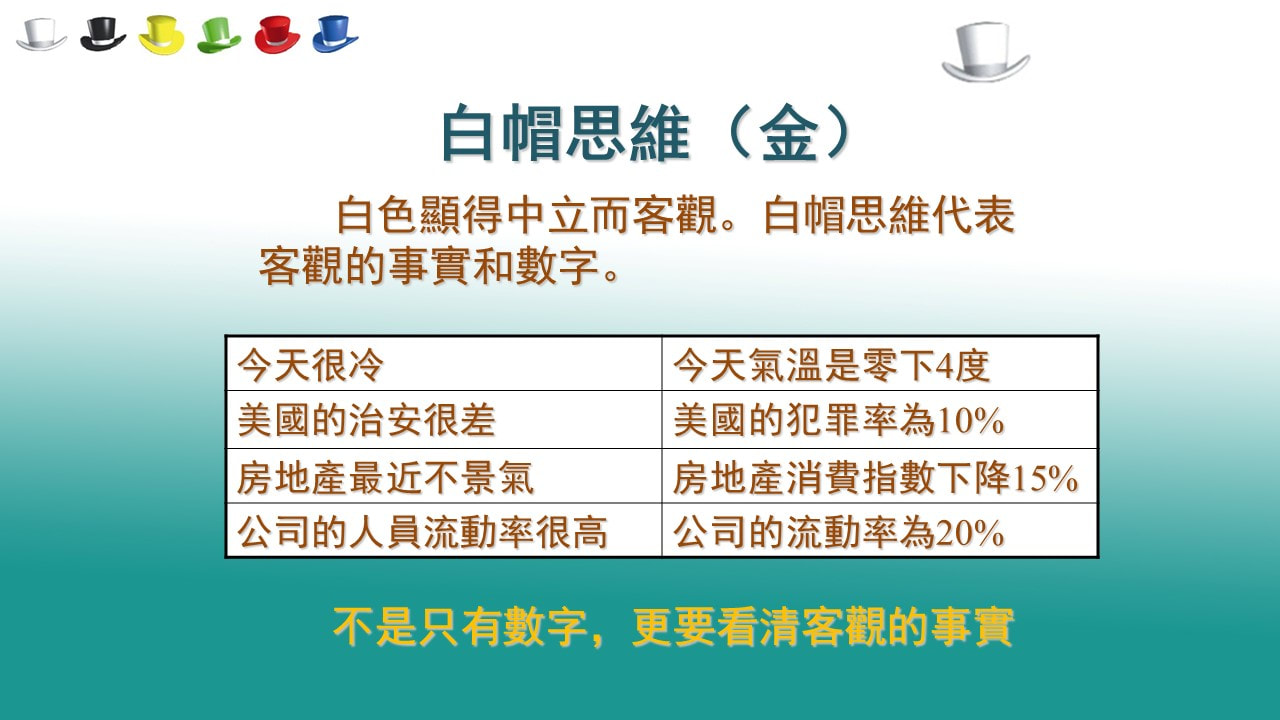
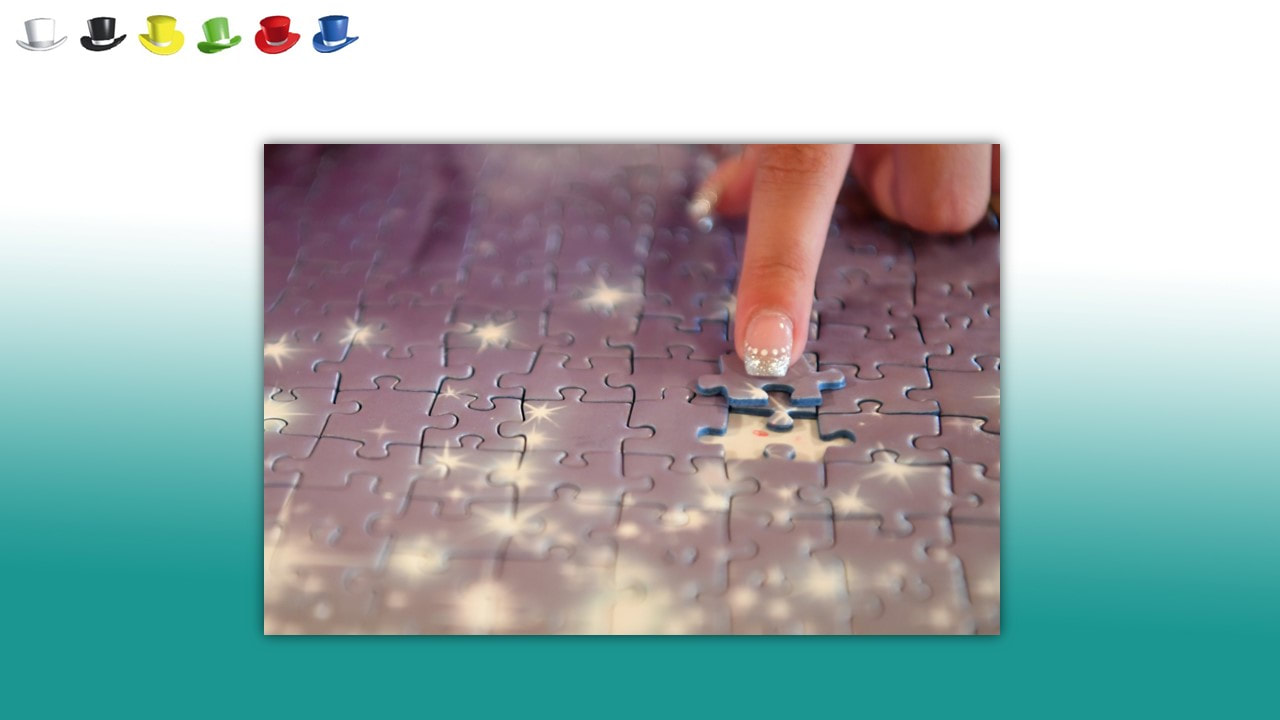
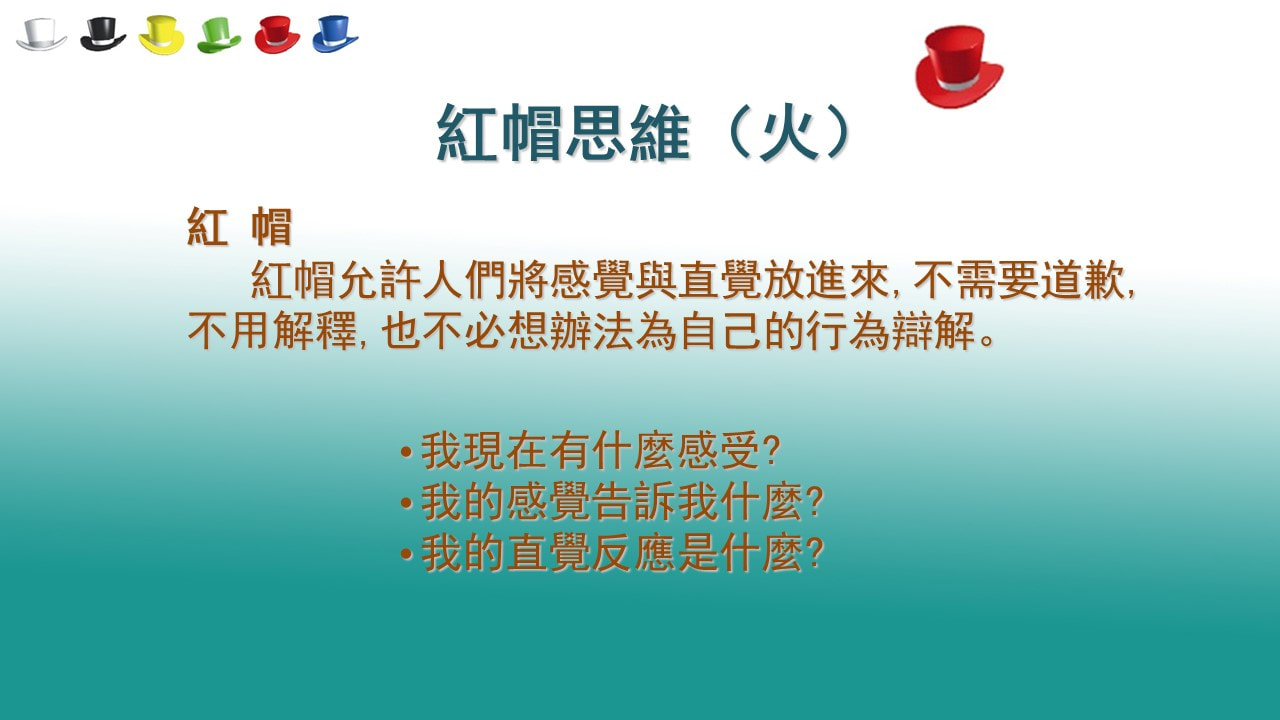
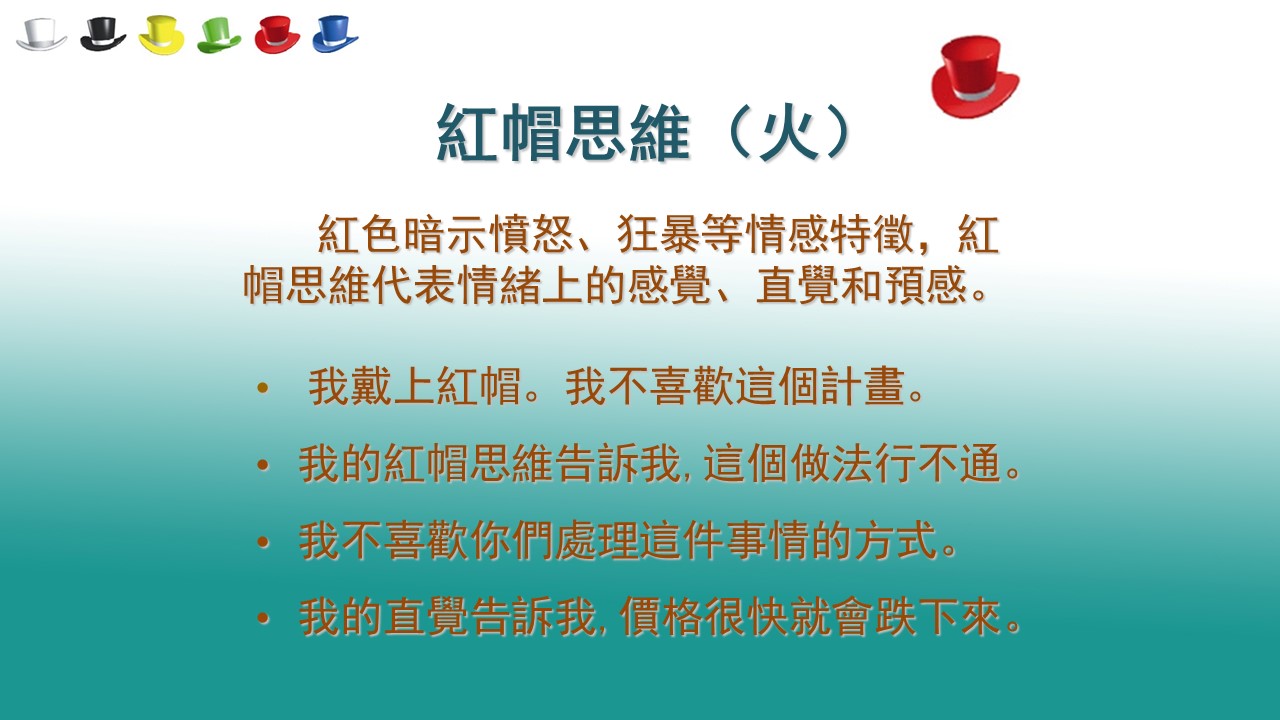

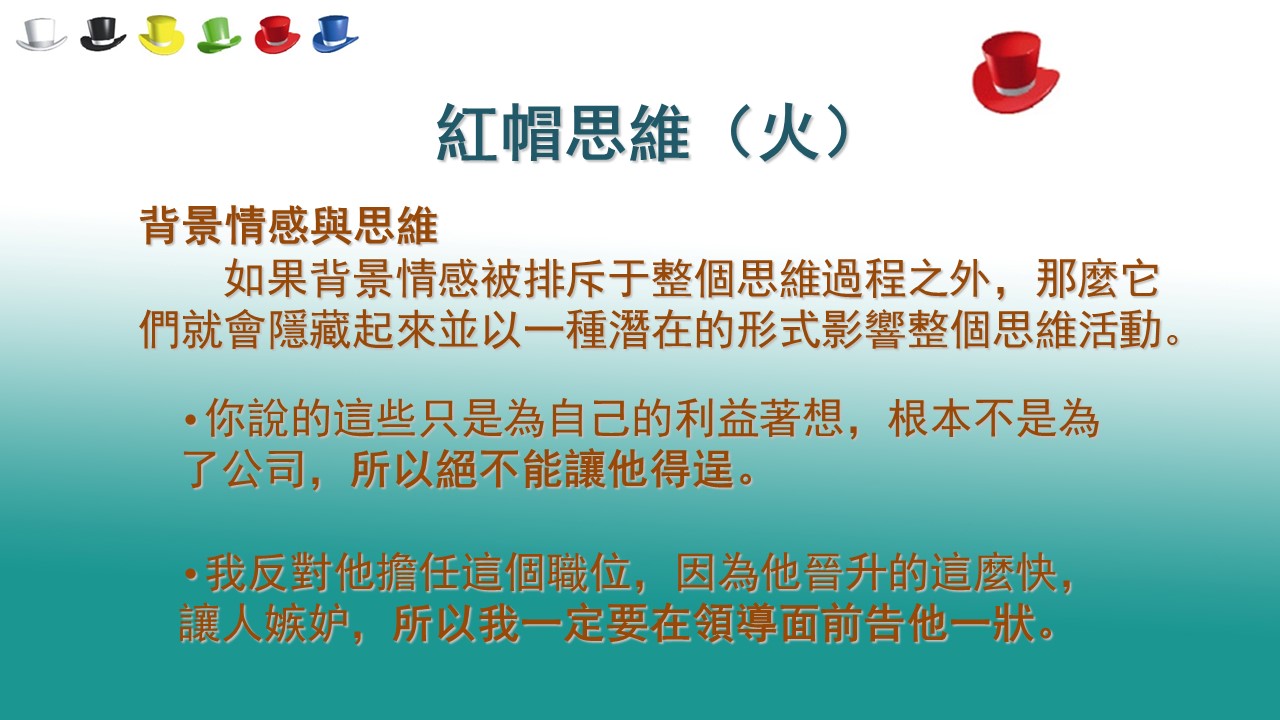
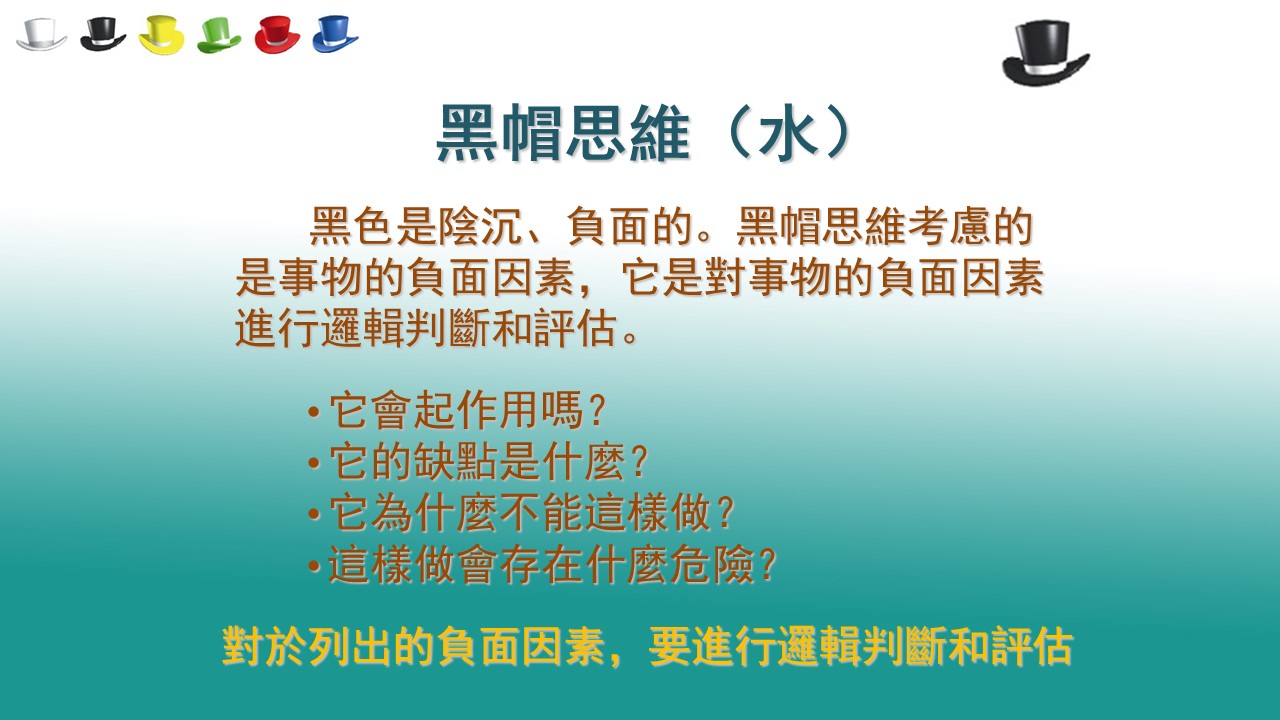
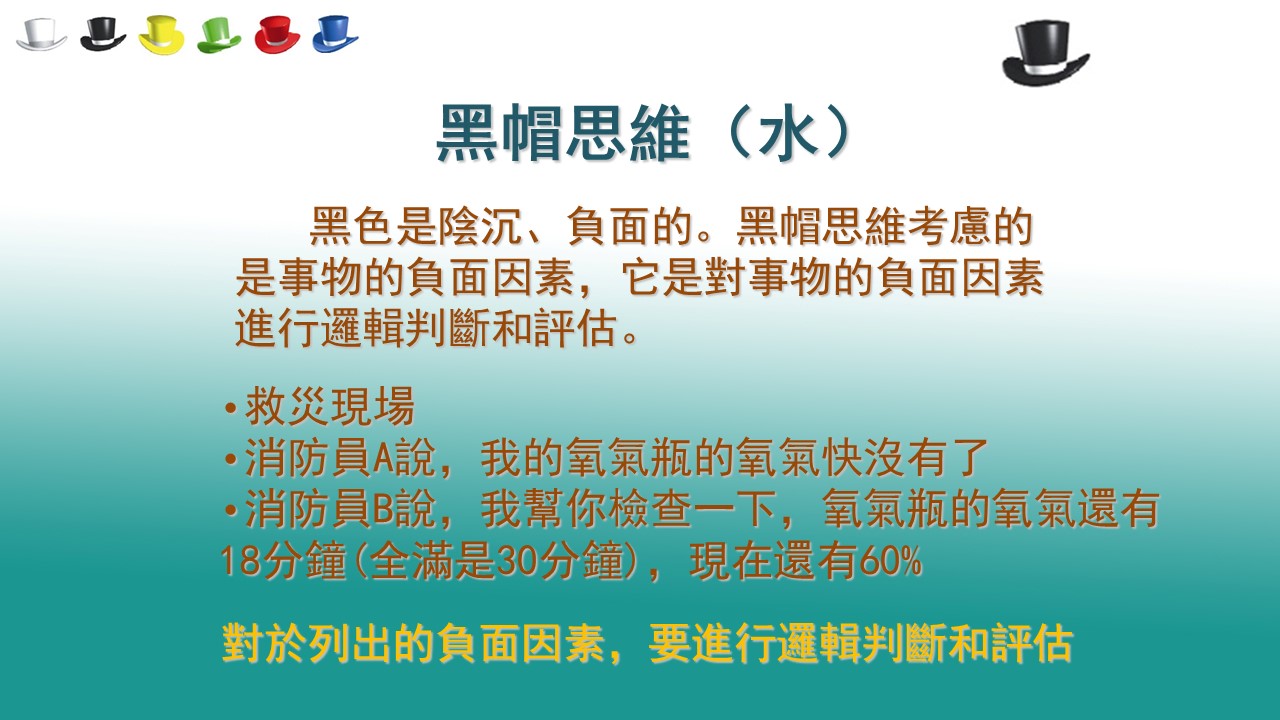
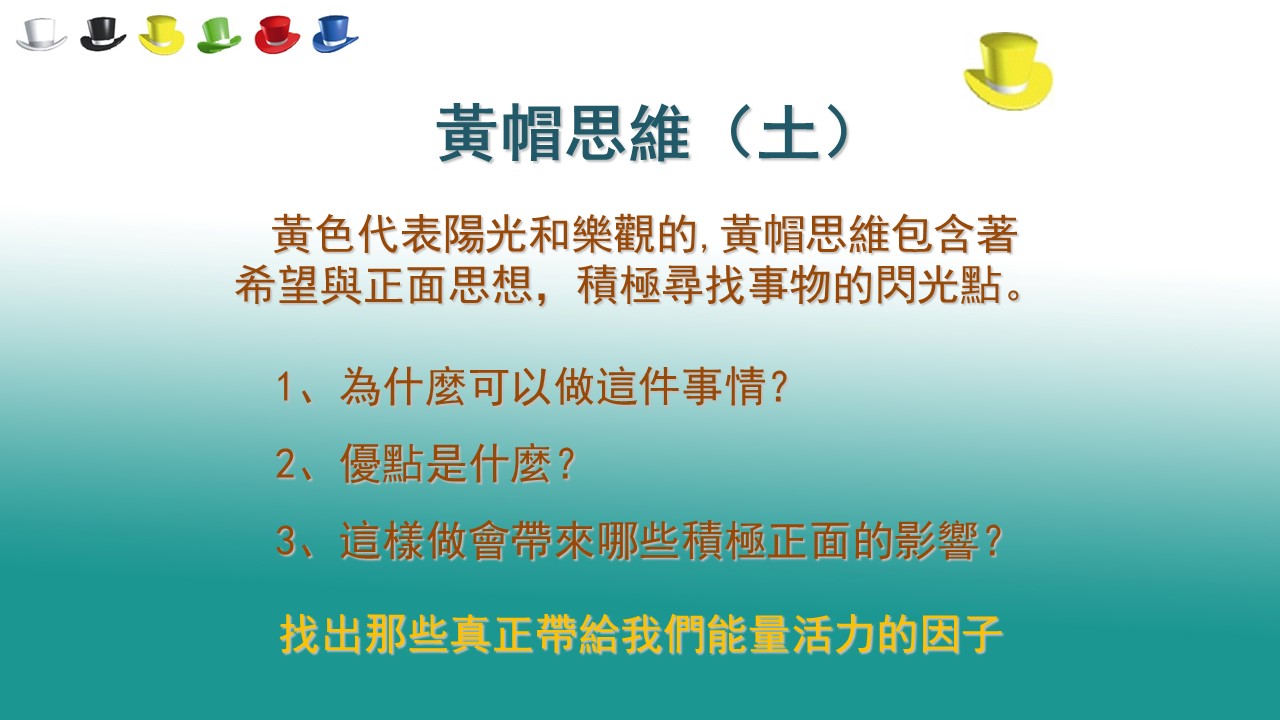
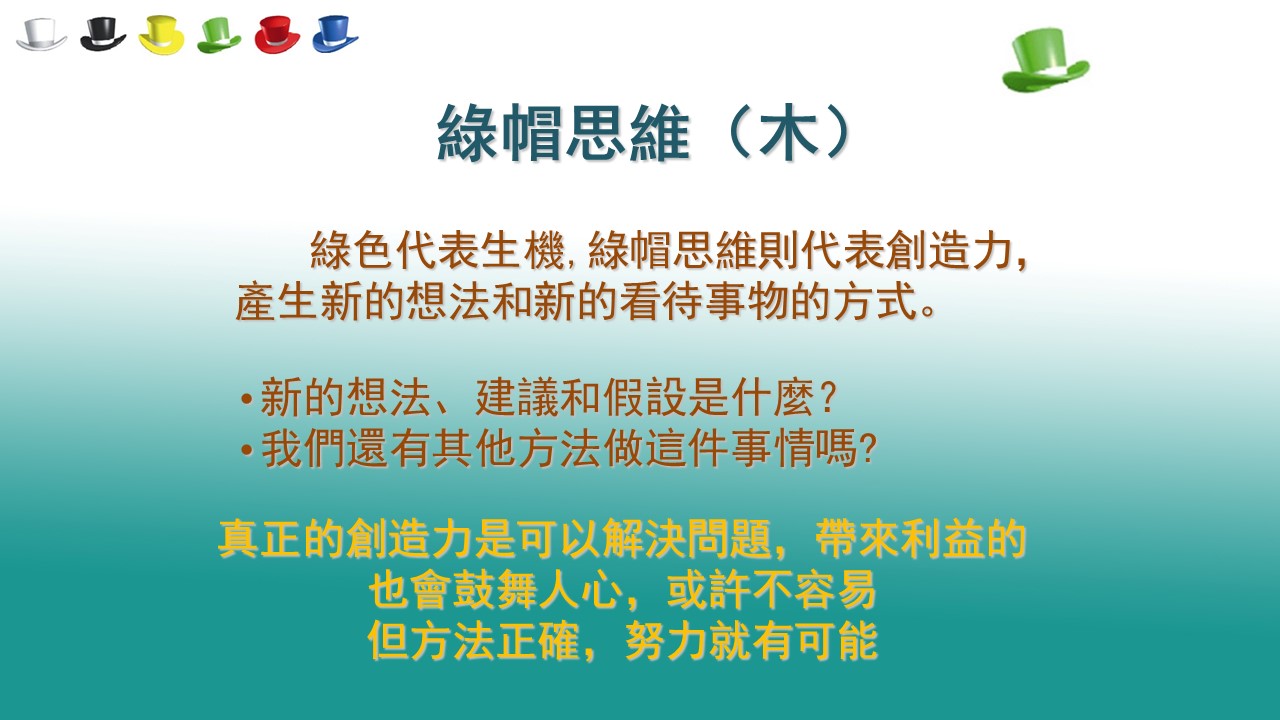
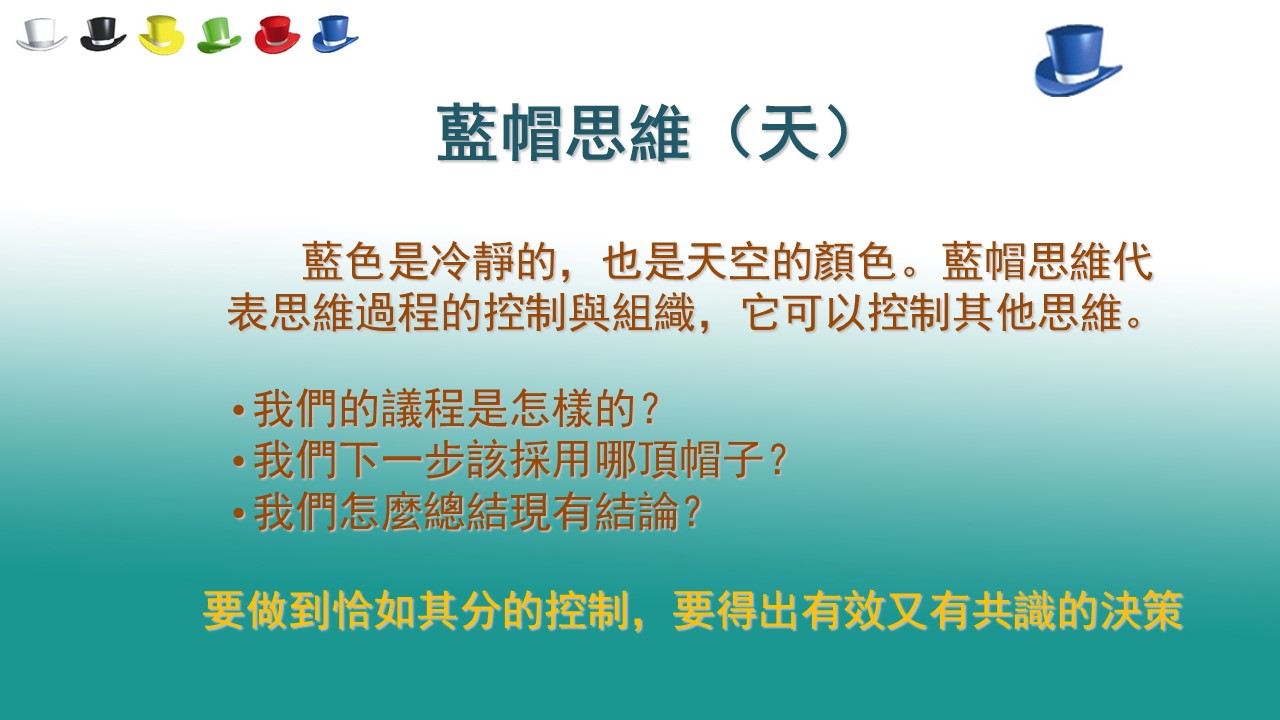
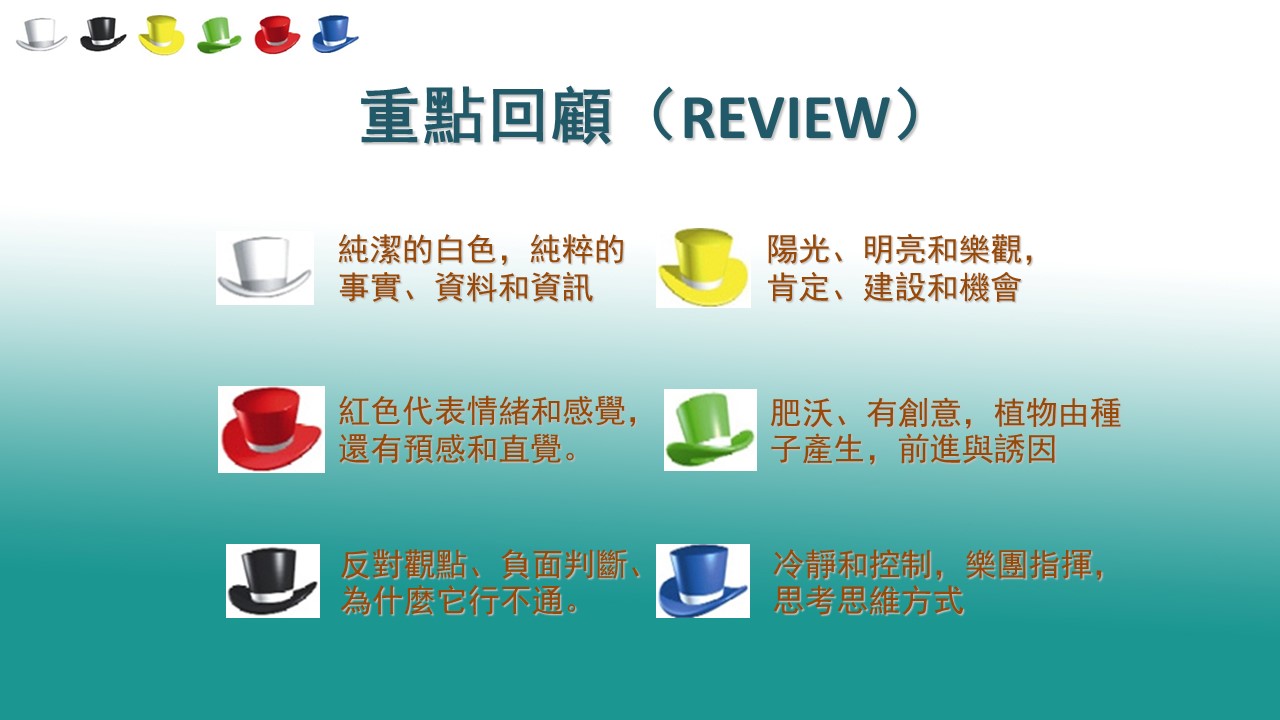
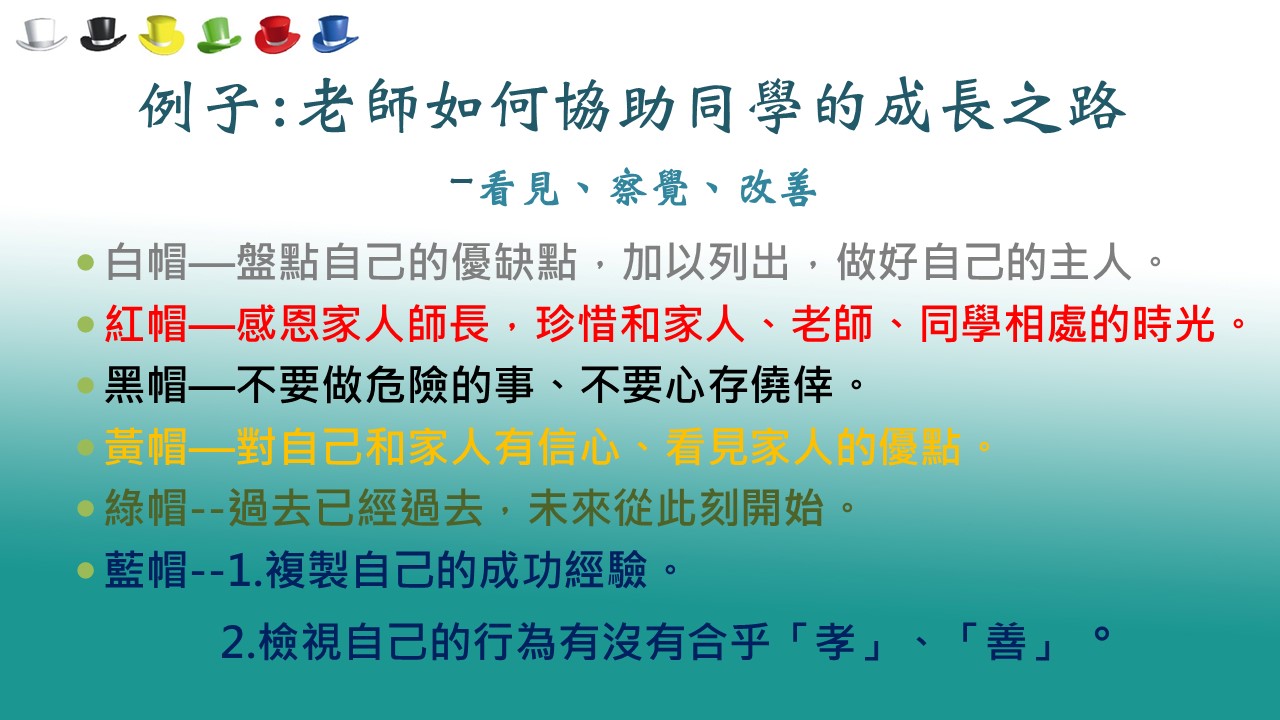
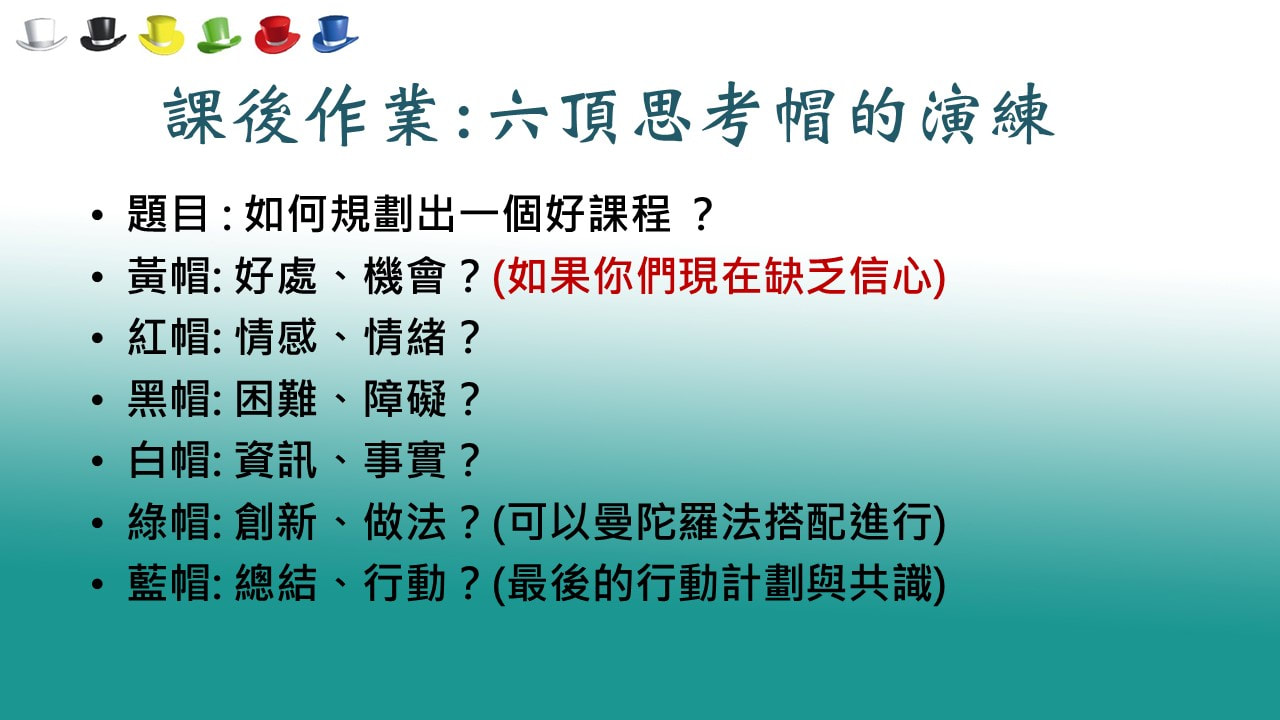
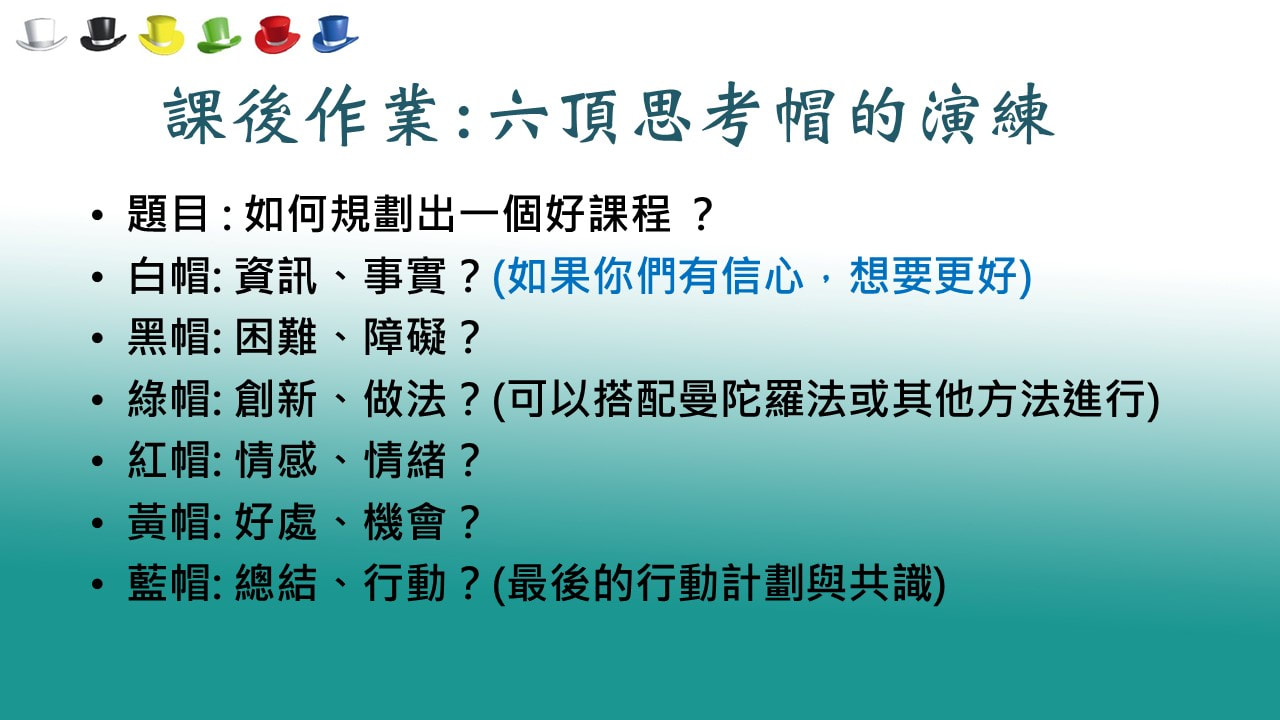
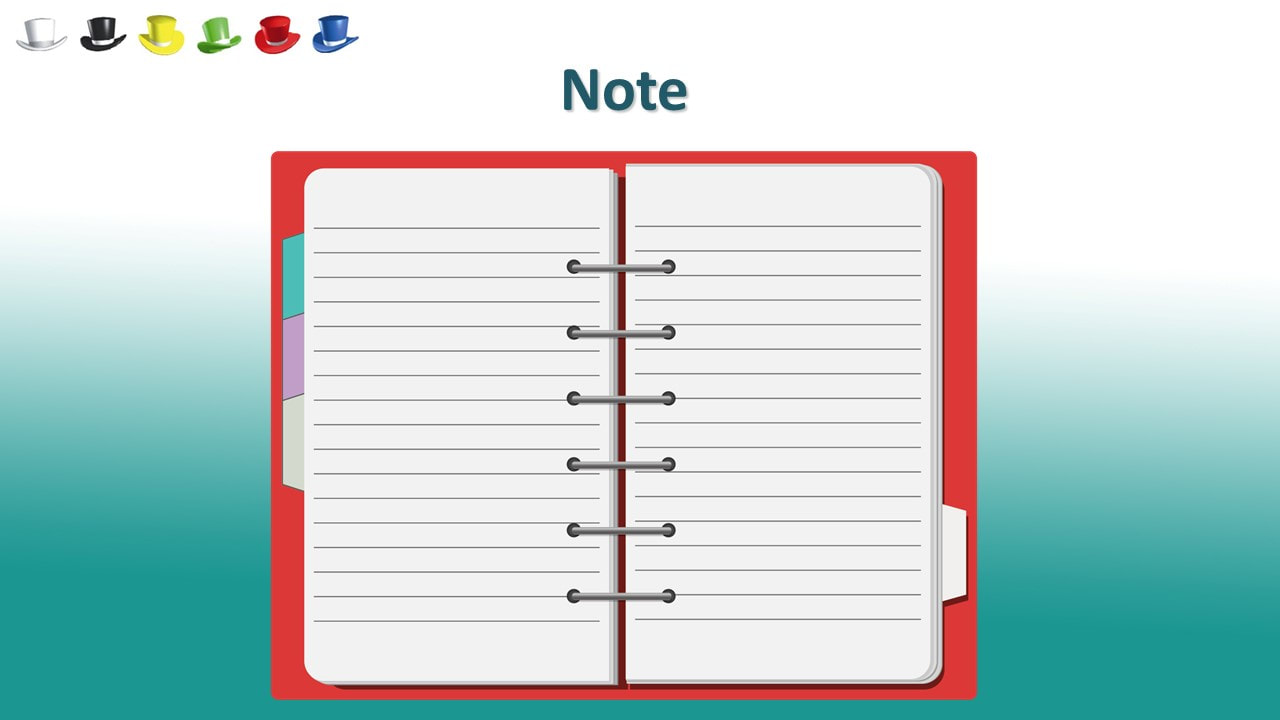
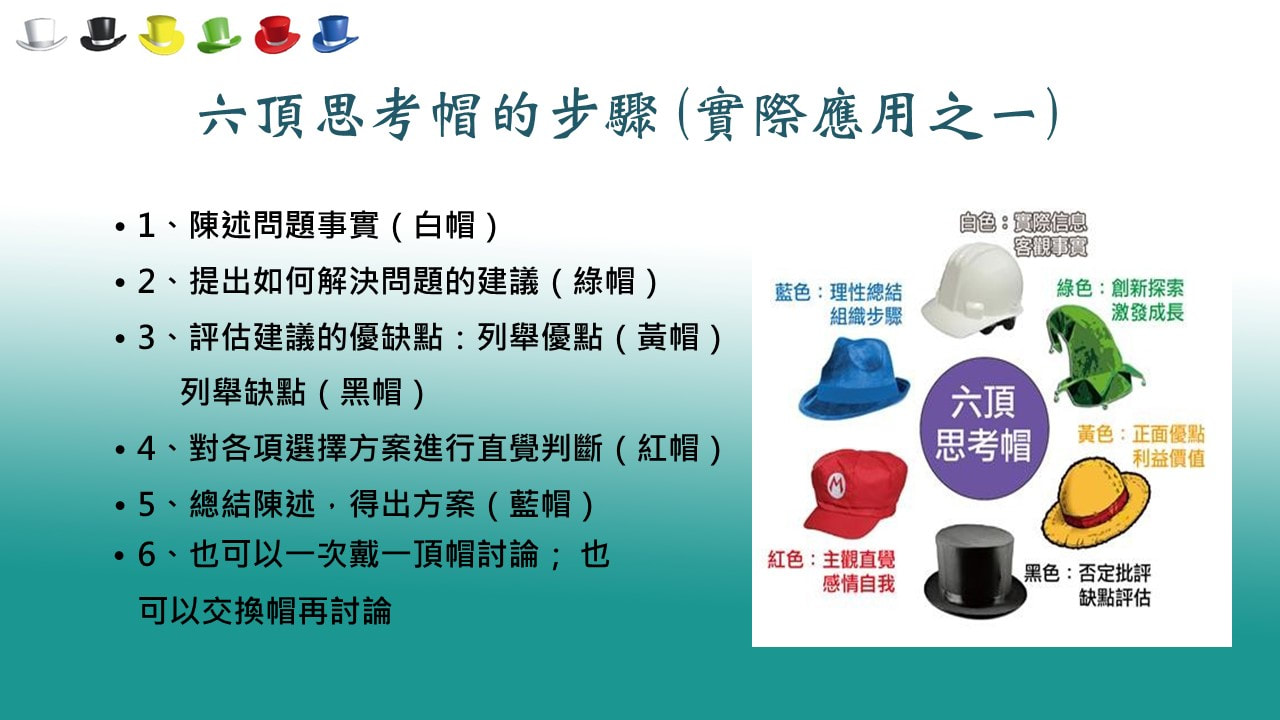
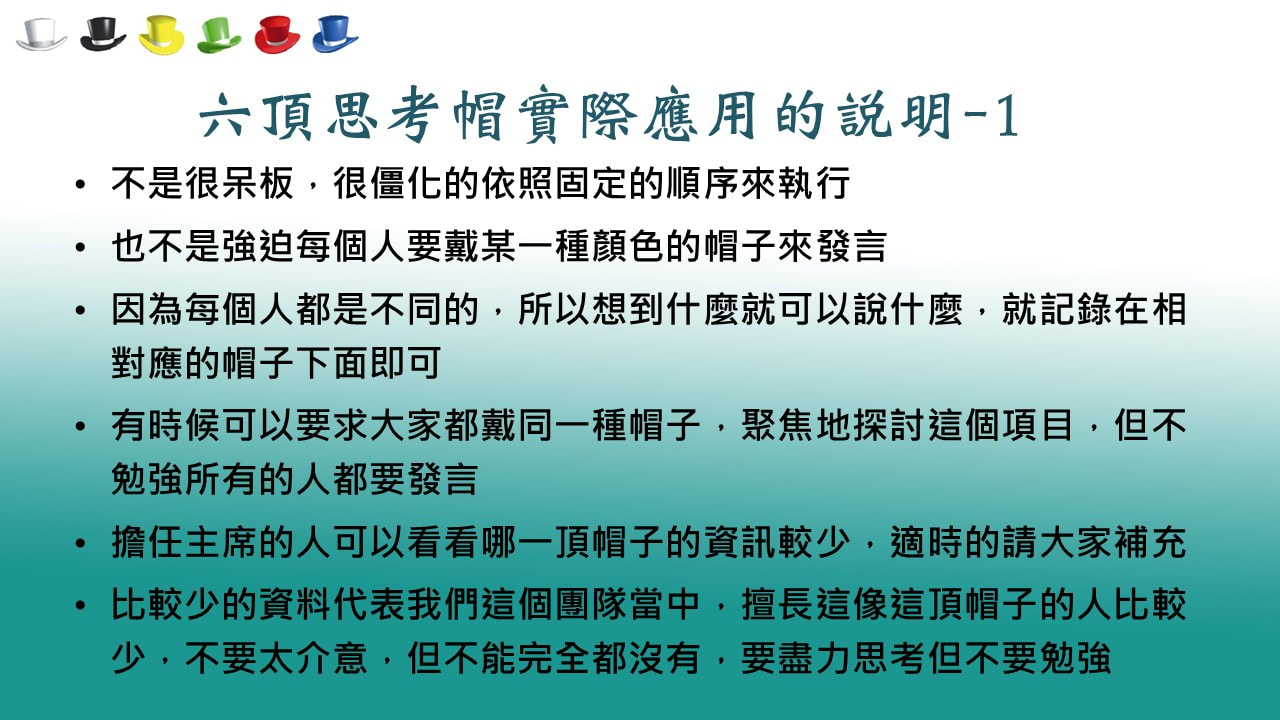
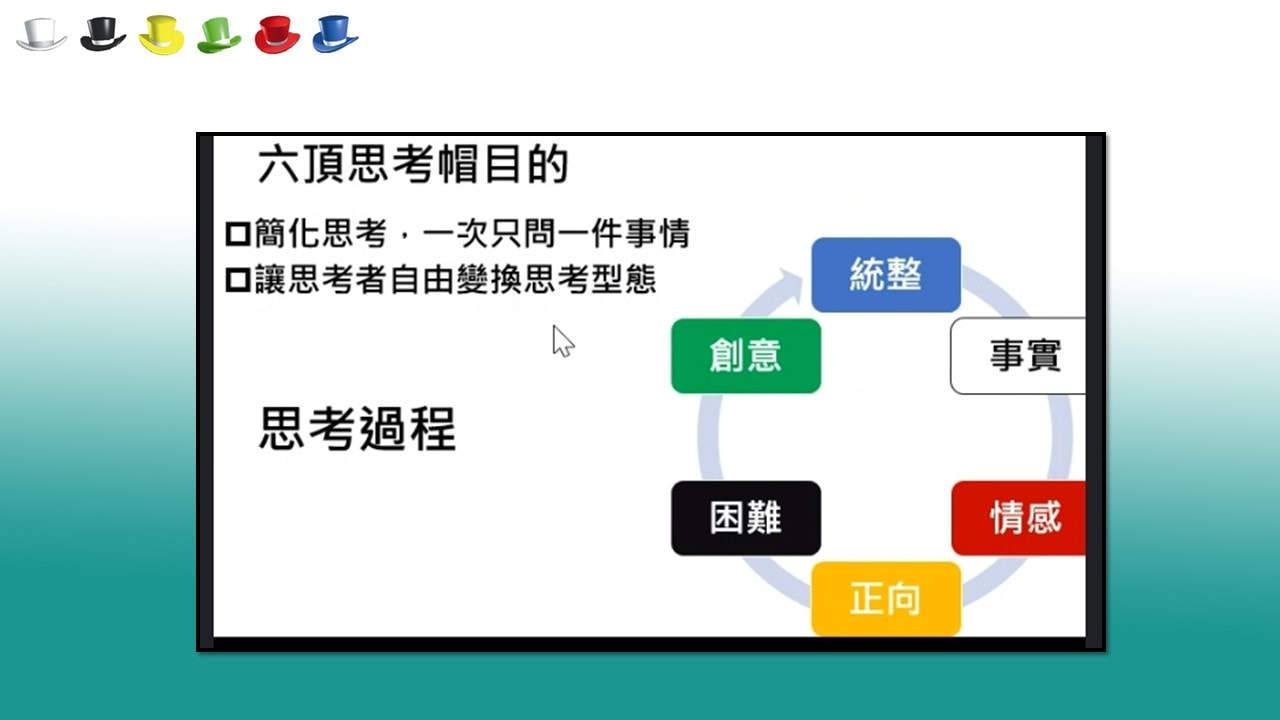
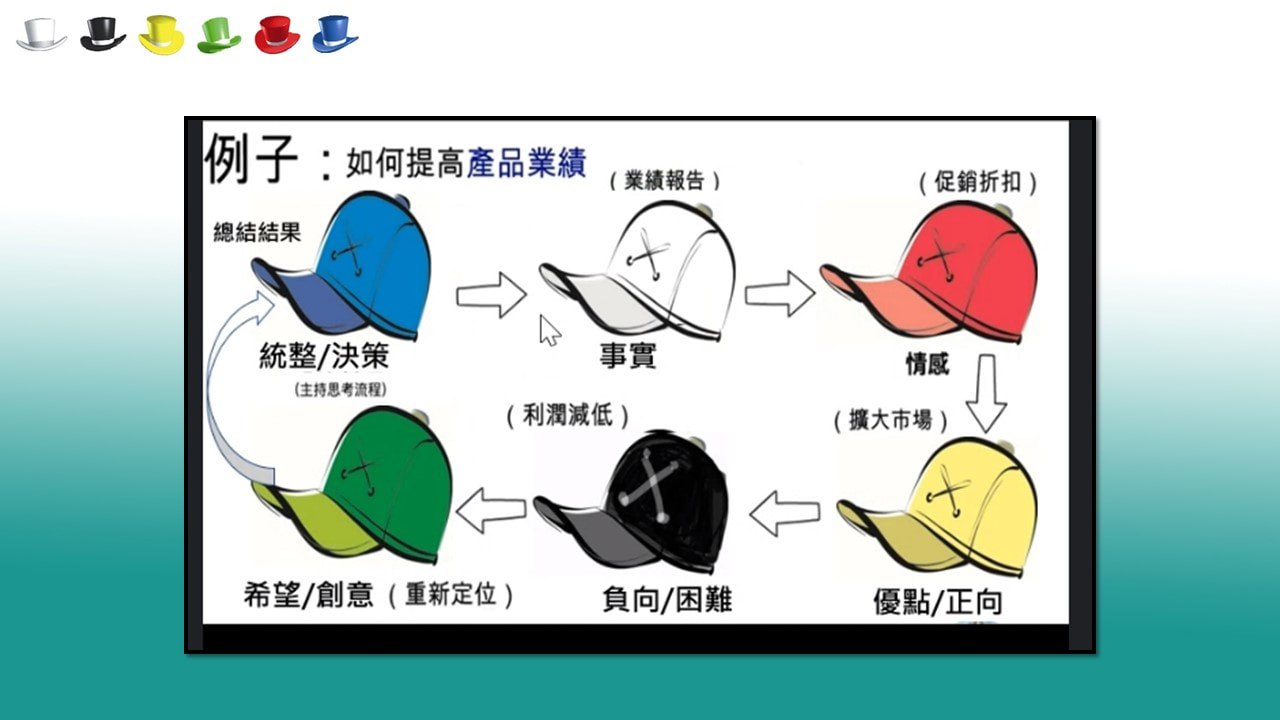
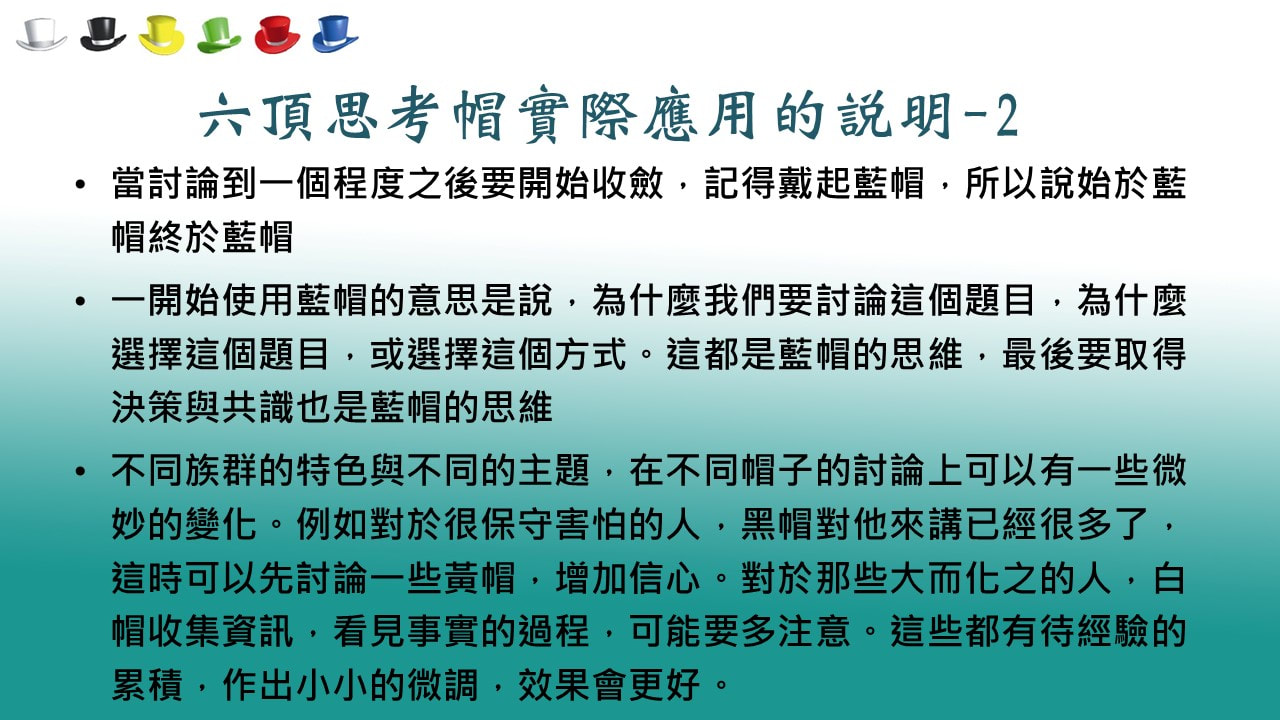
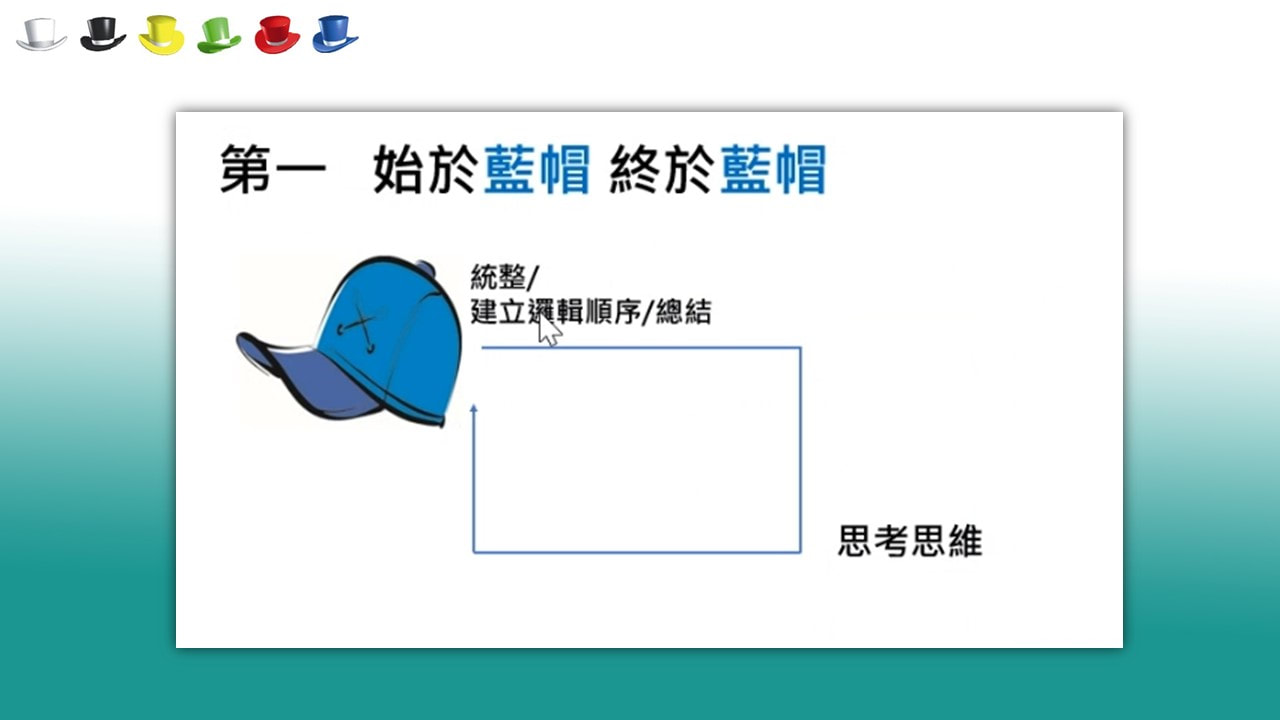
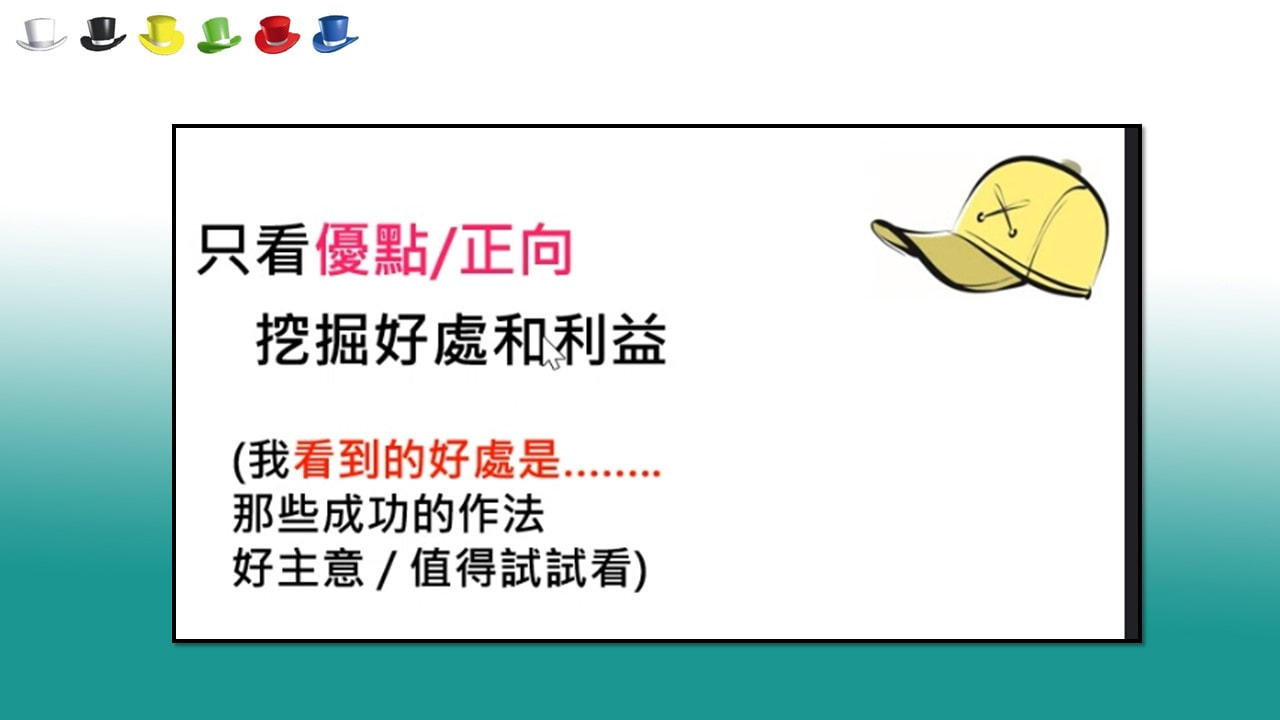
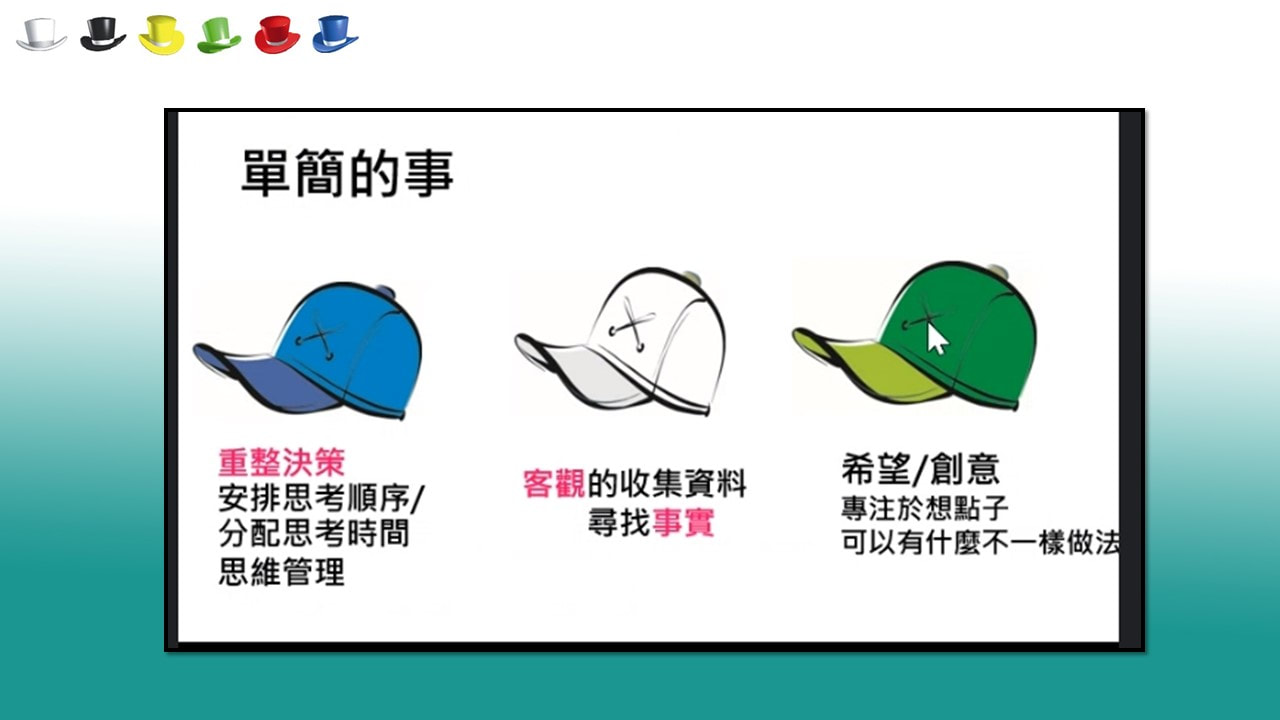
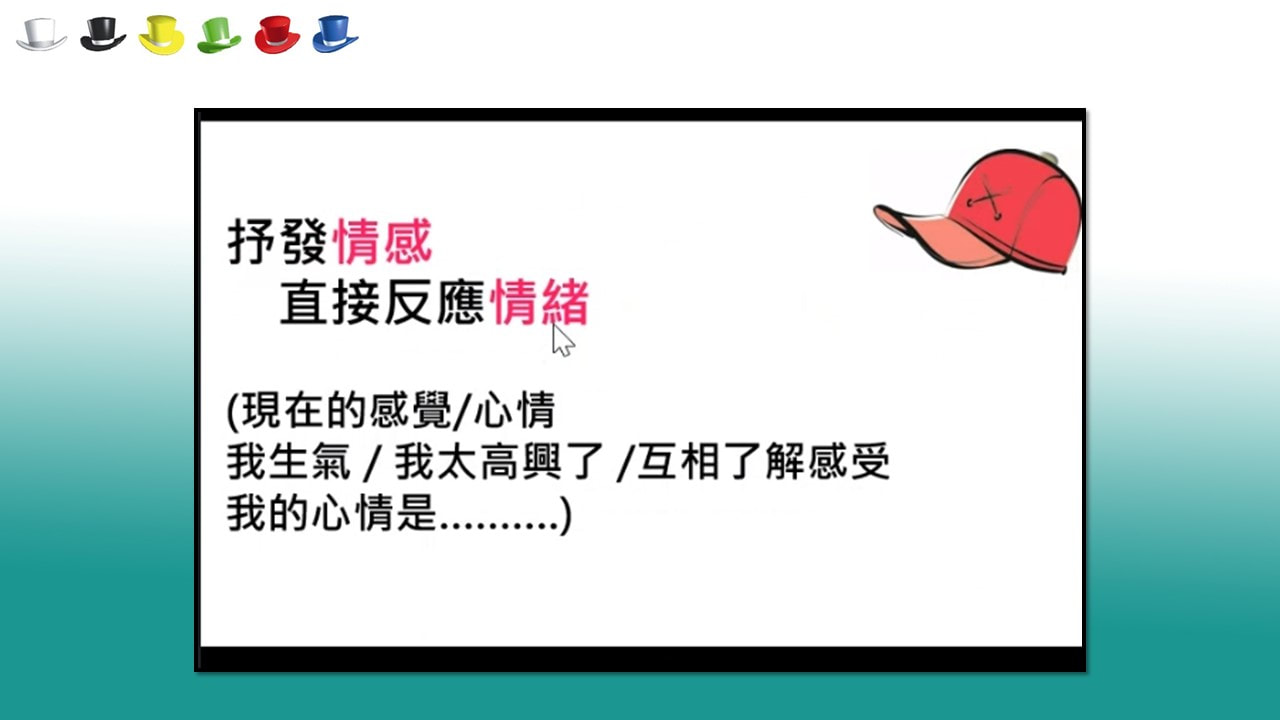
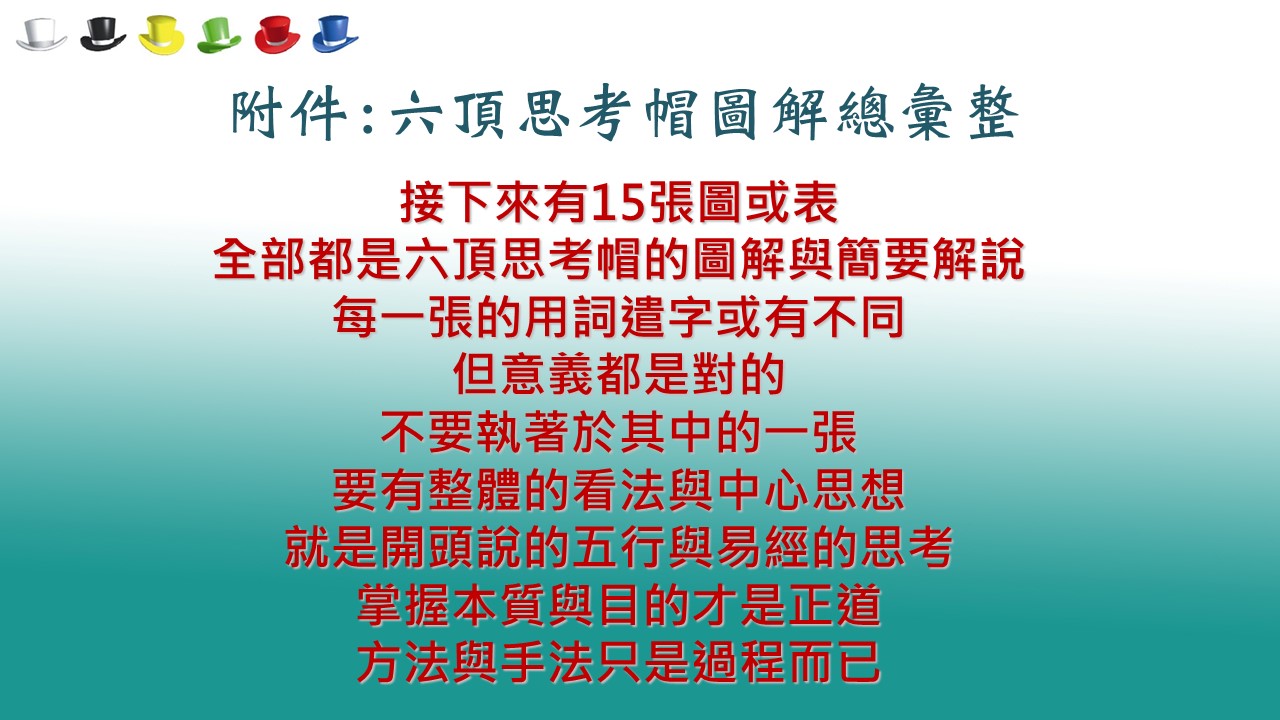
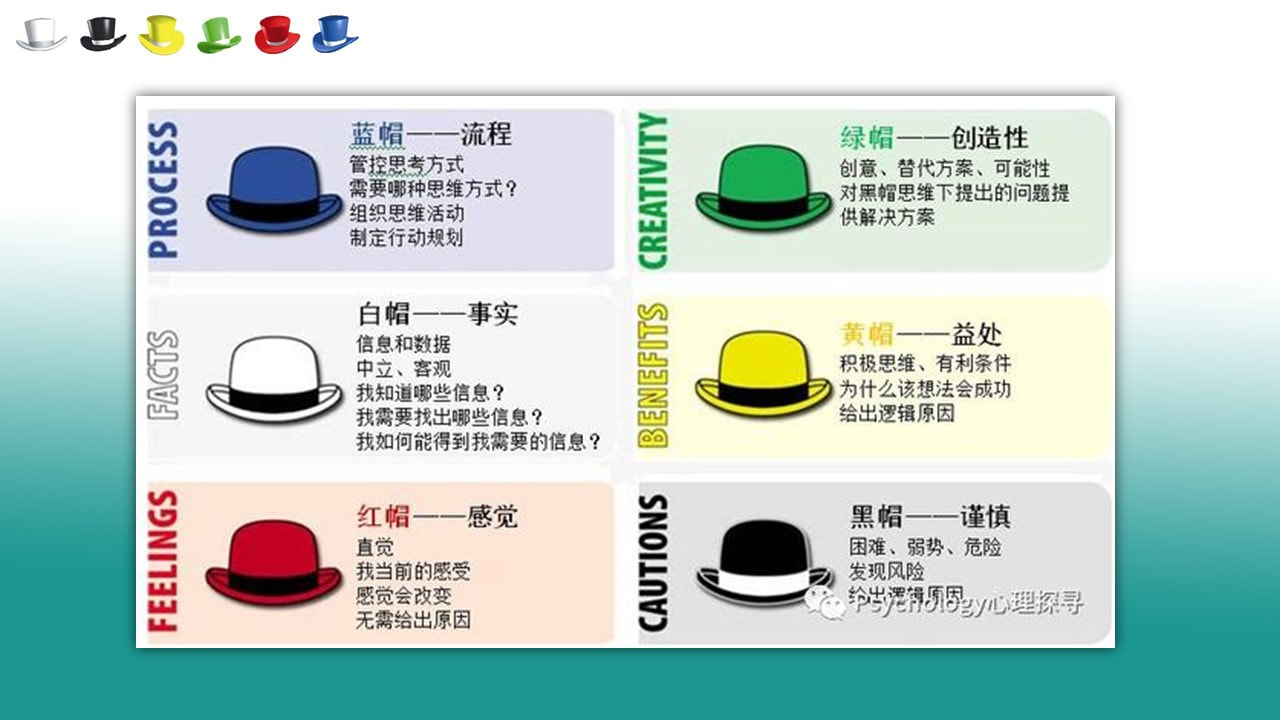
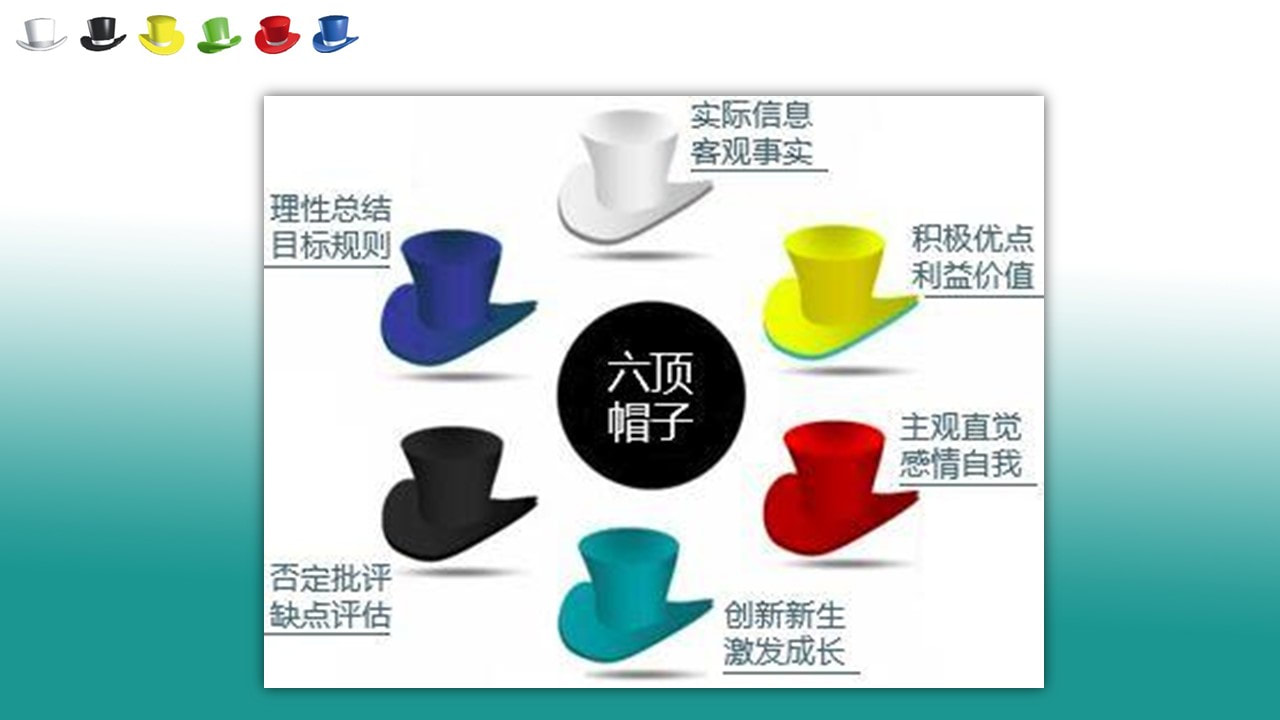
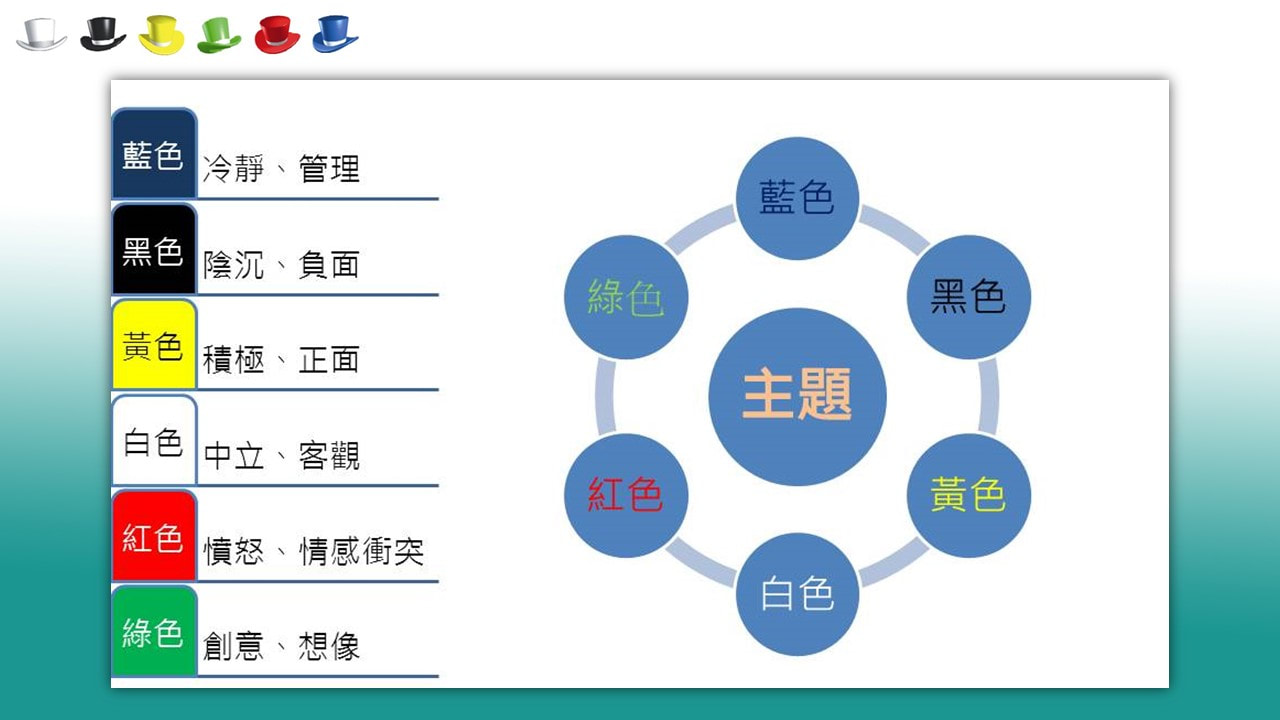
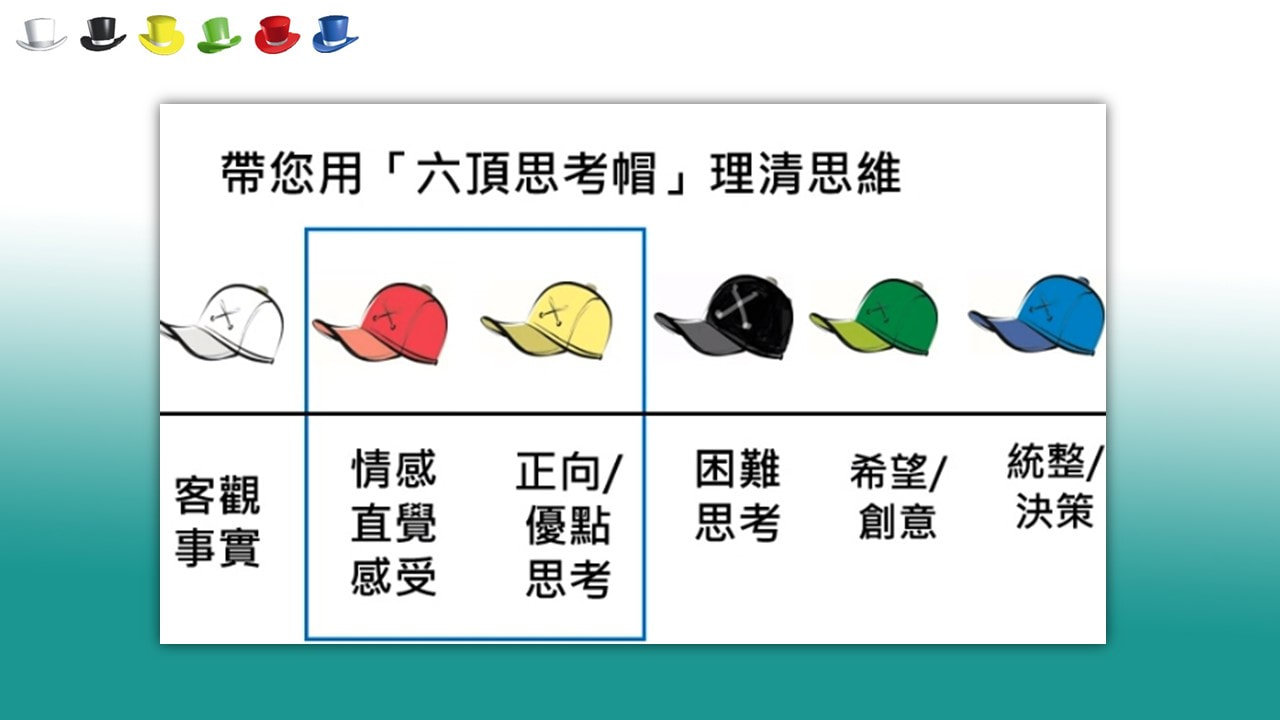
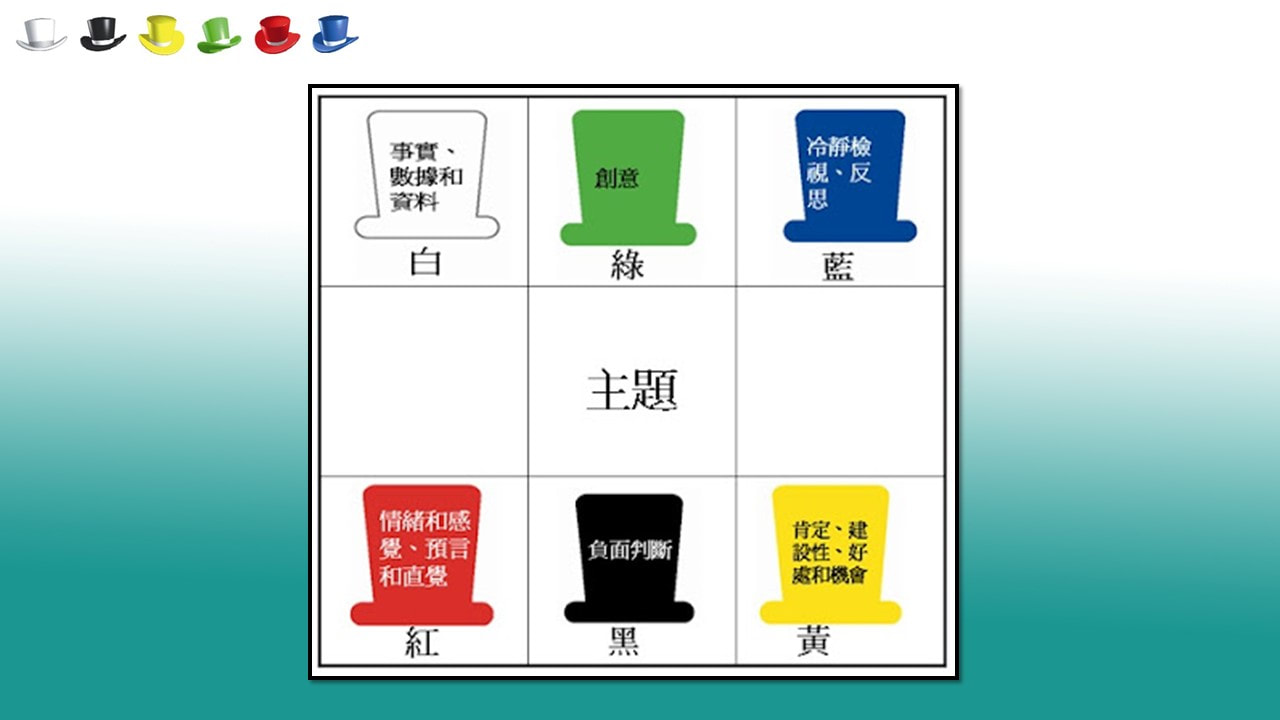
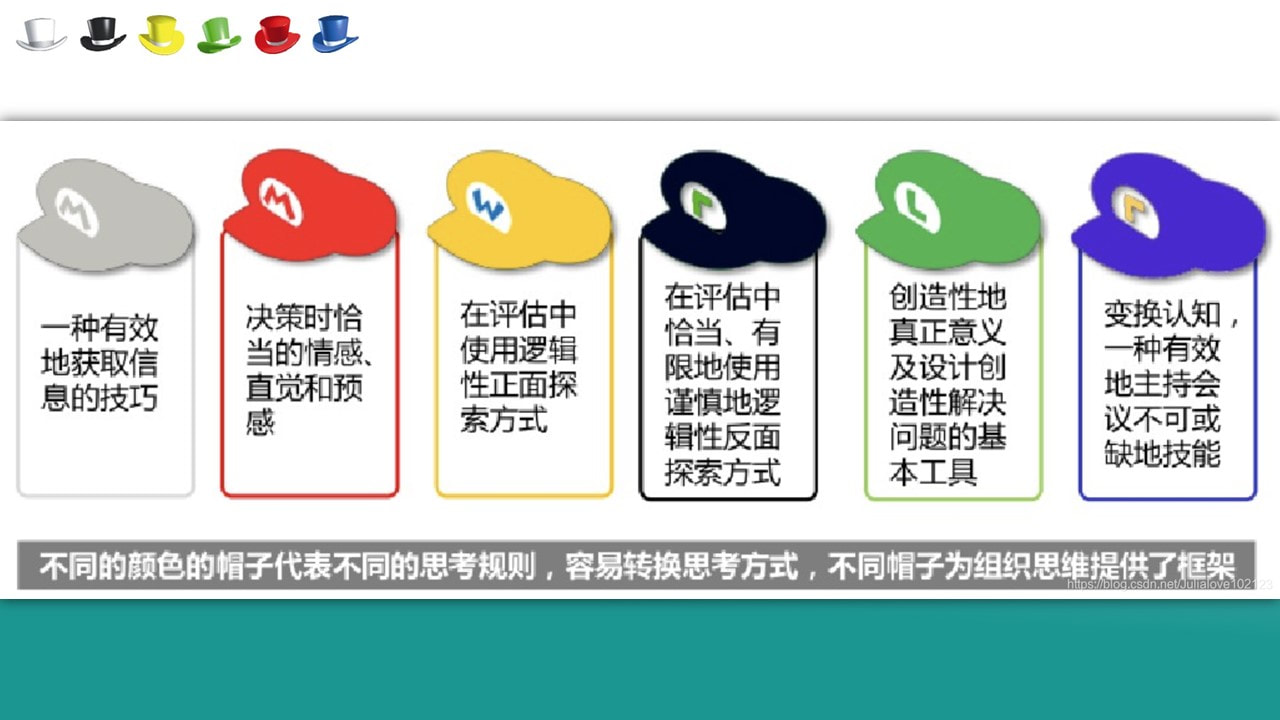
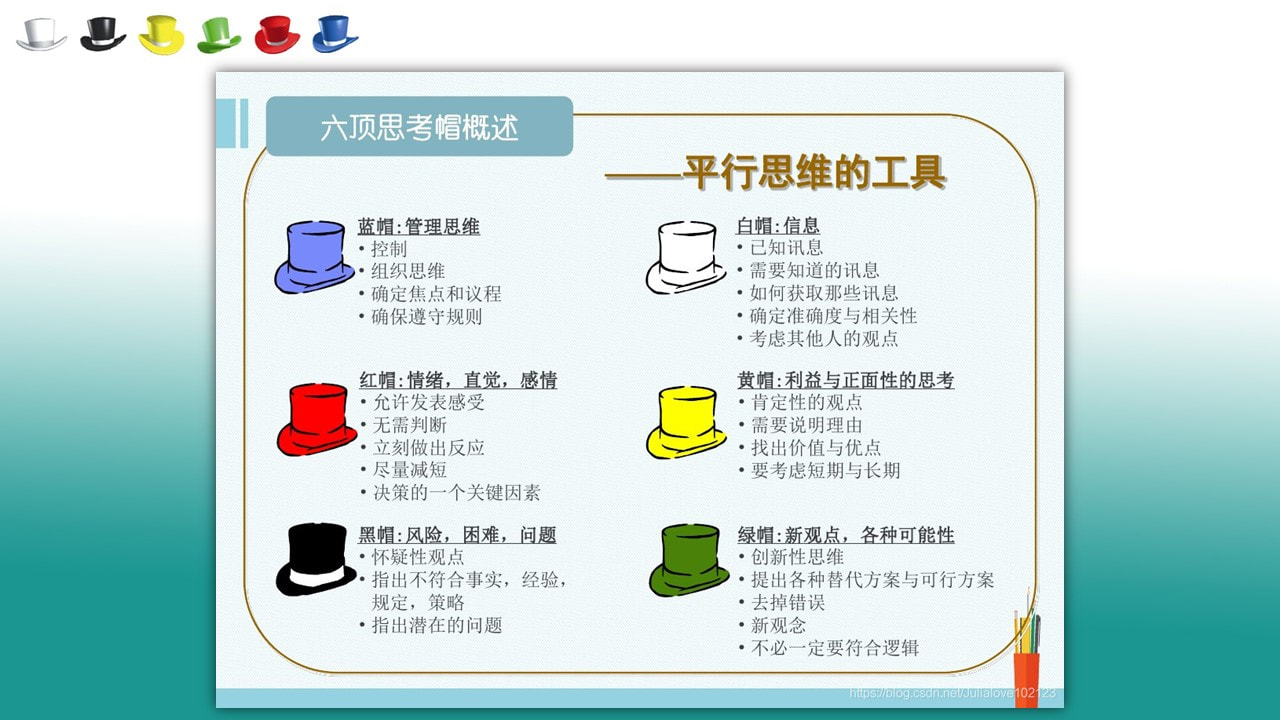
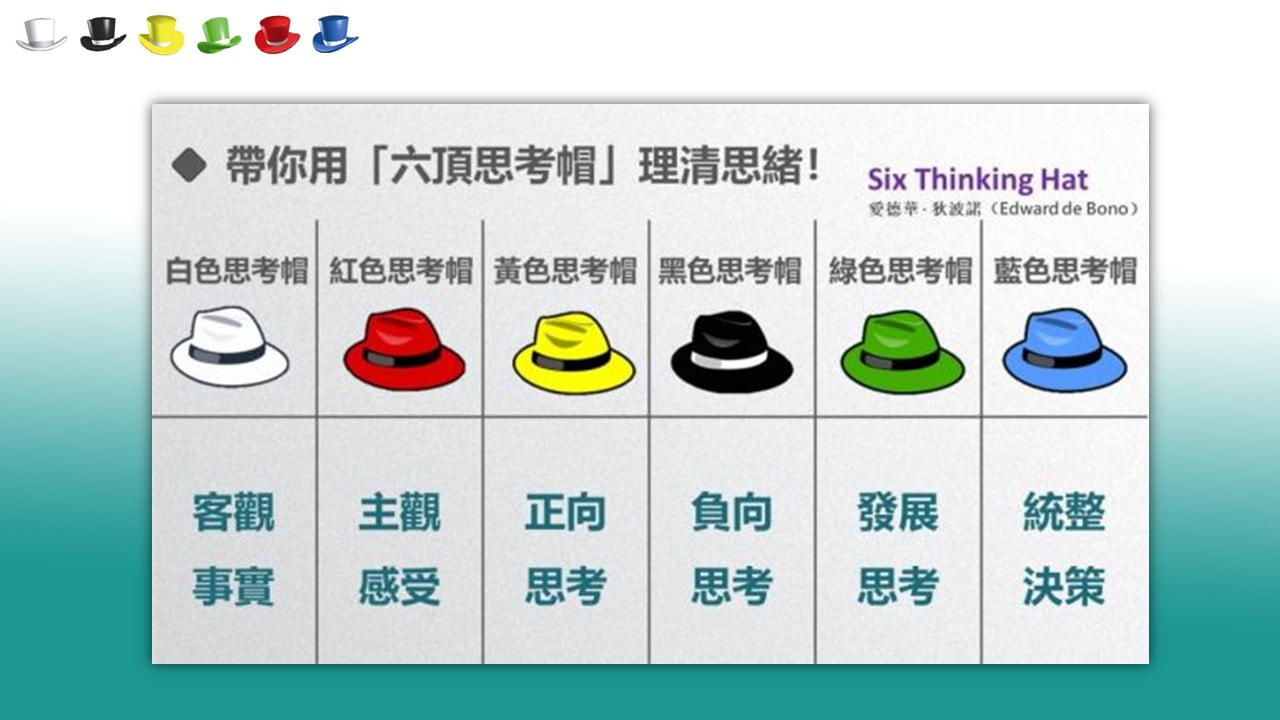
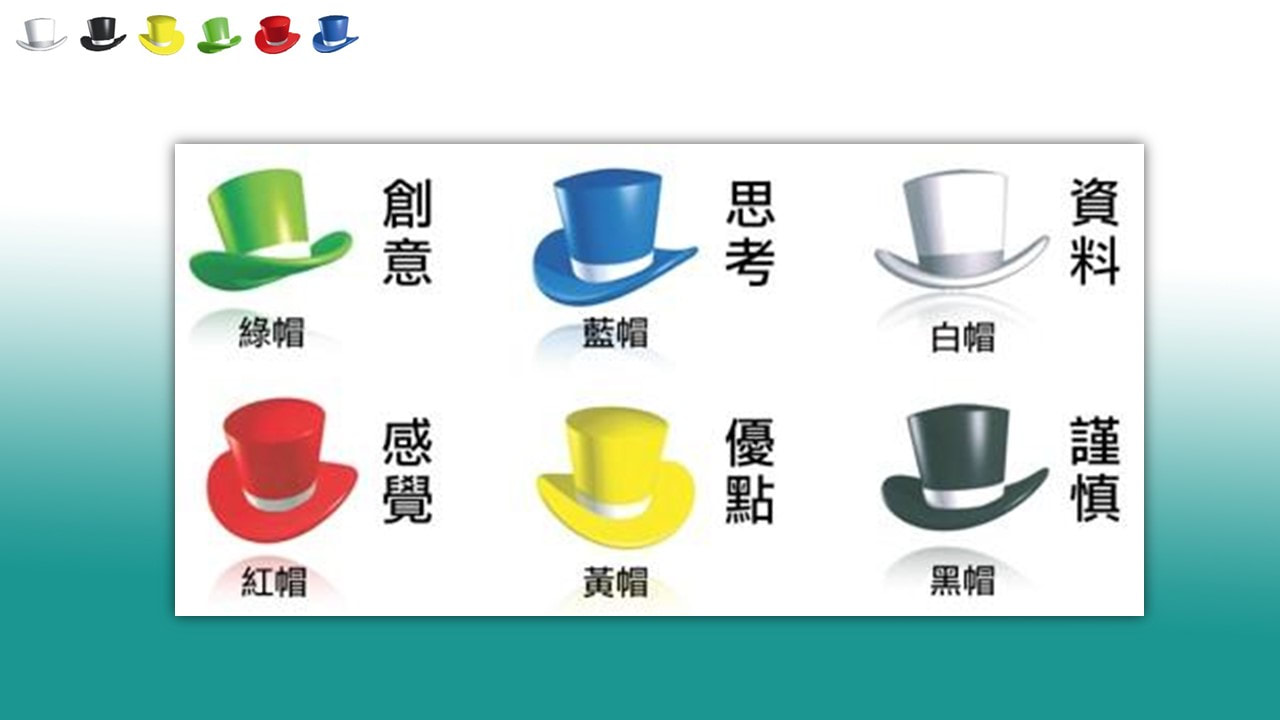
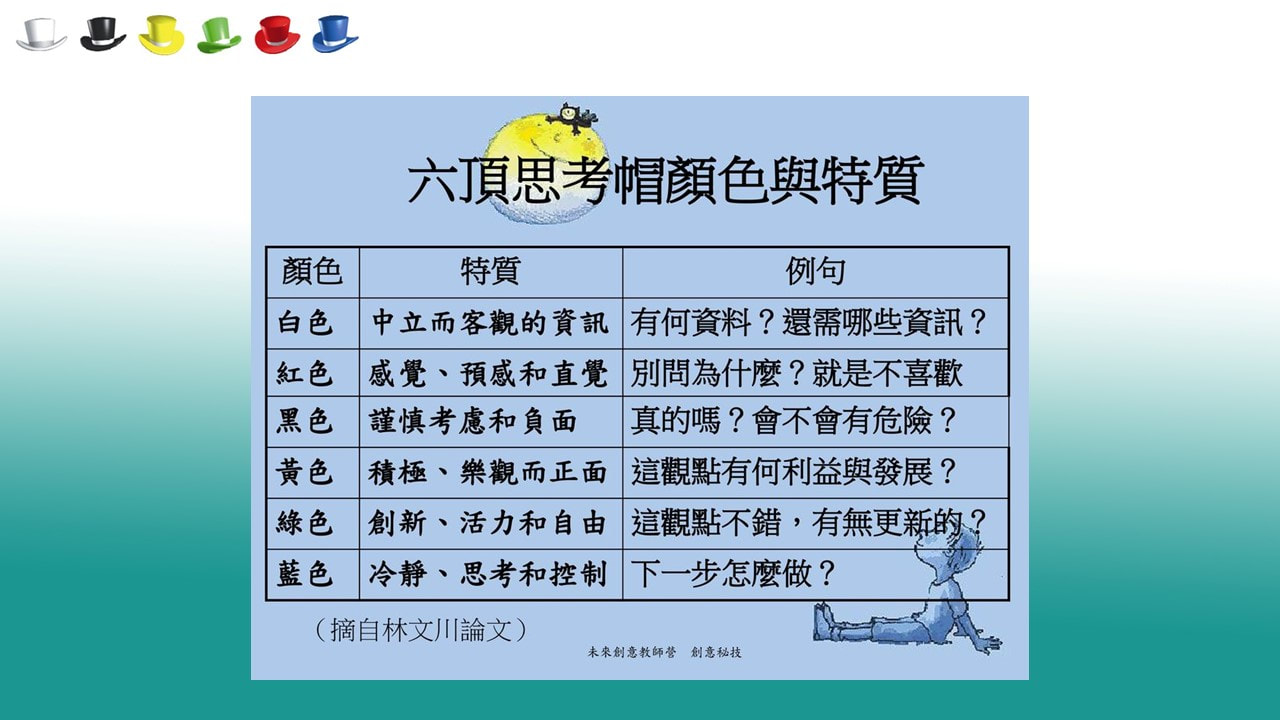
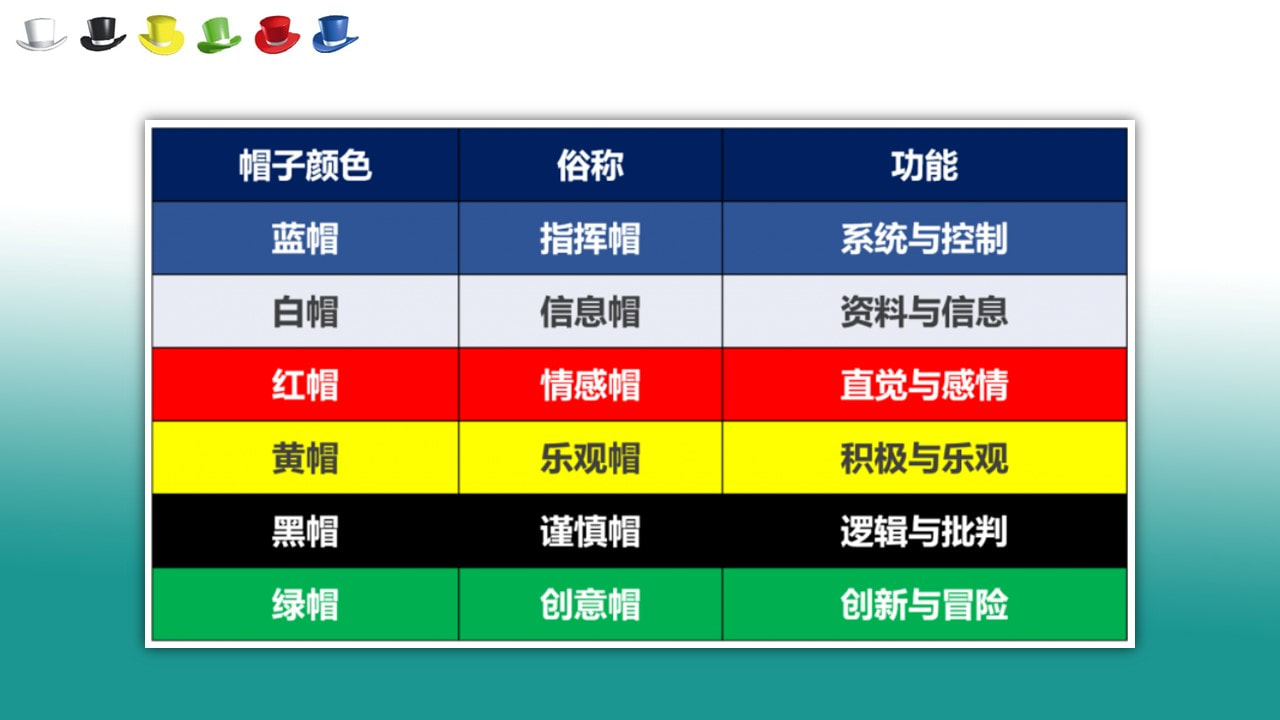
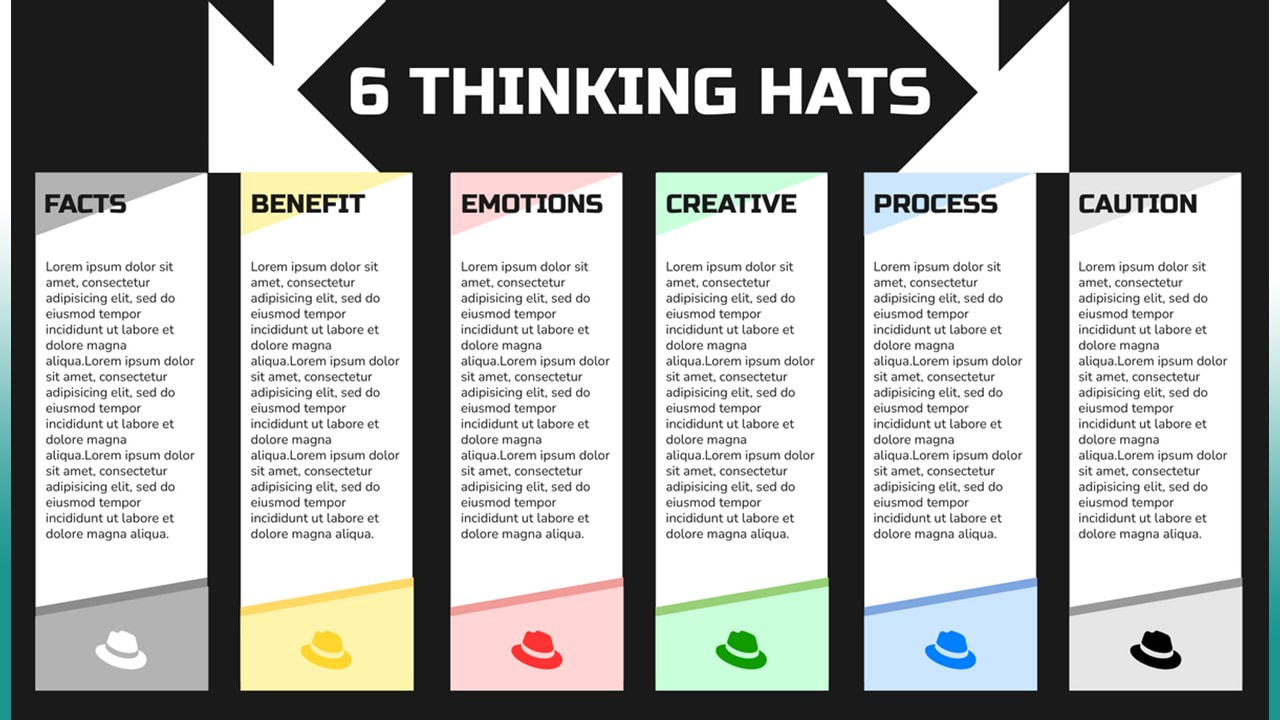
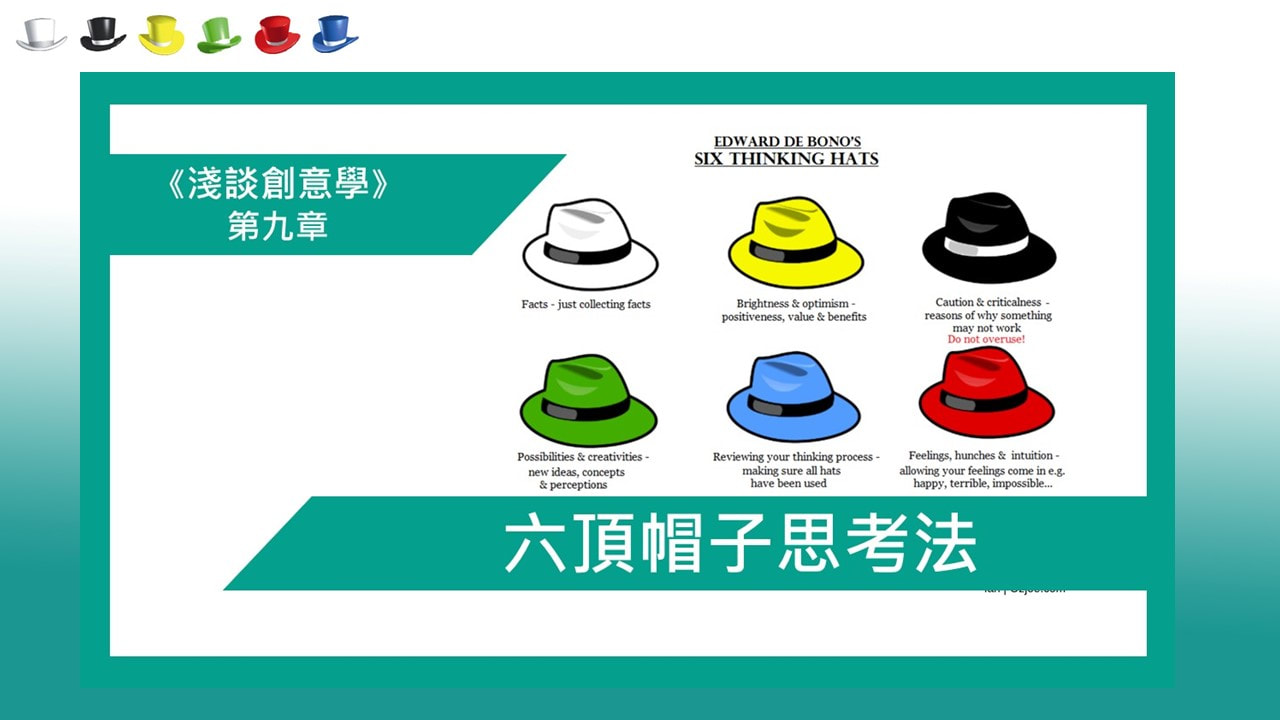
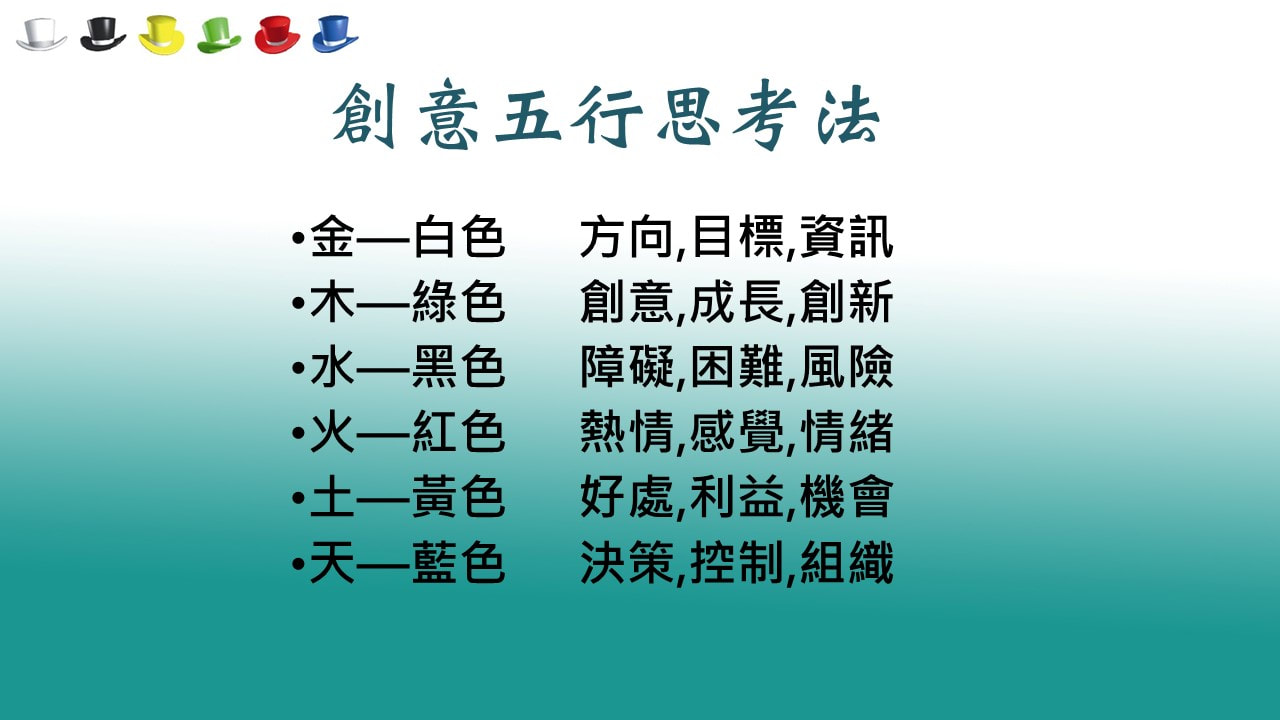
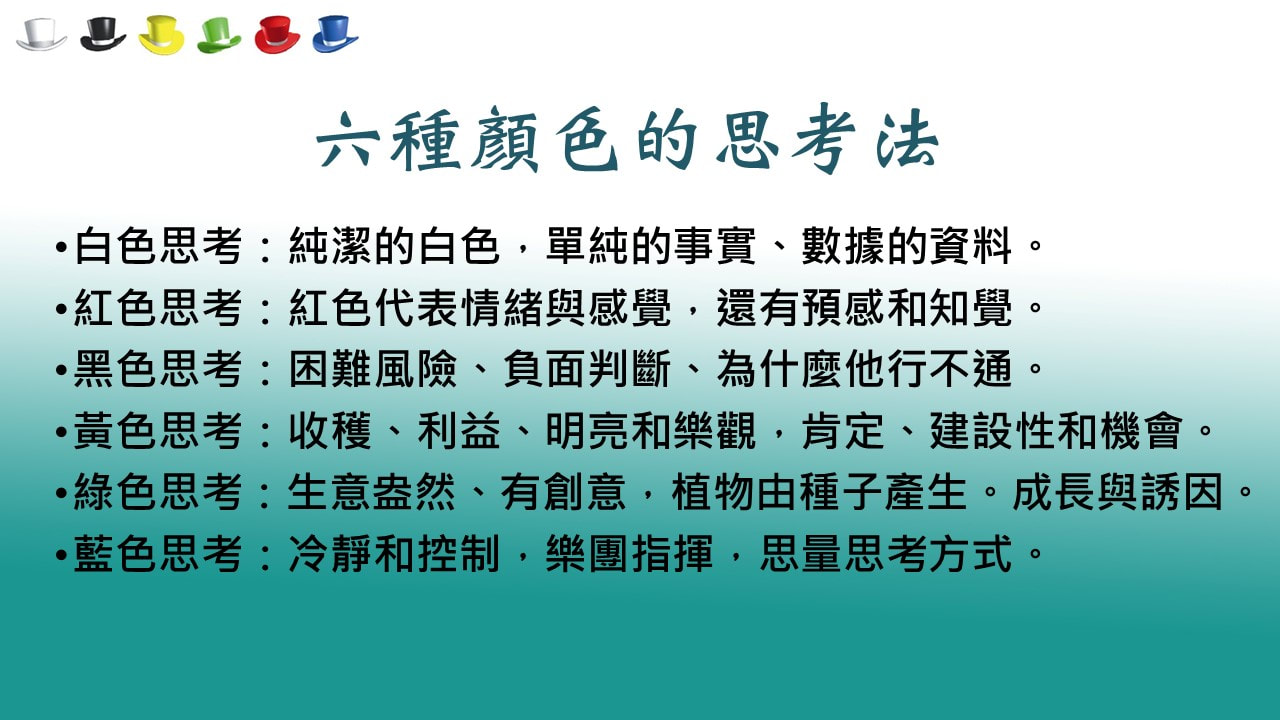
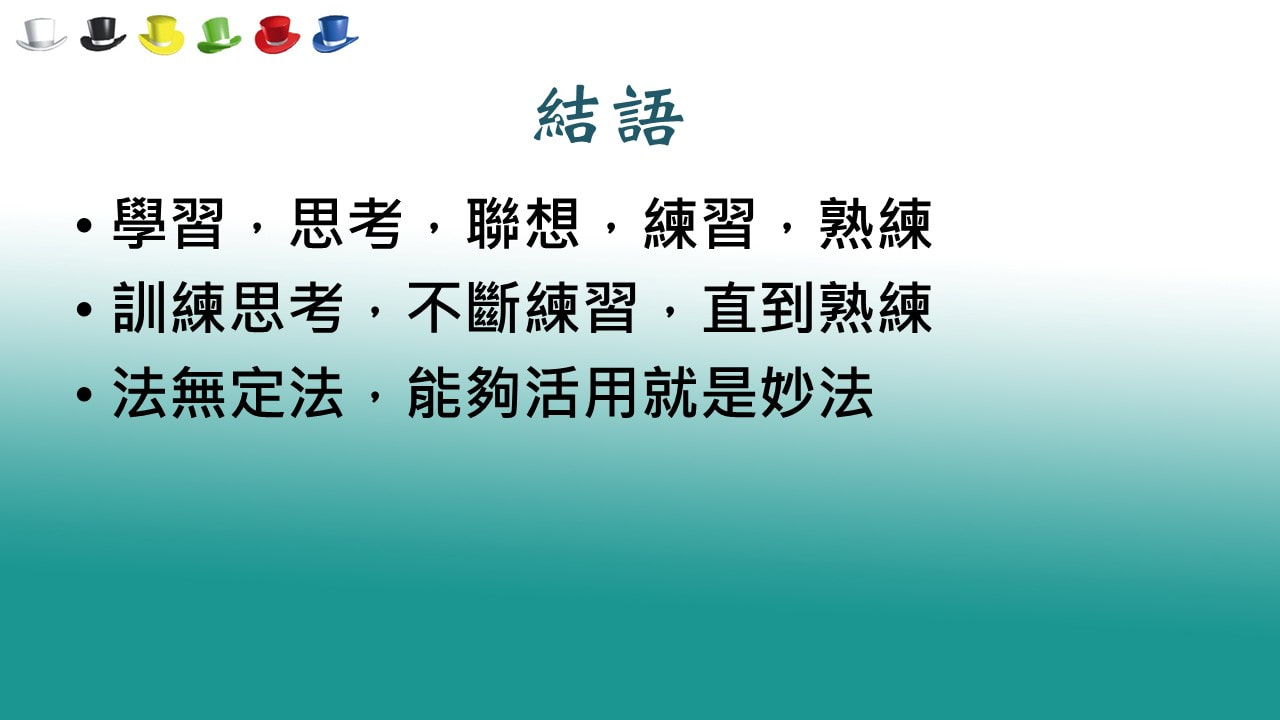
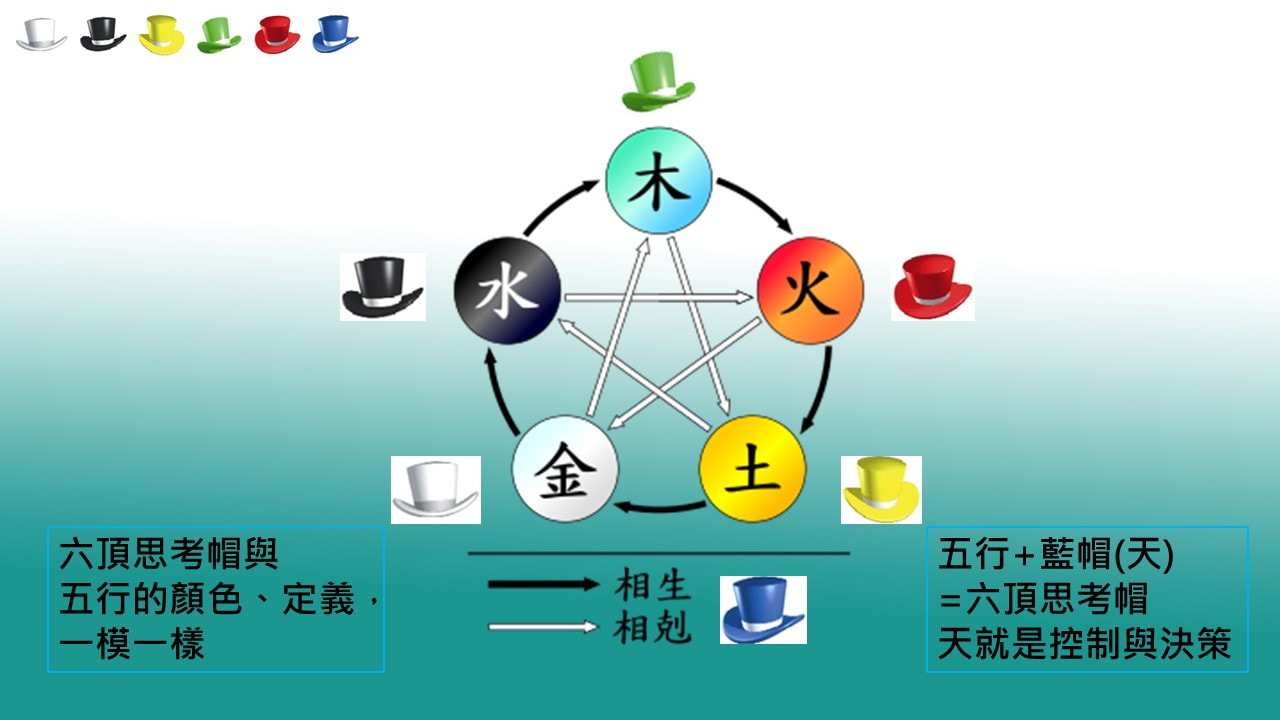
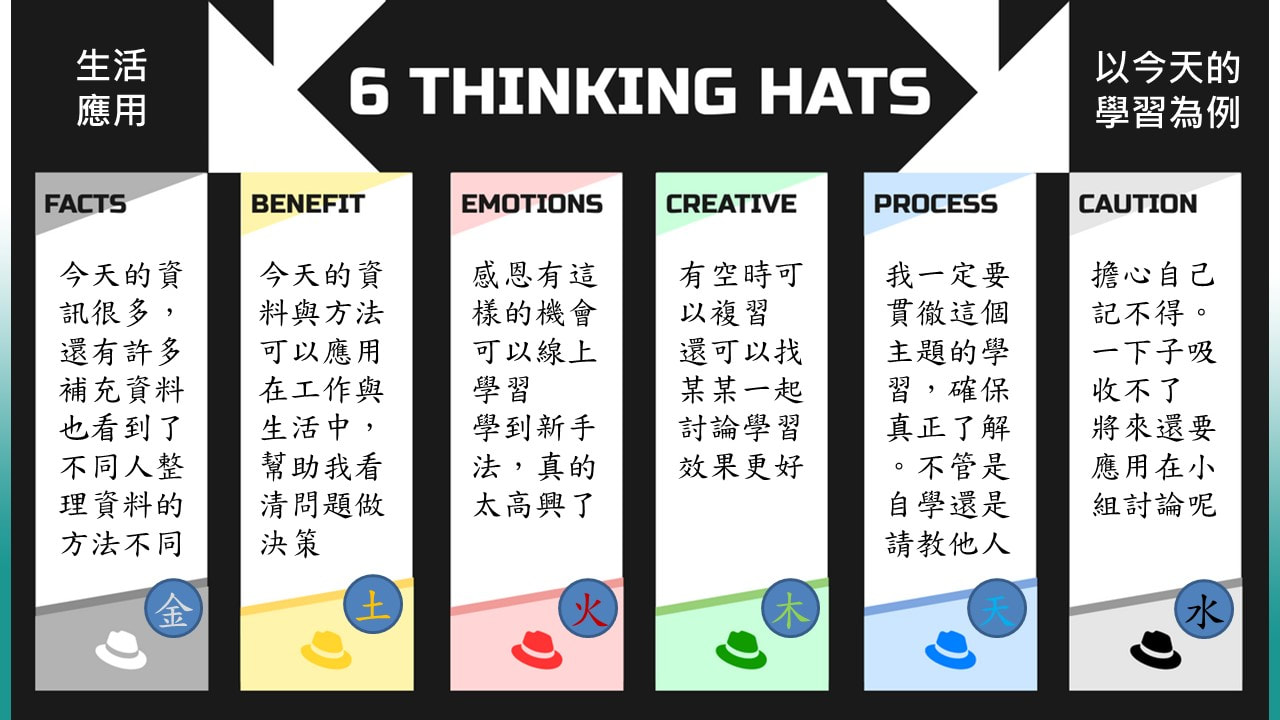
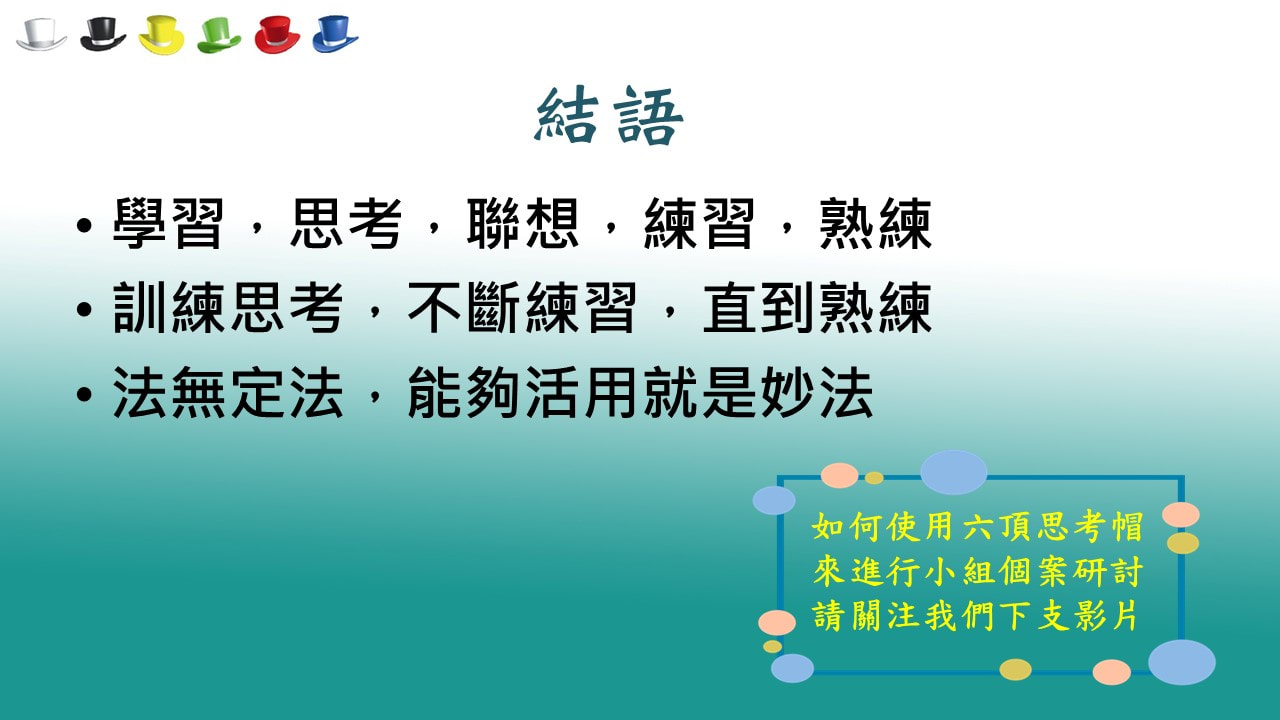
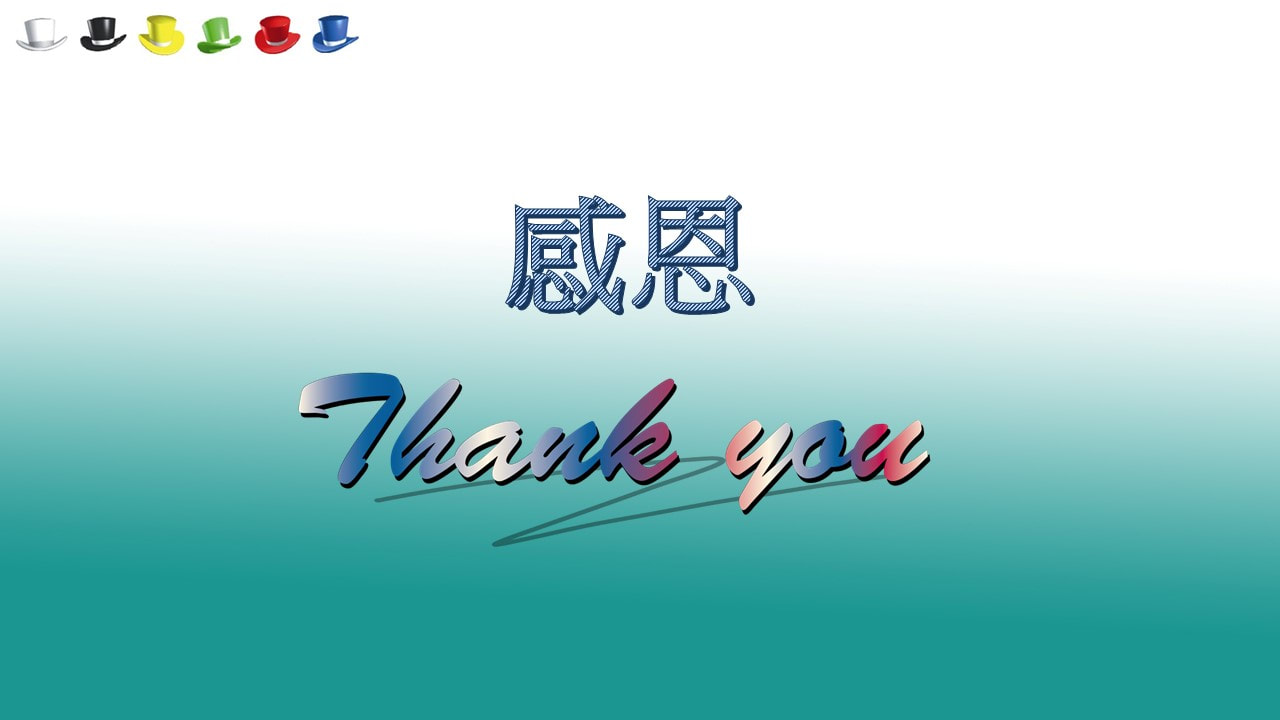
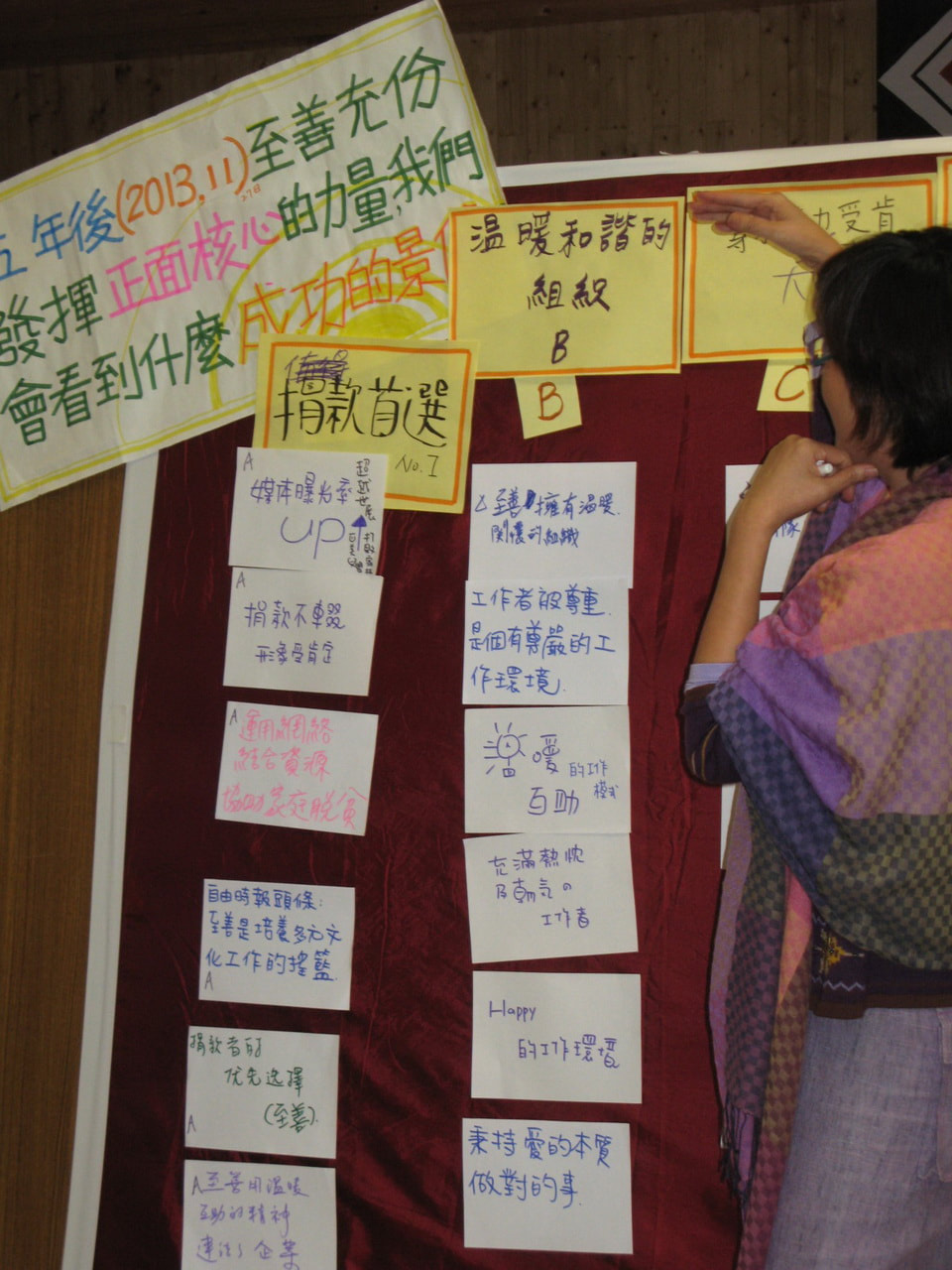
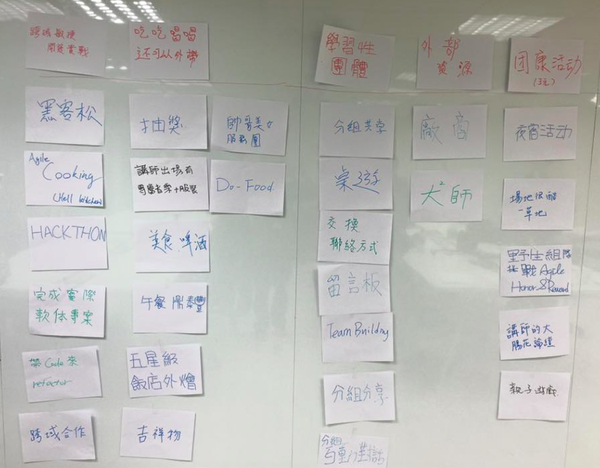
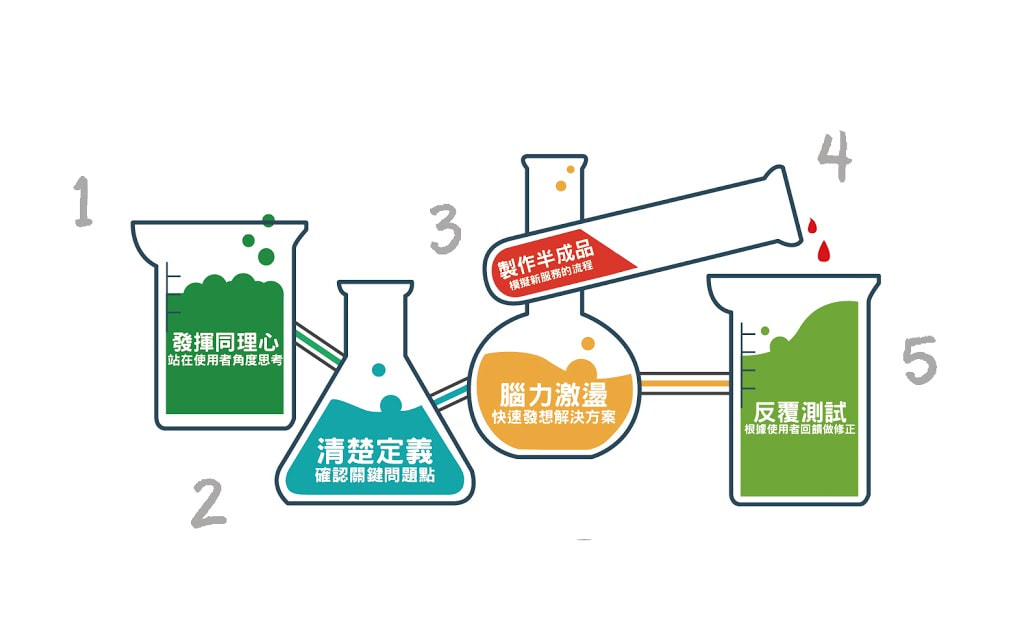
 RSS 訂閱
RSS 訂閱